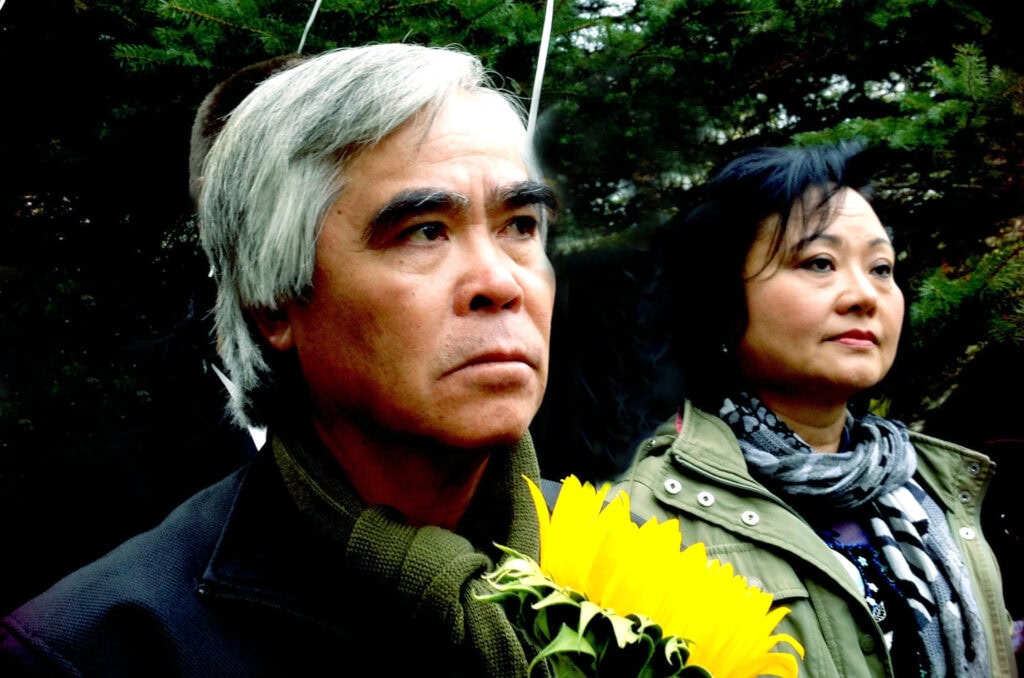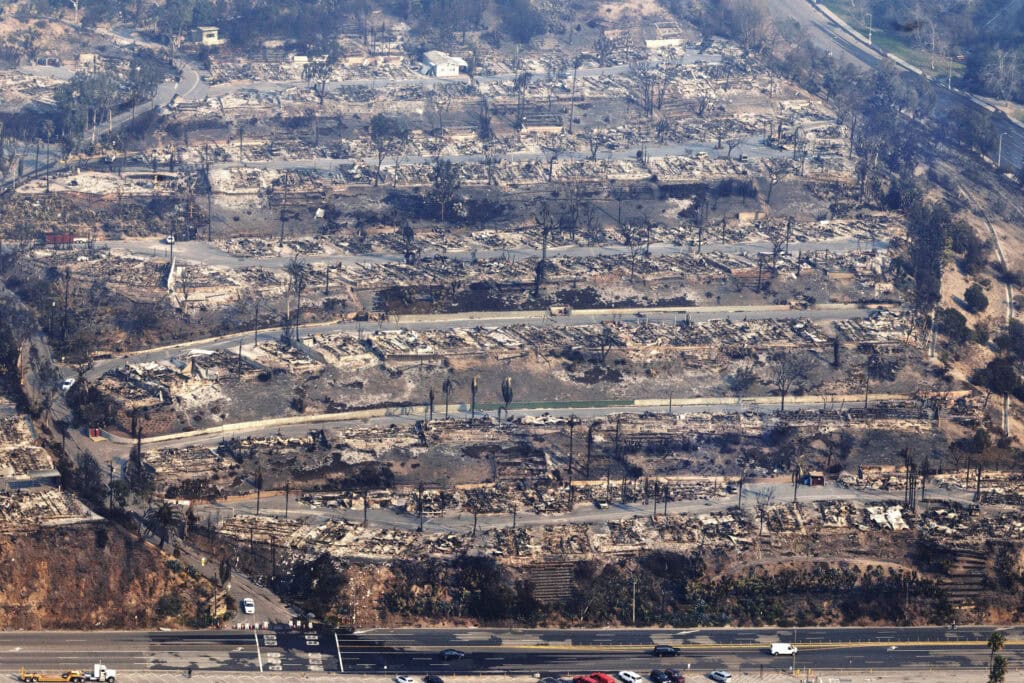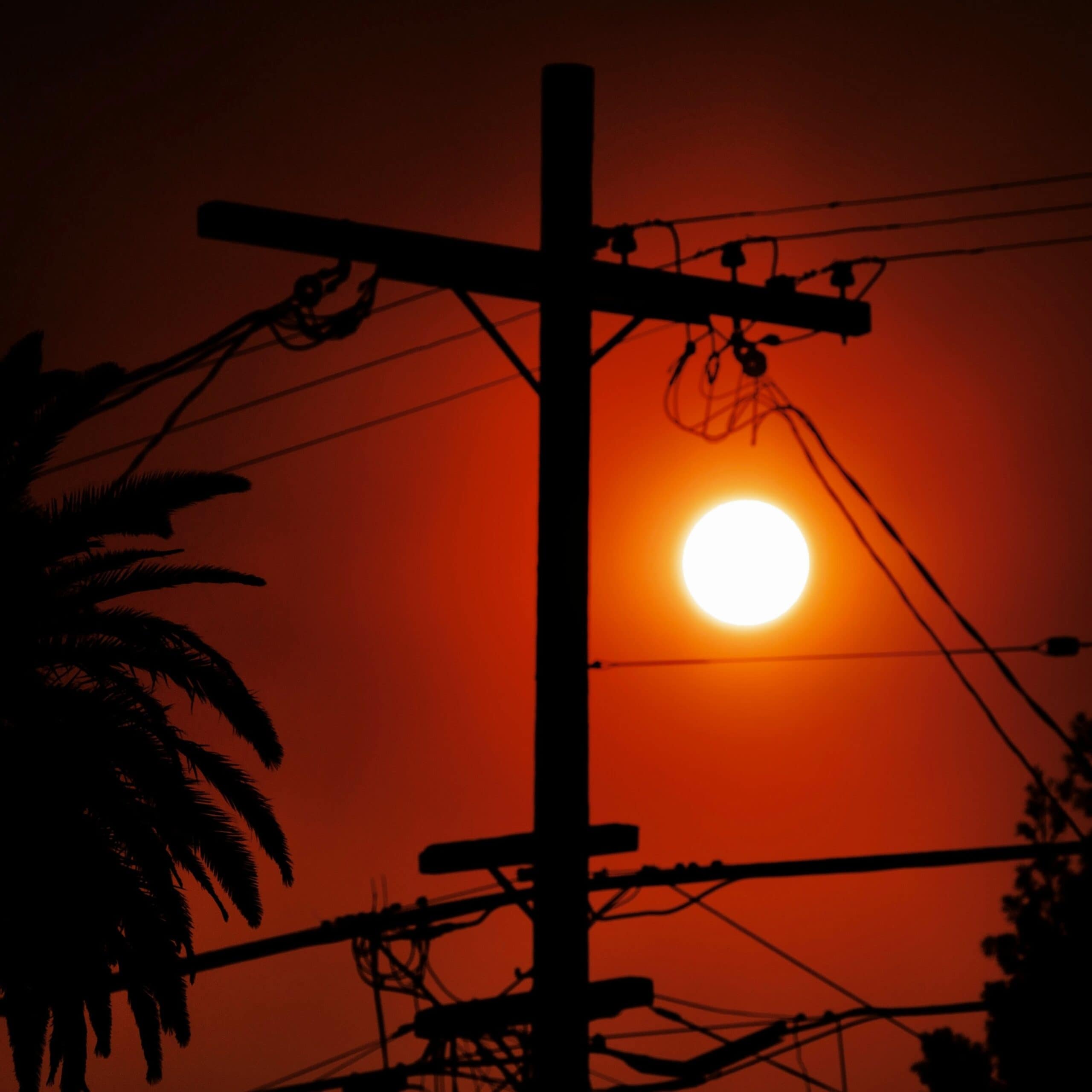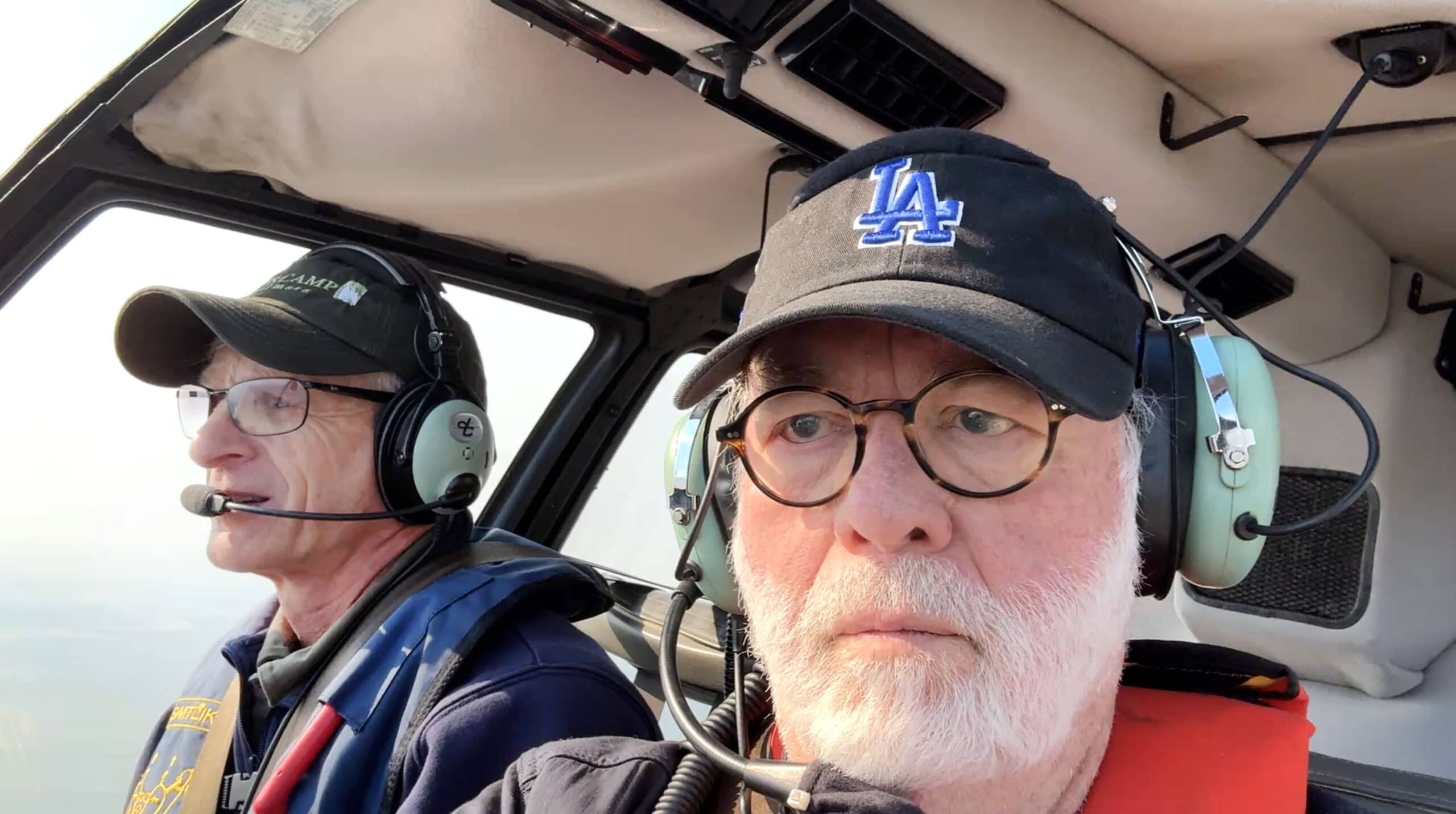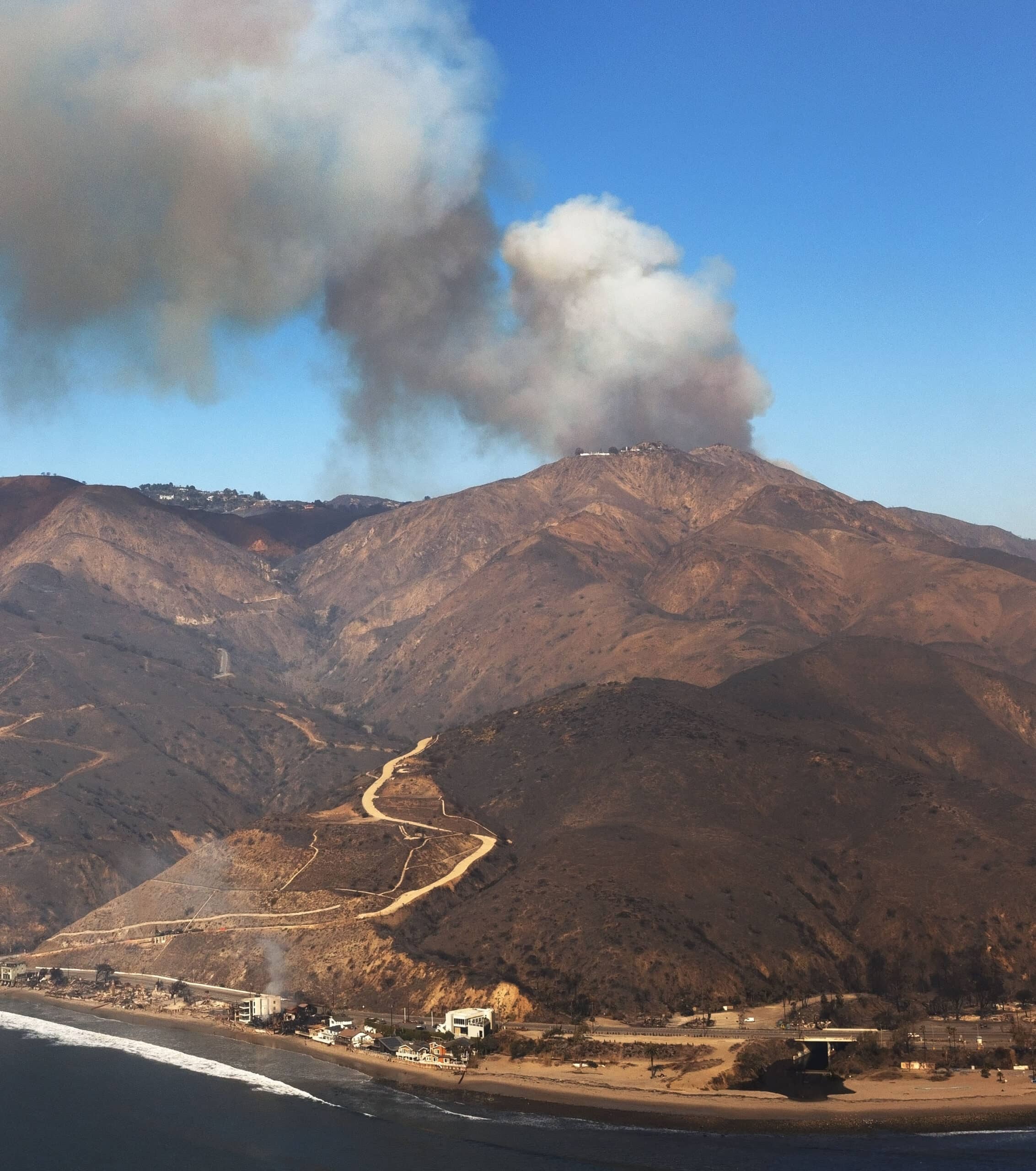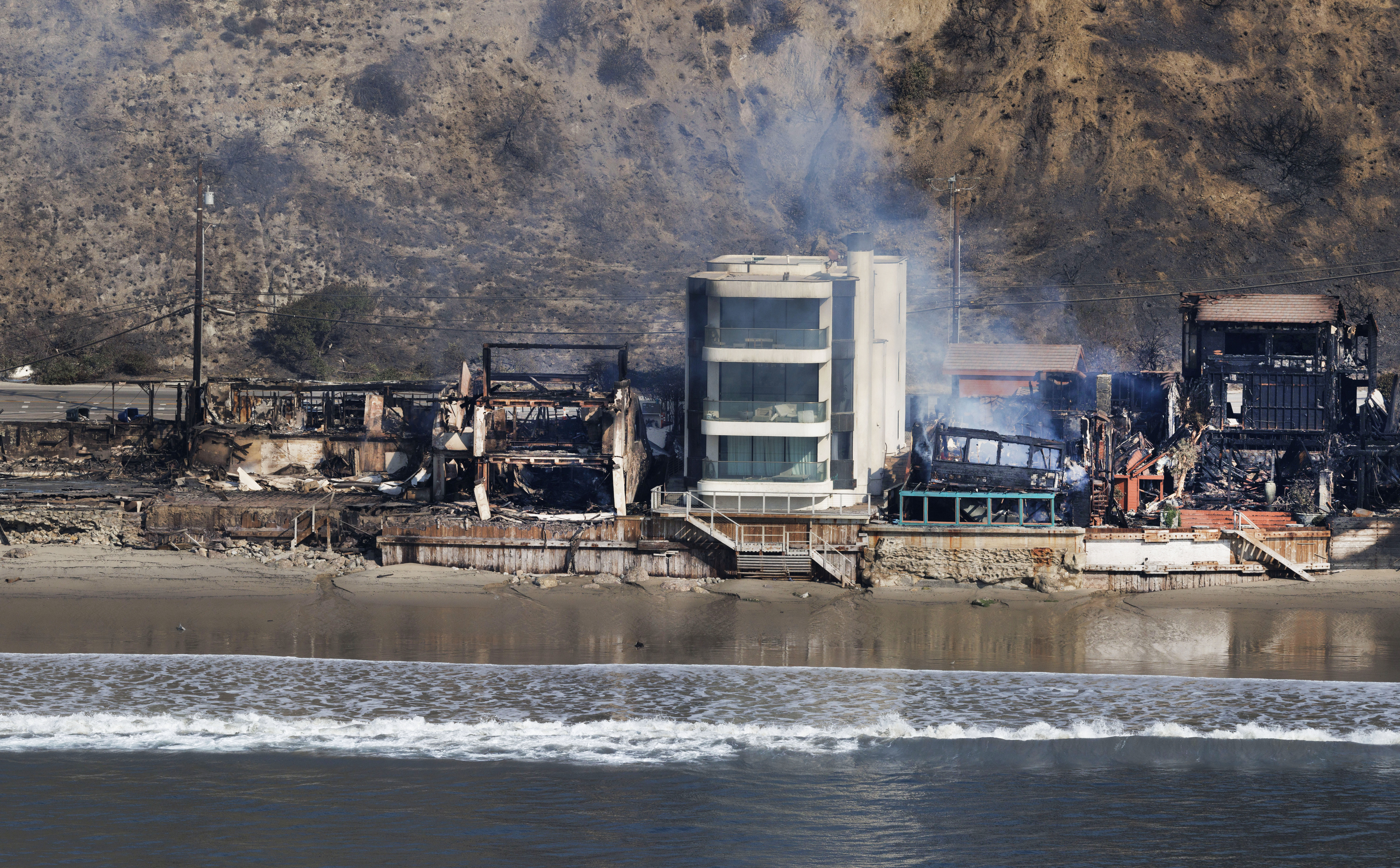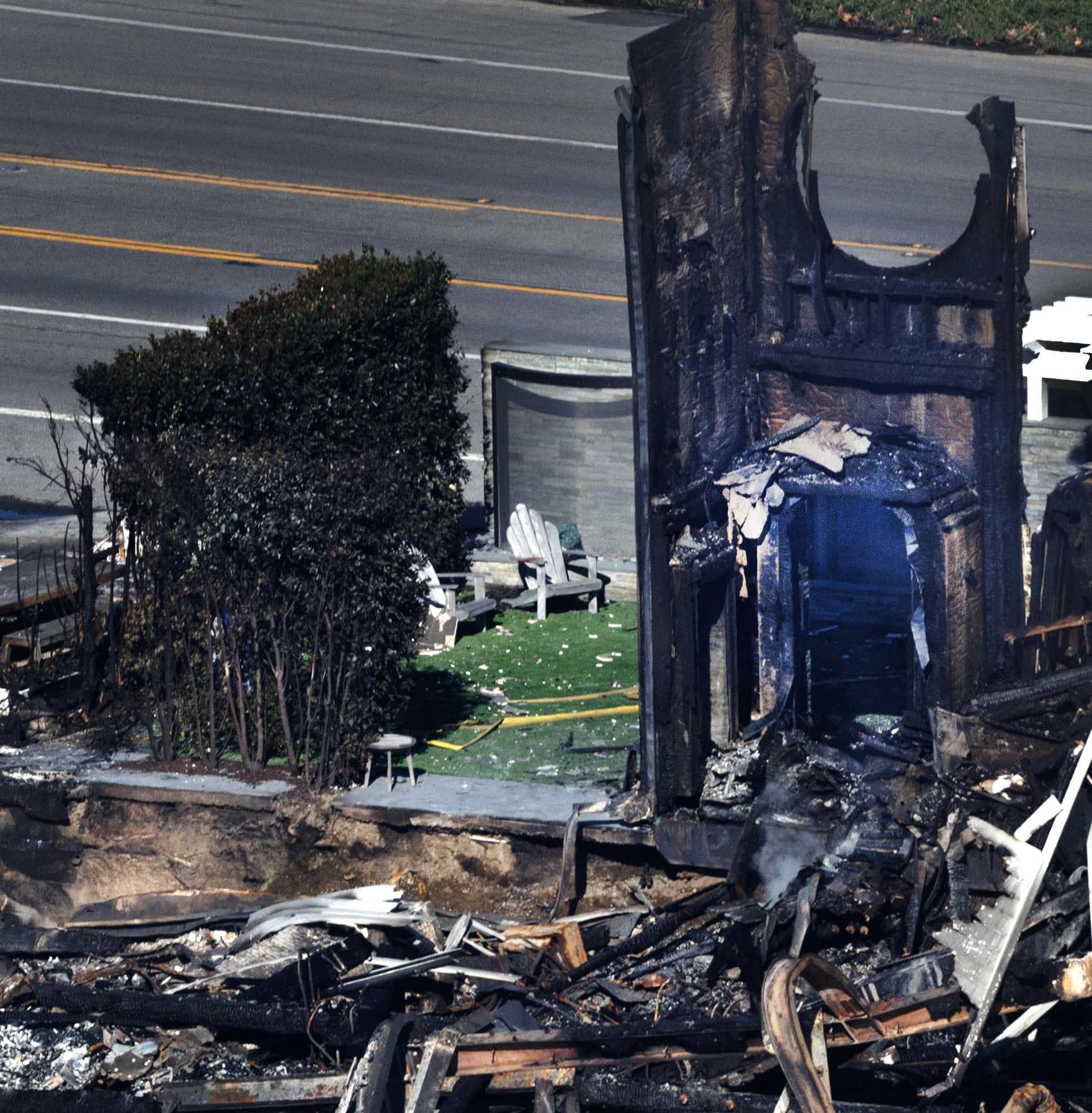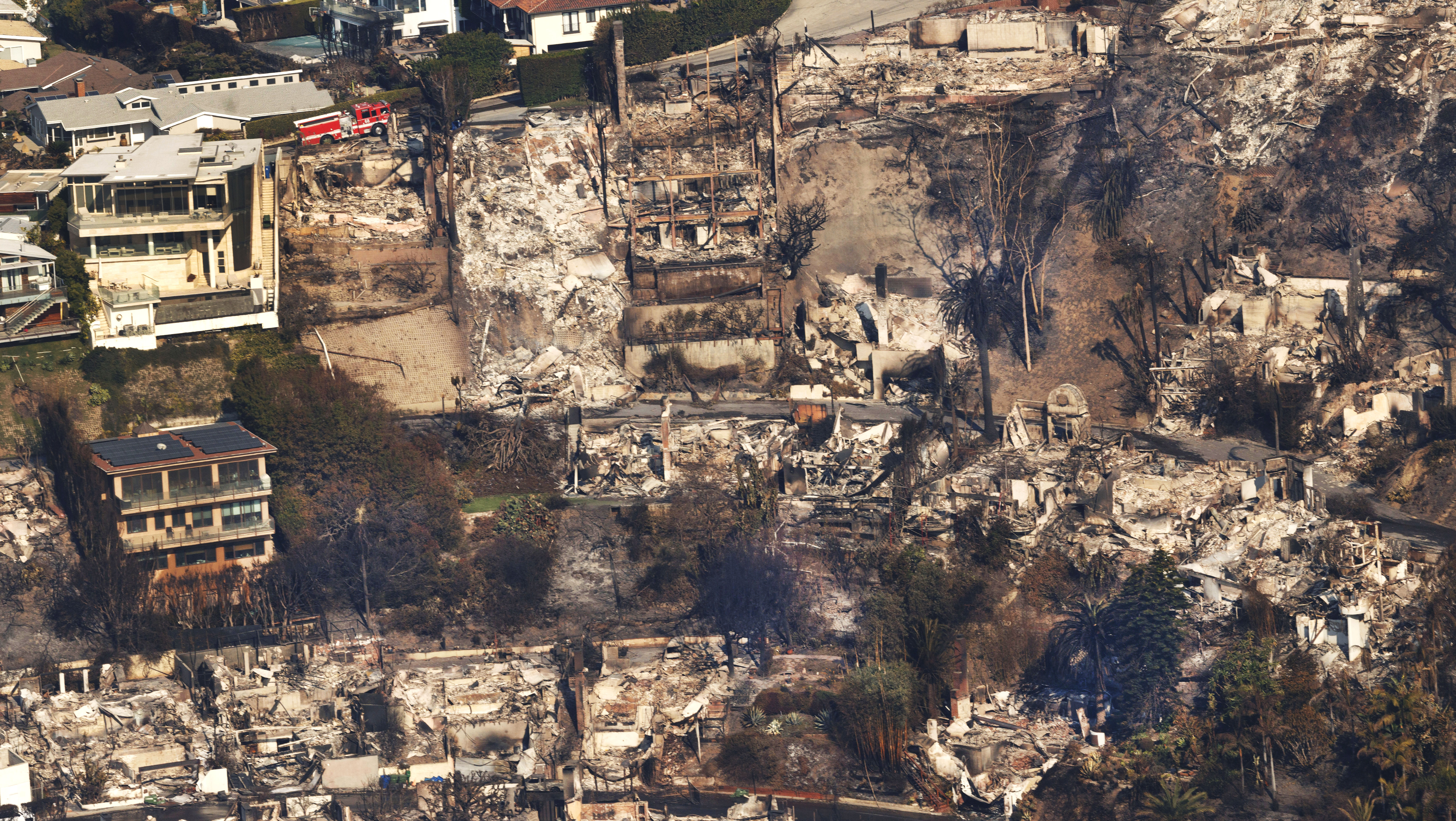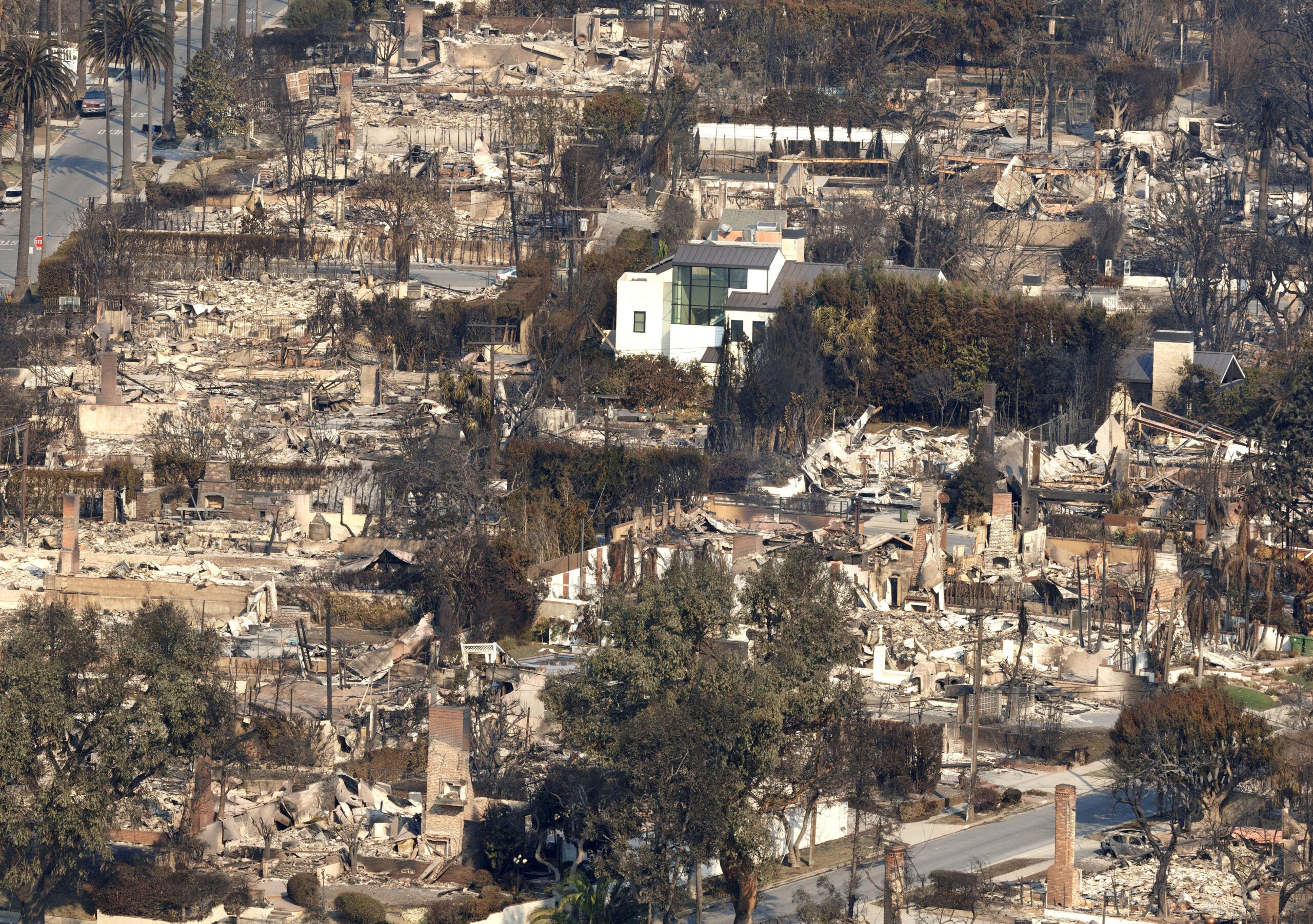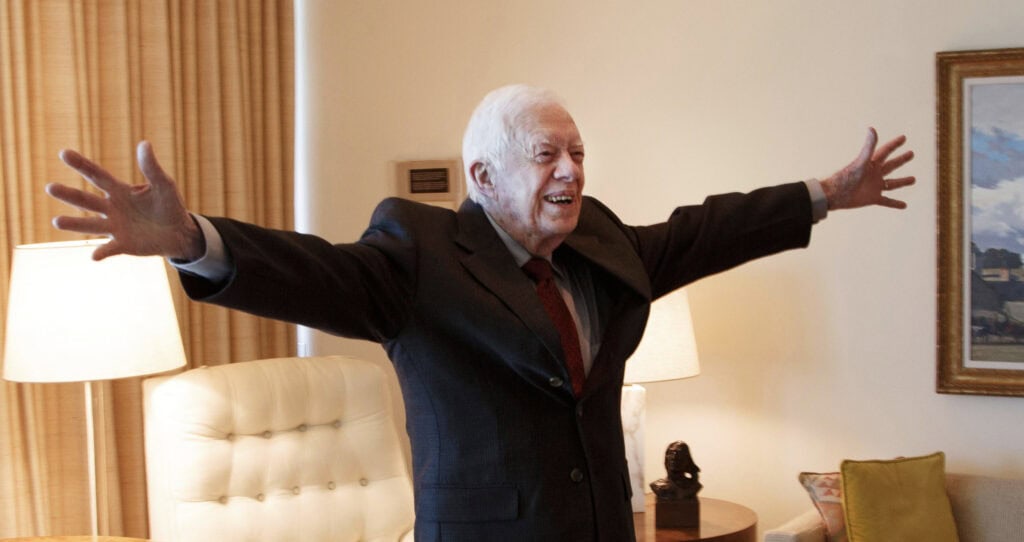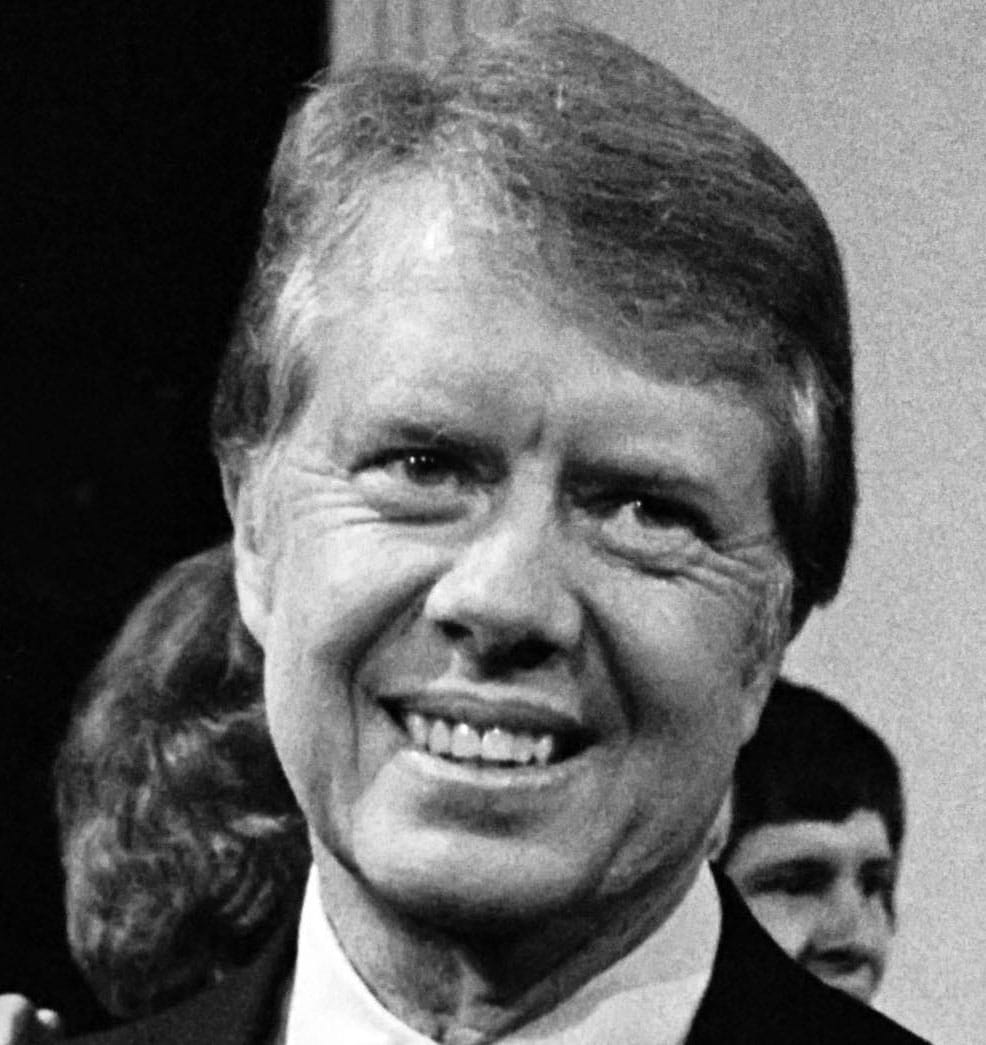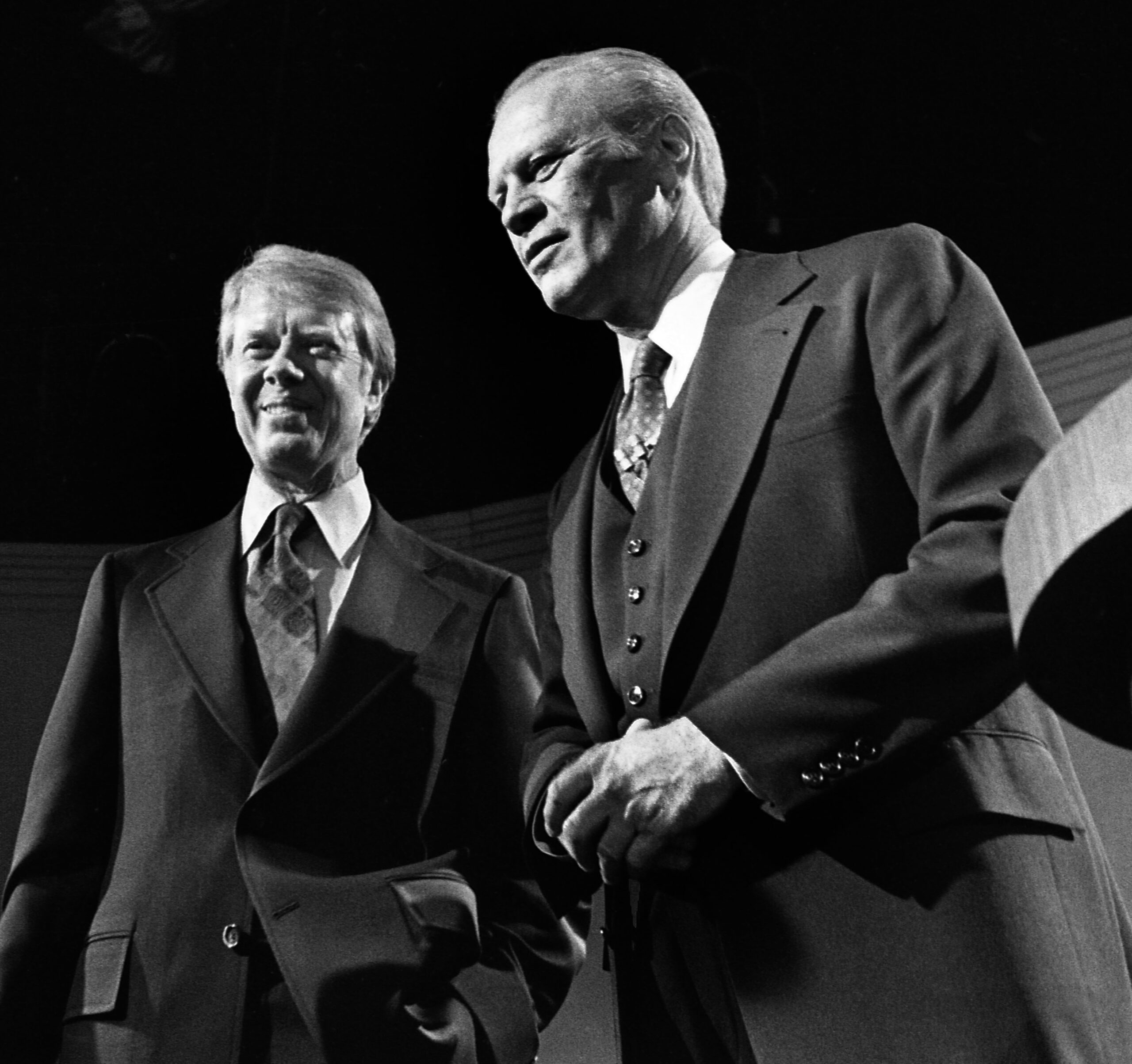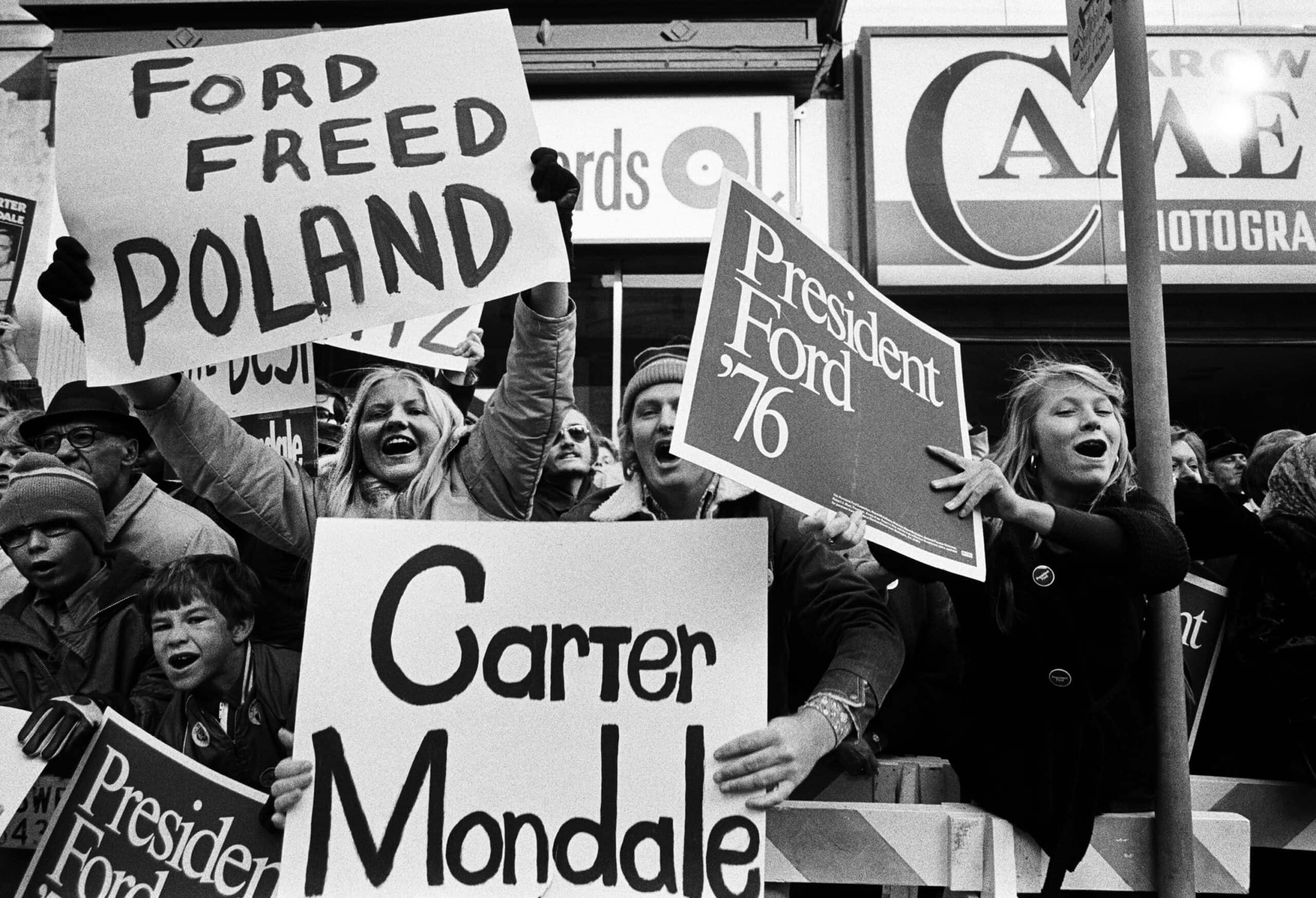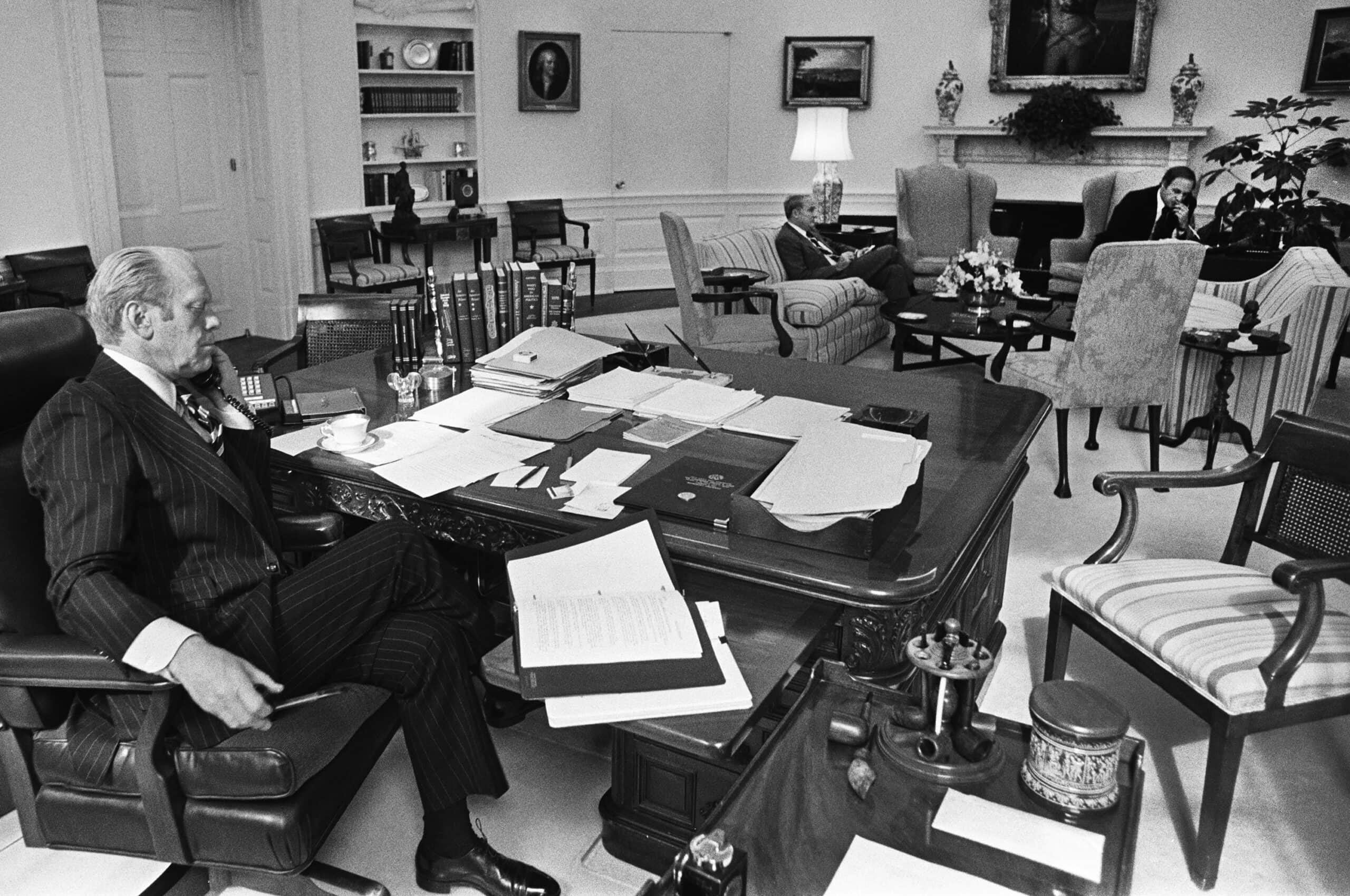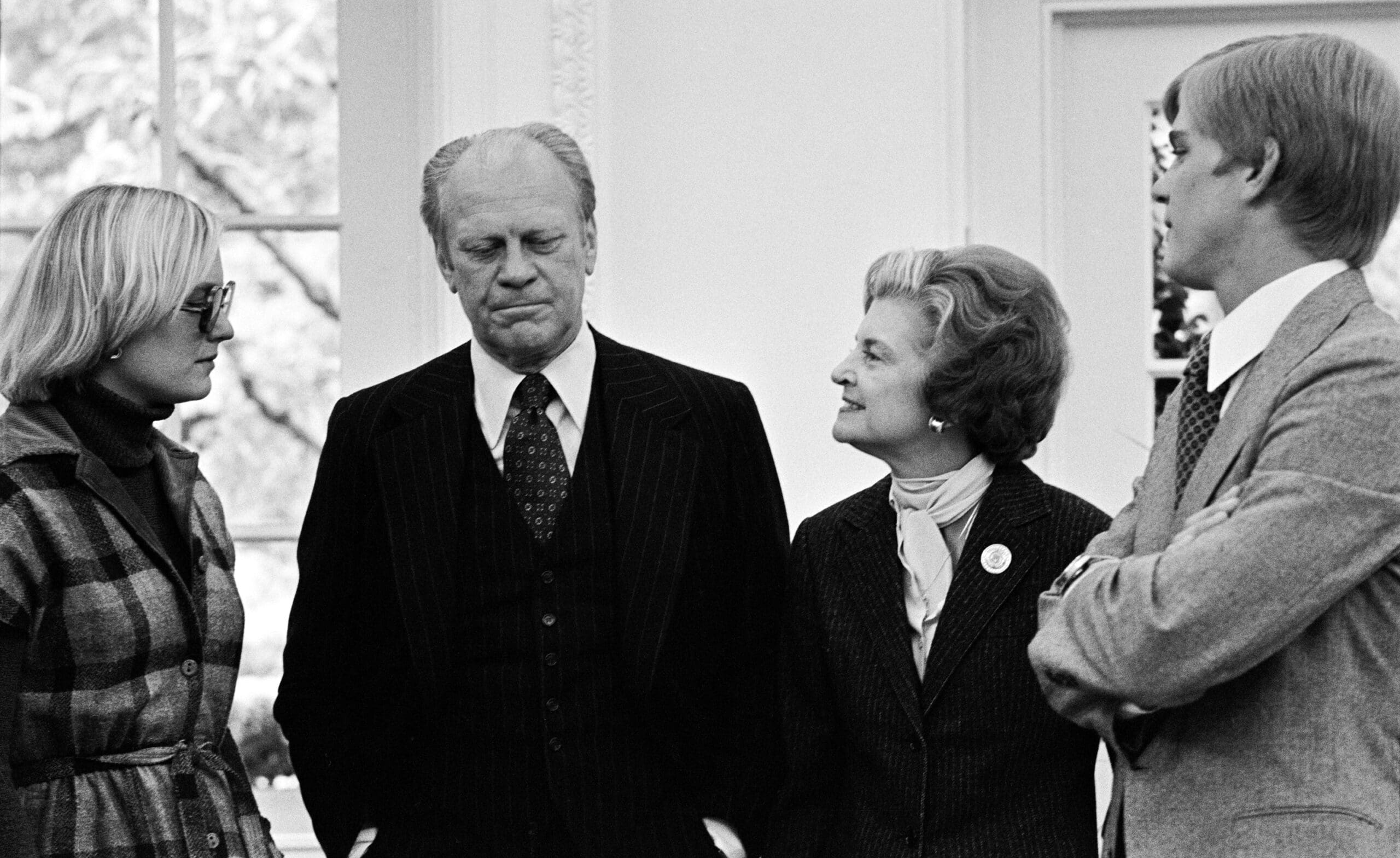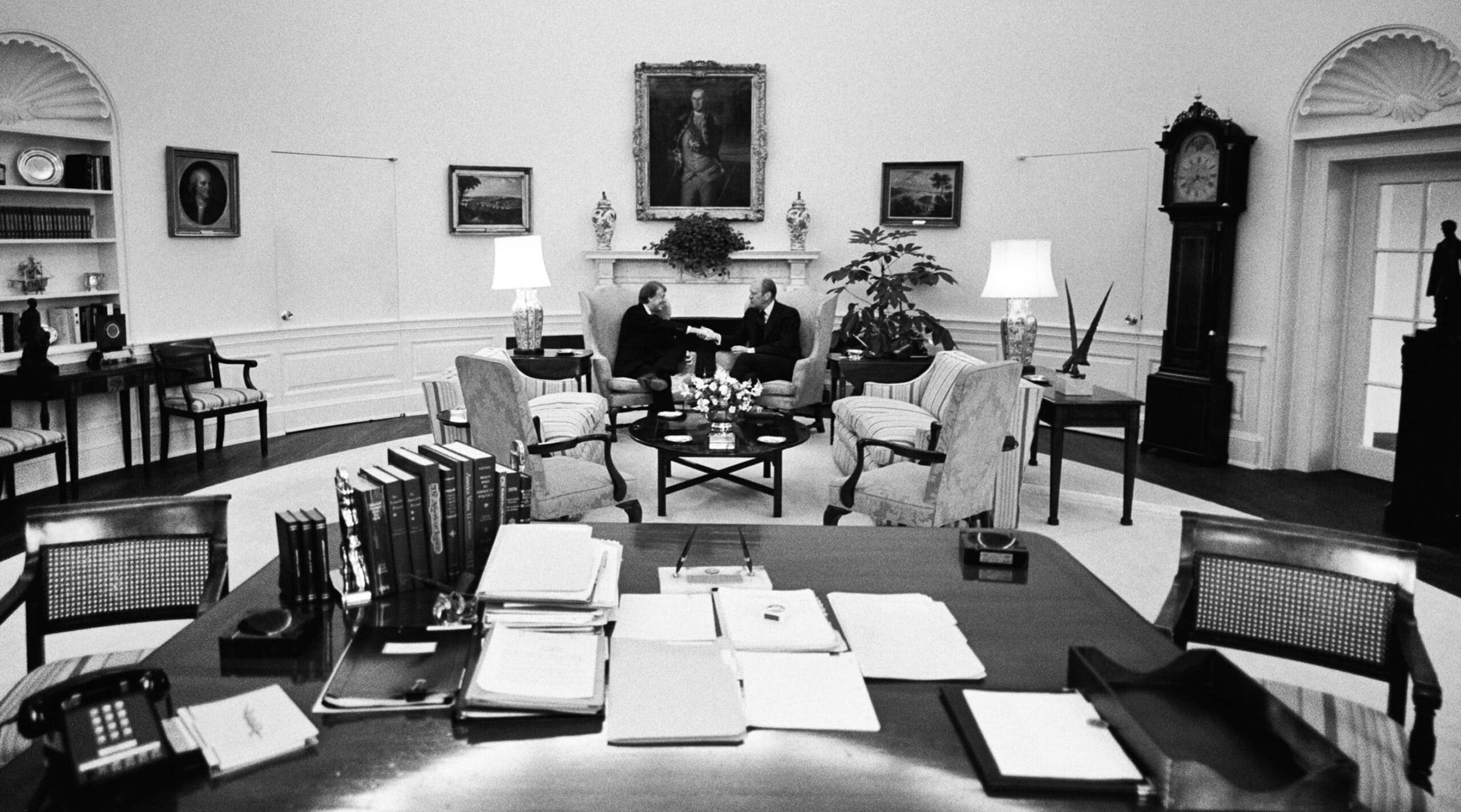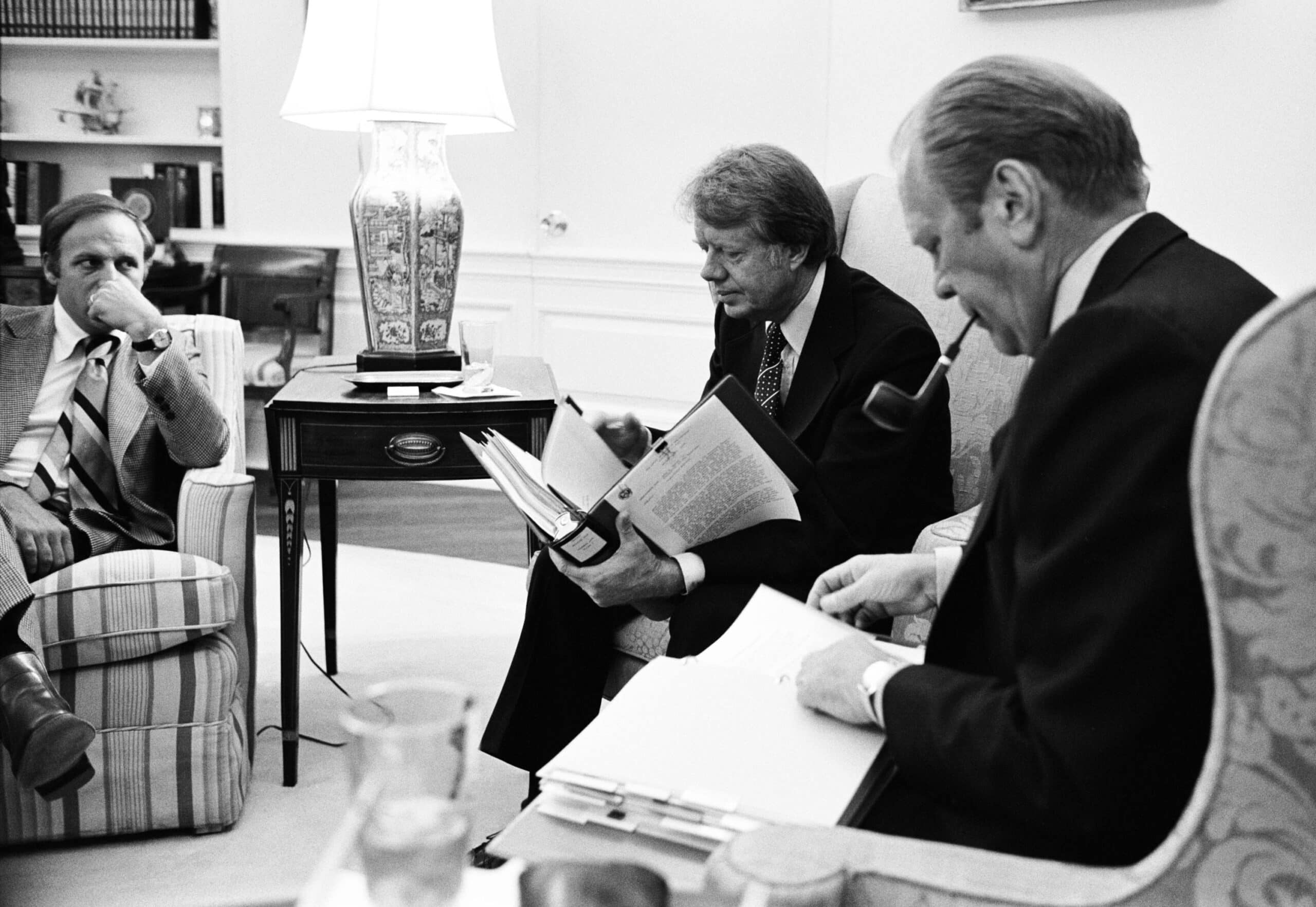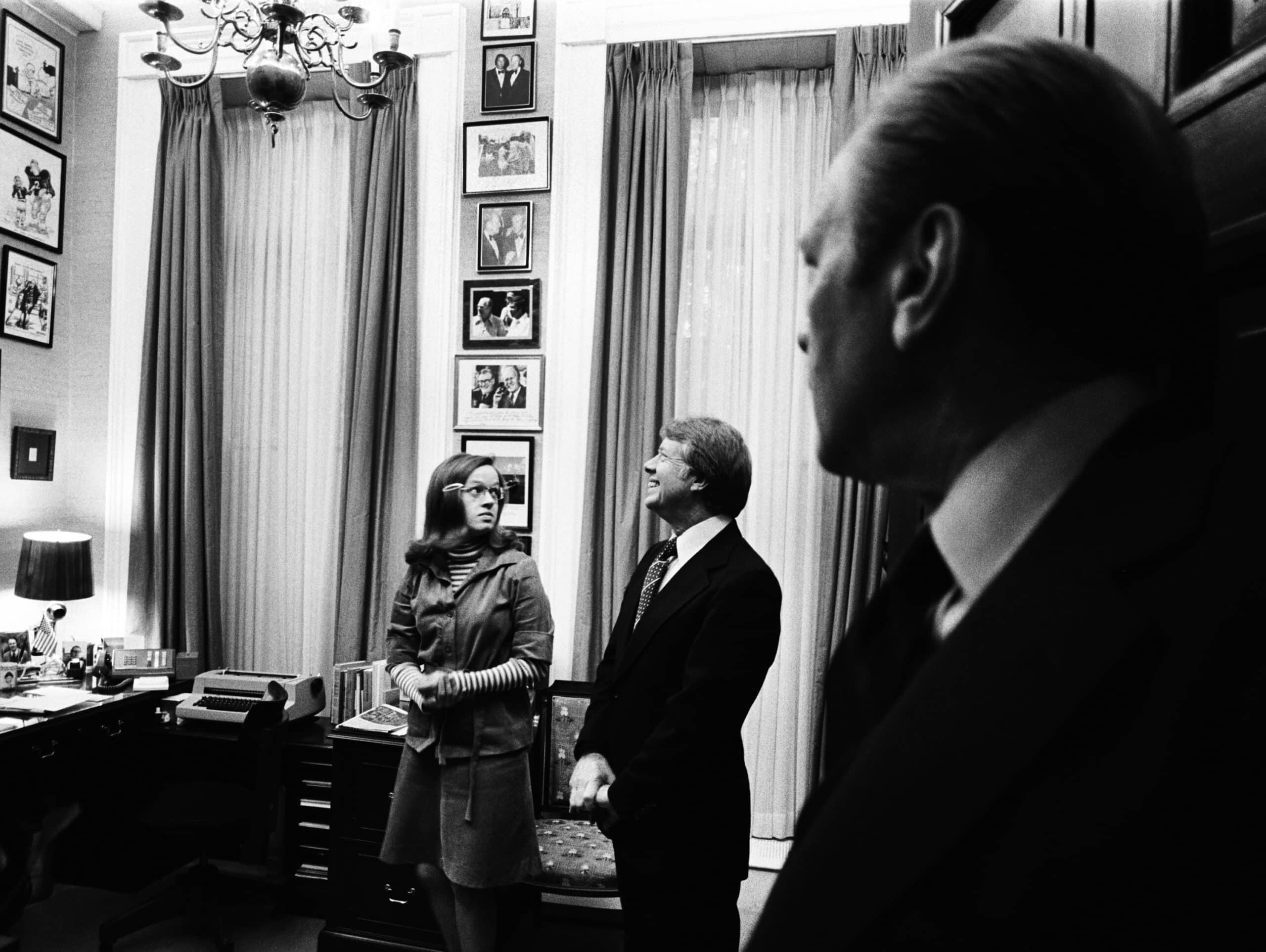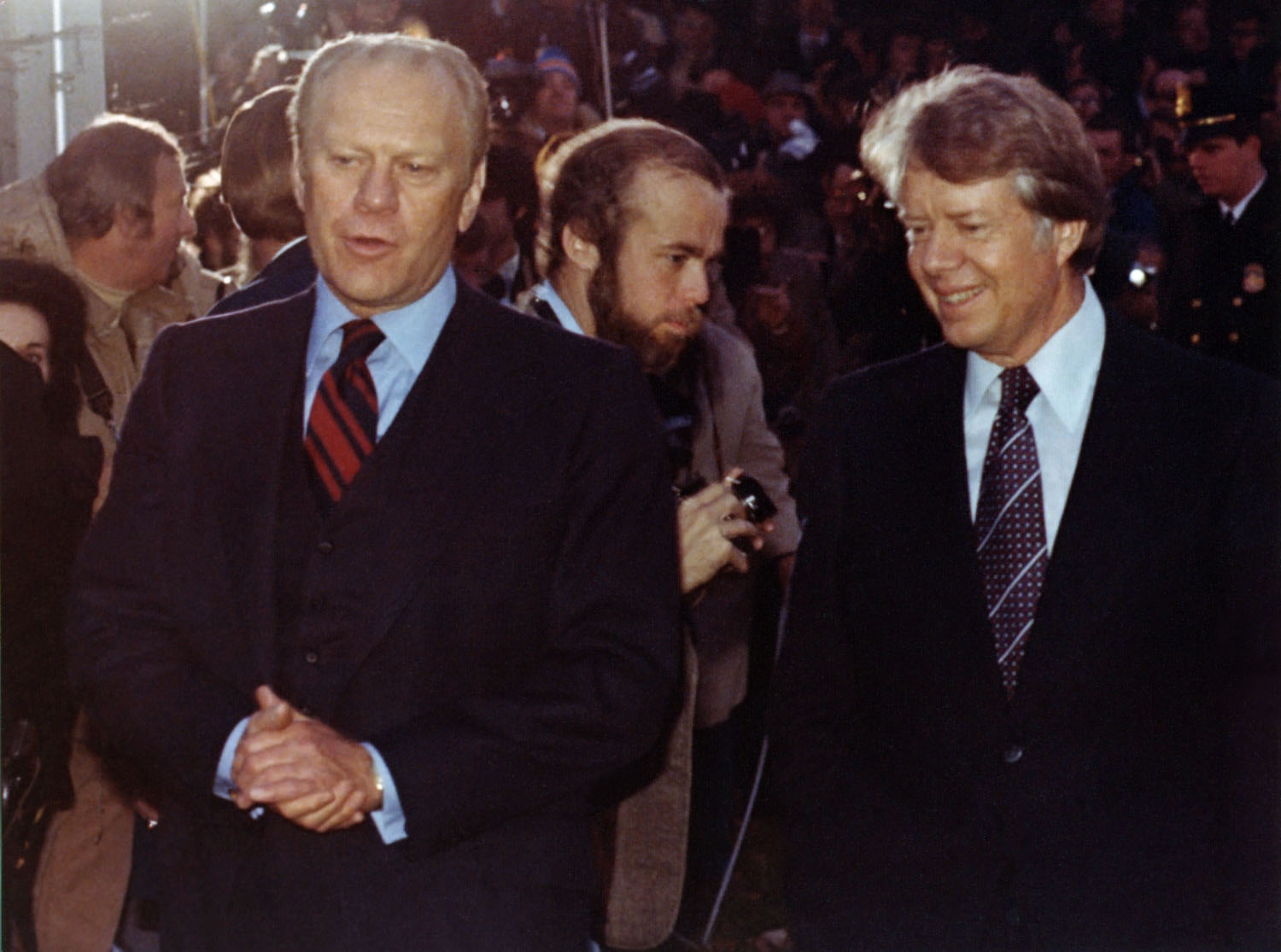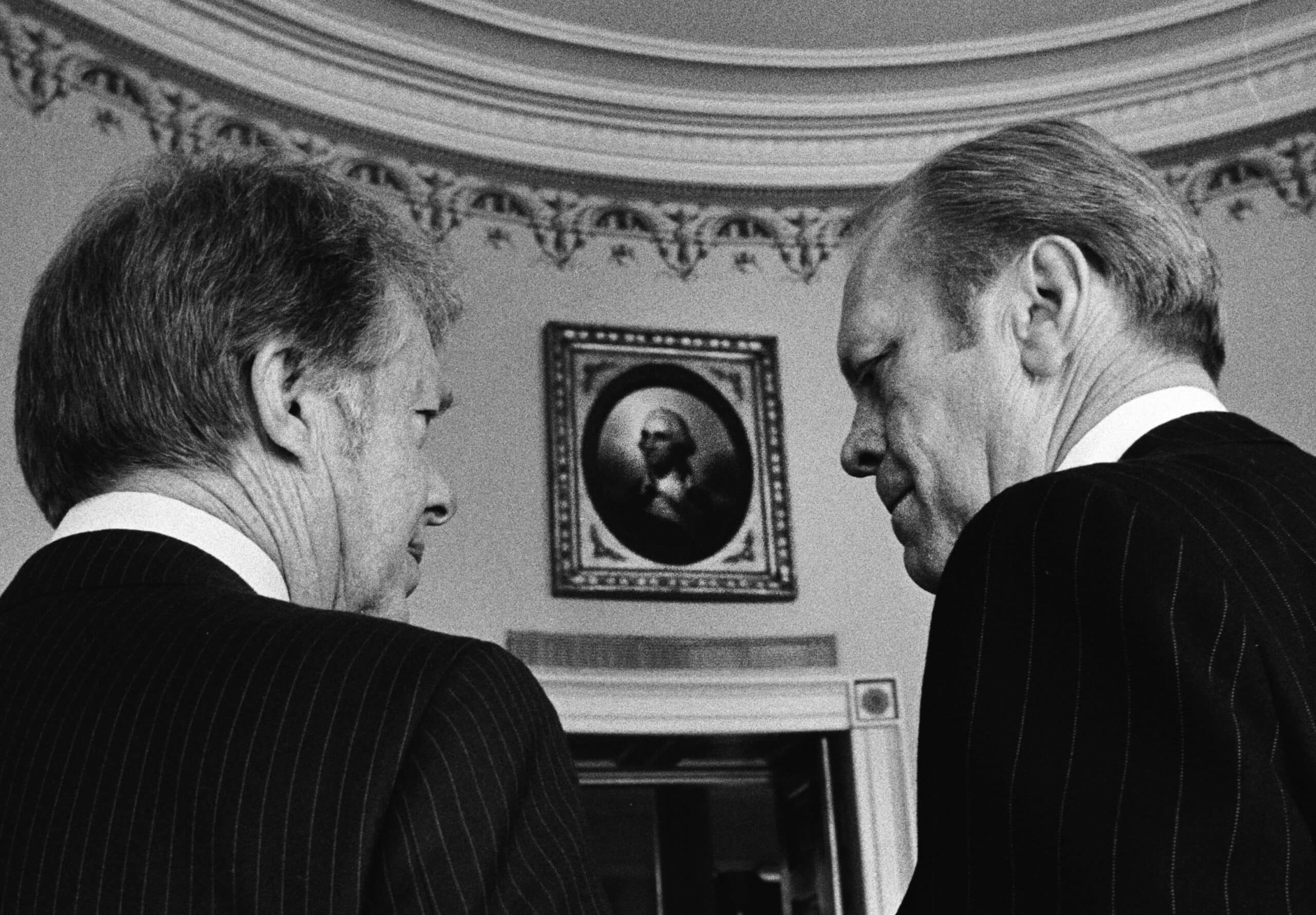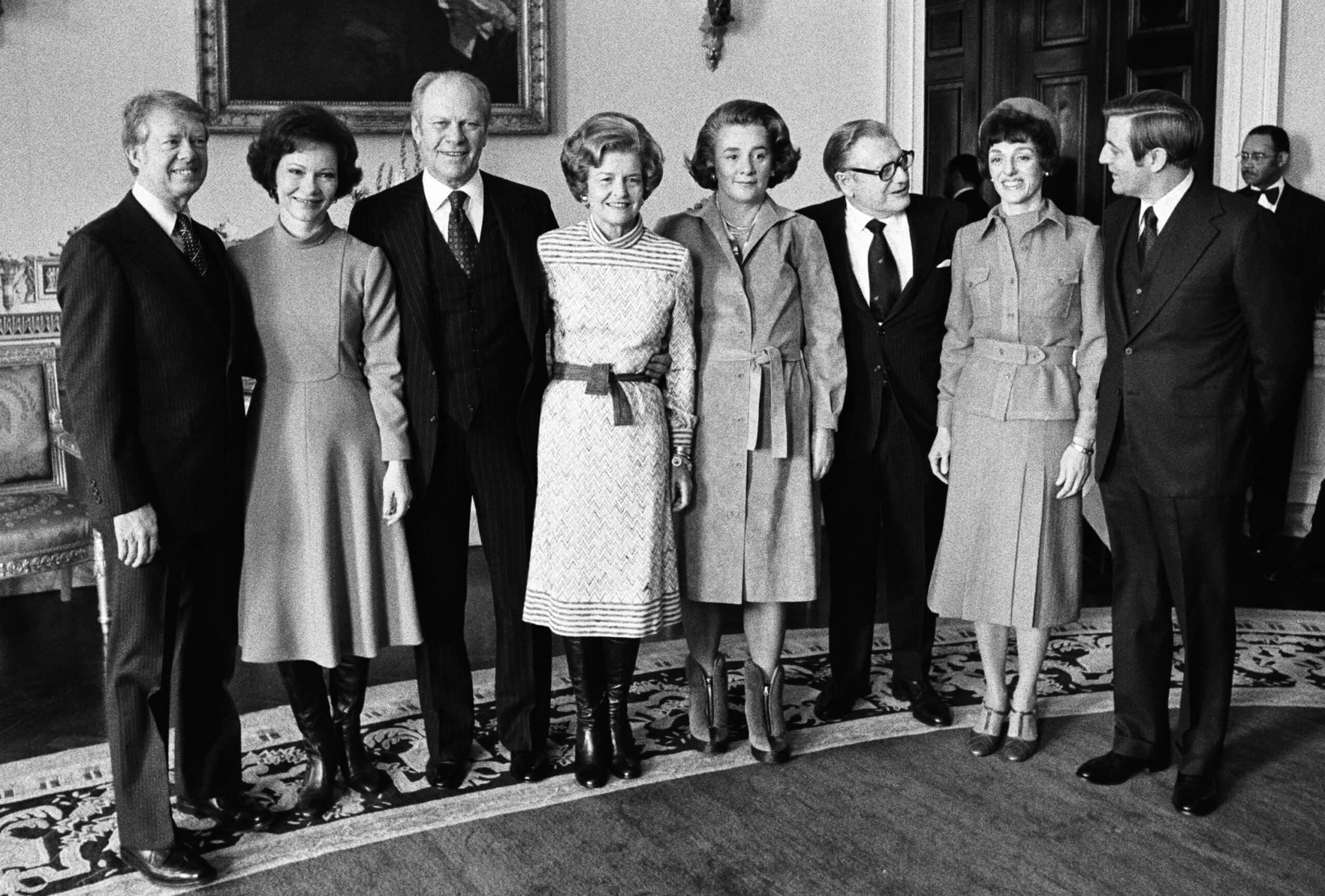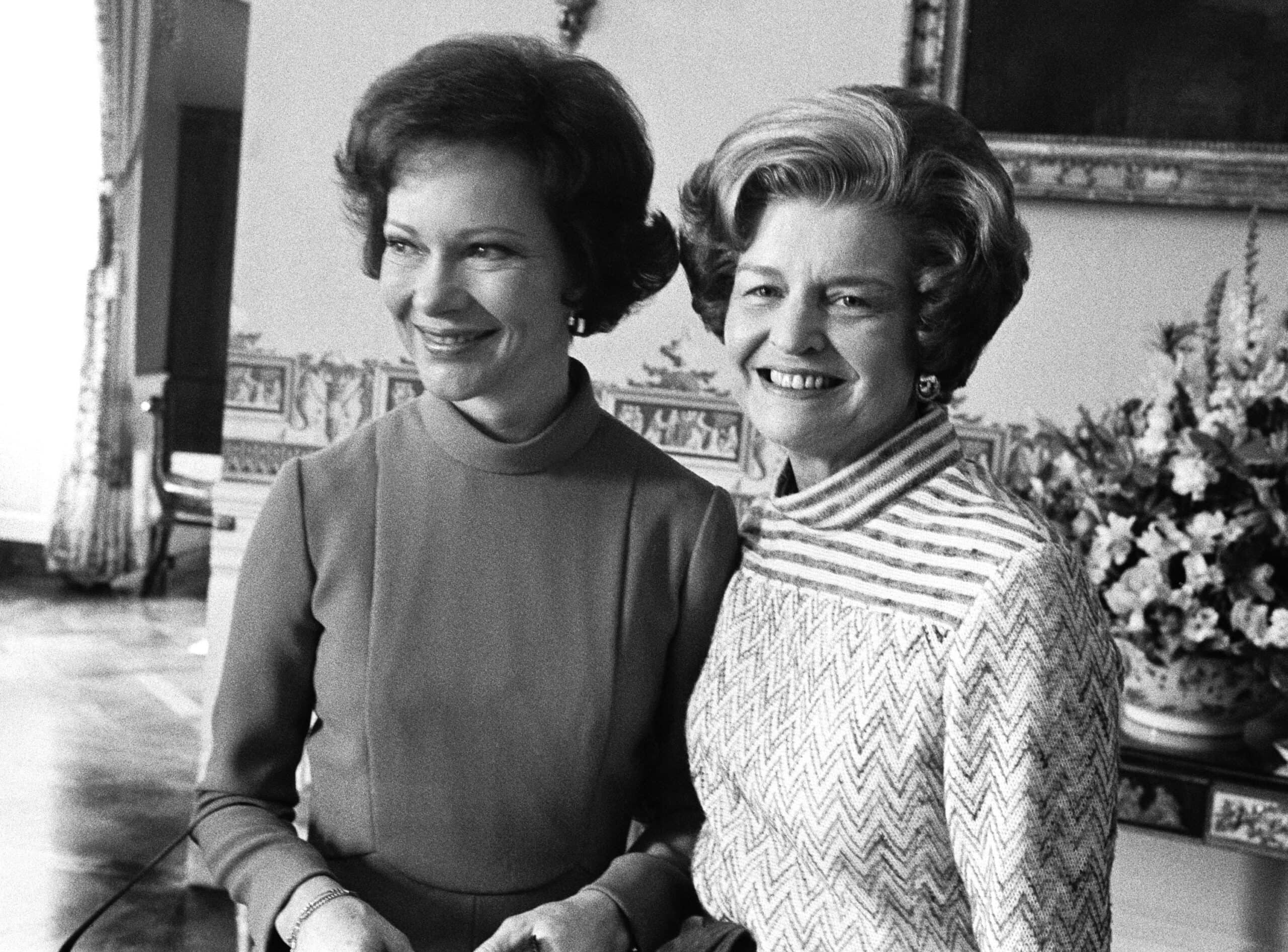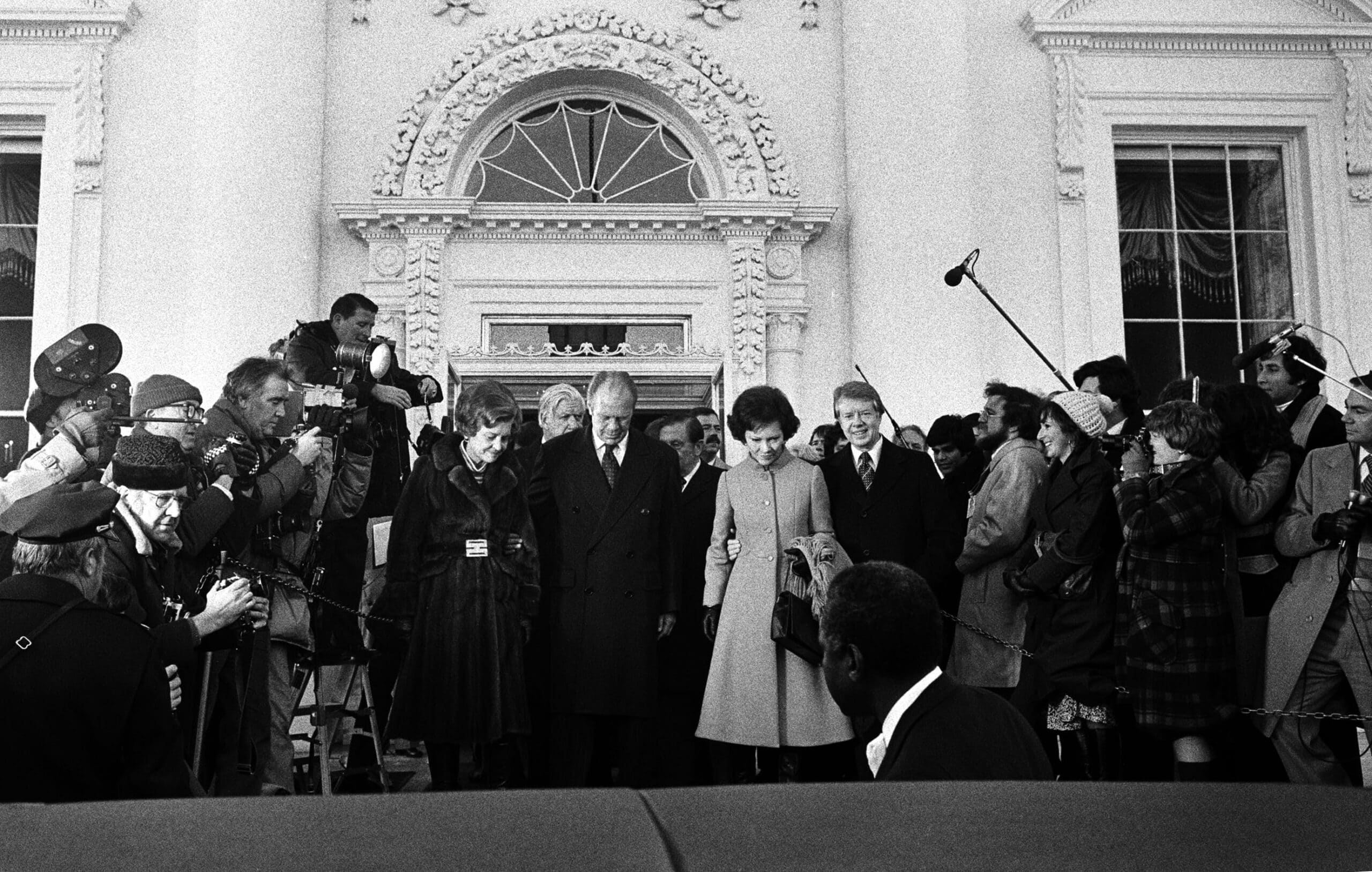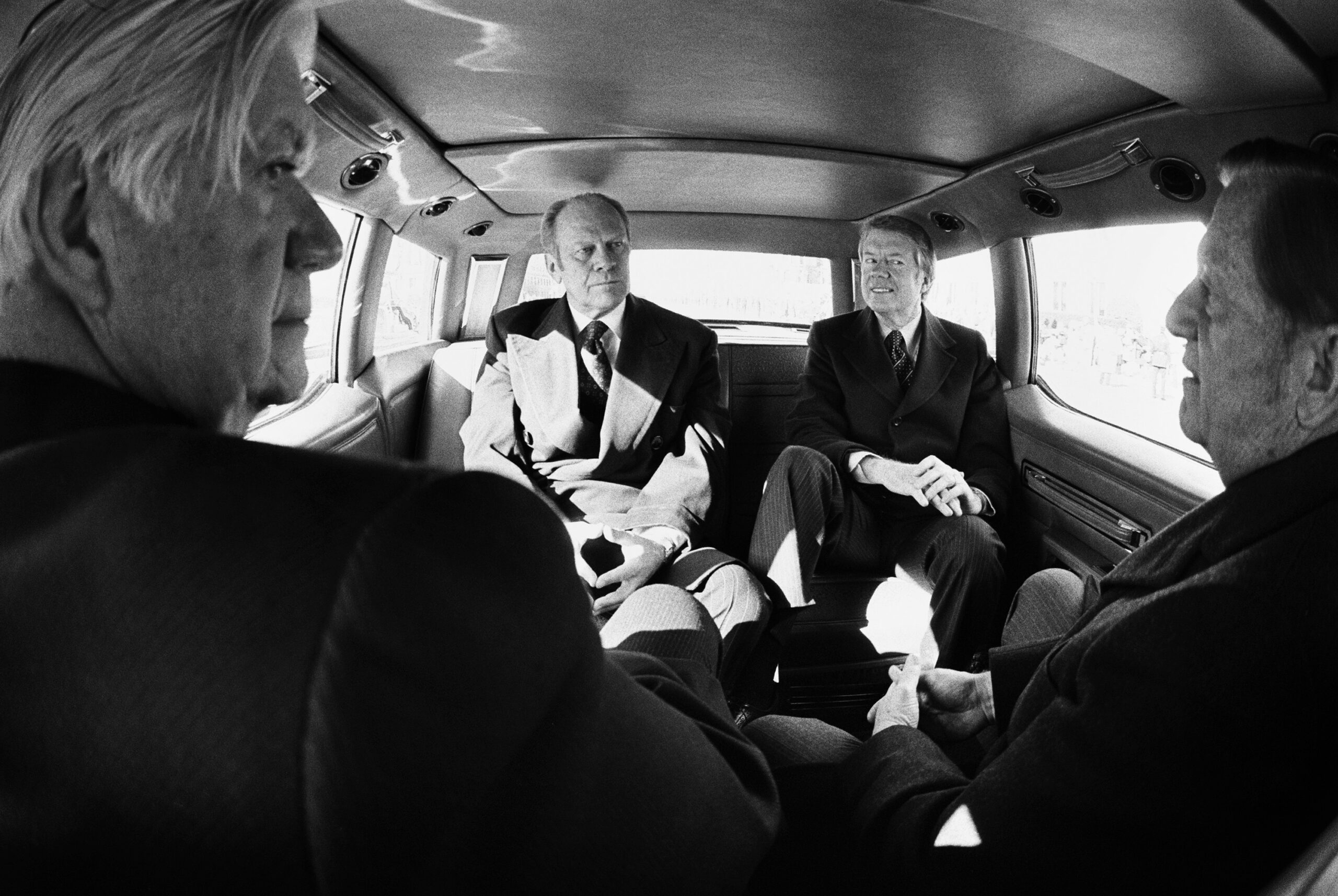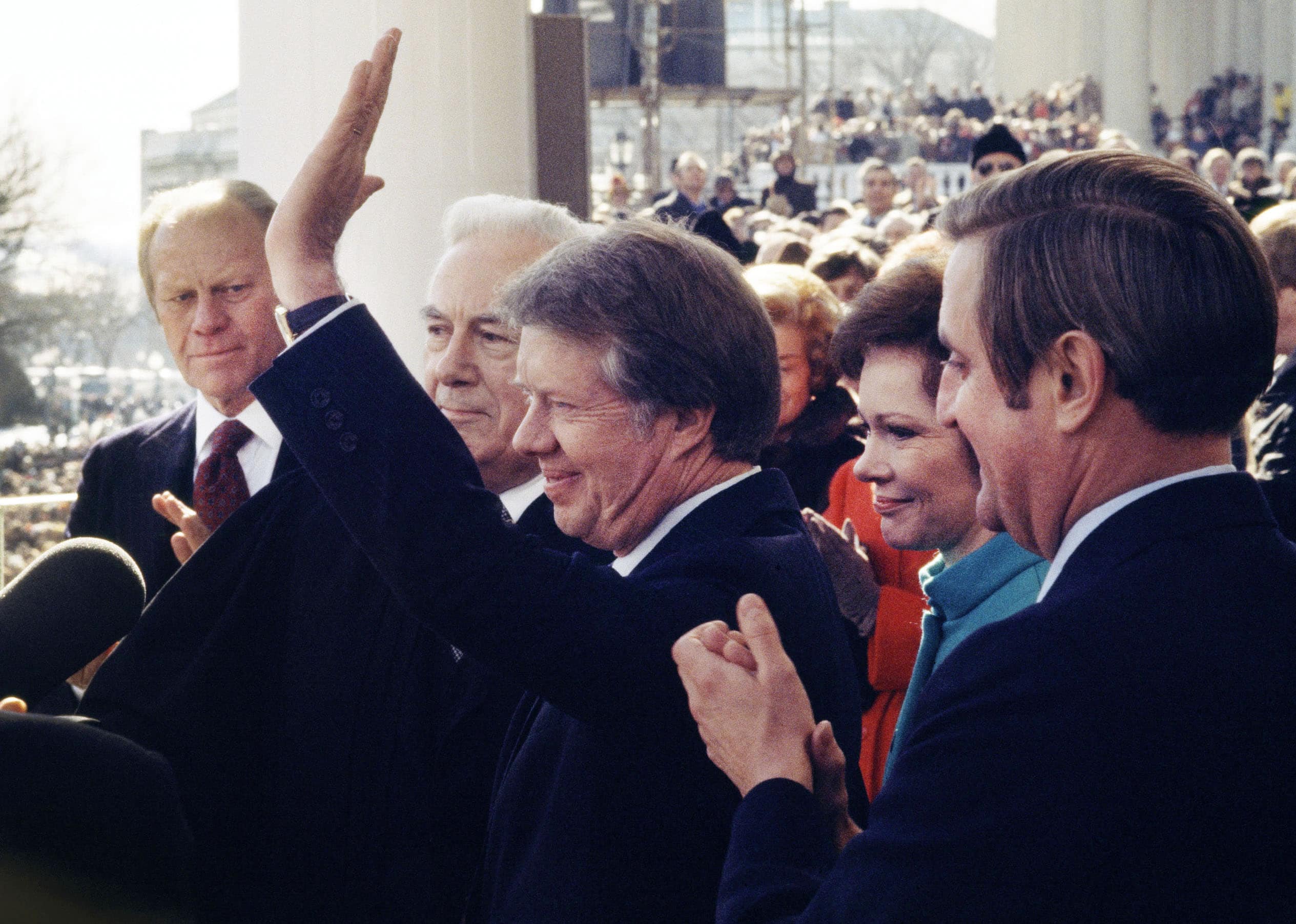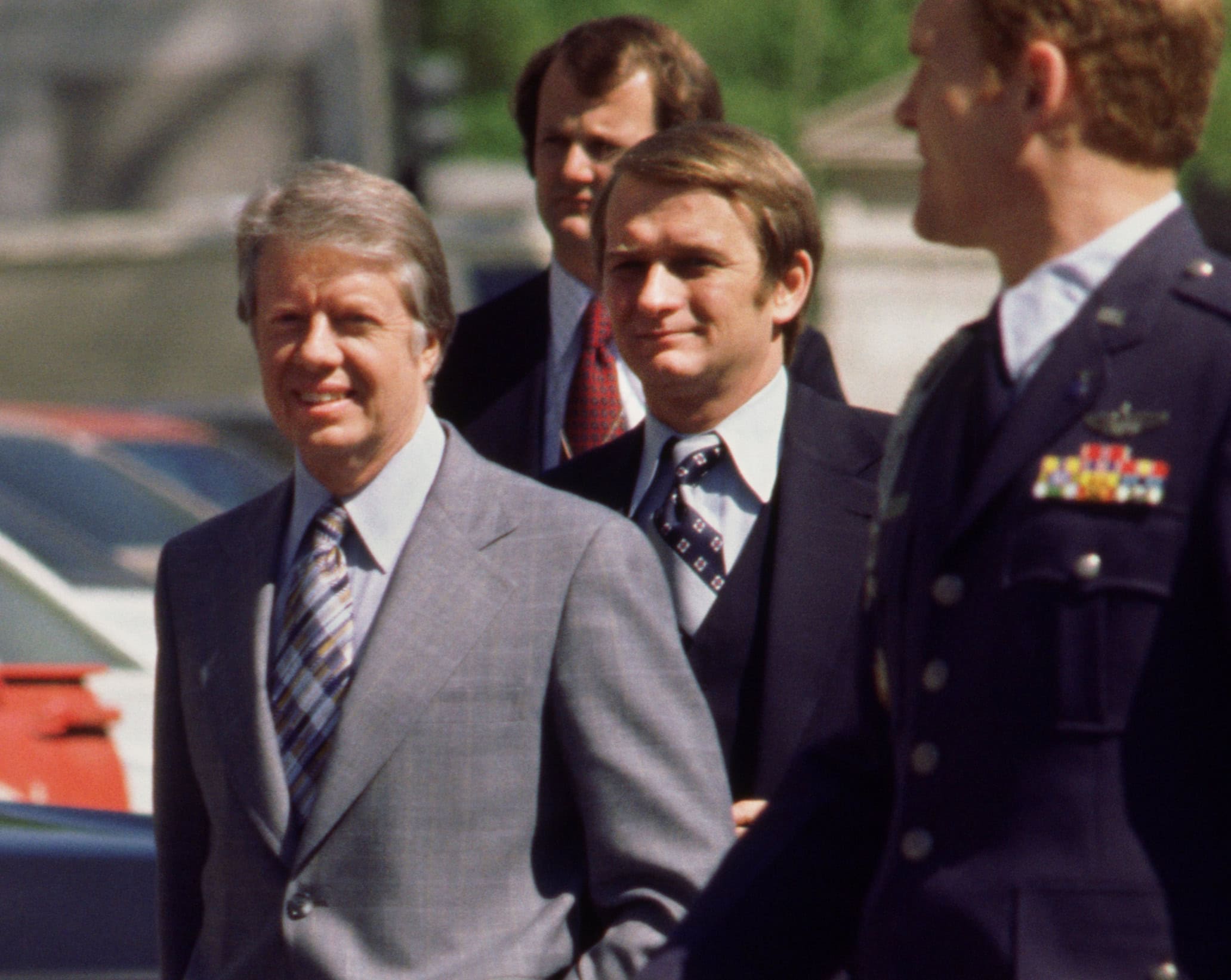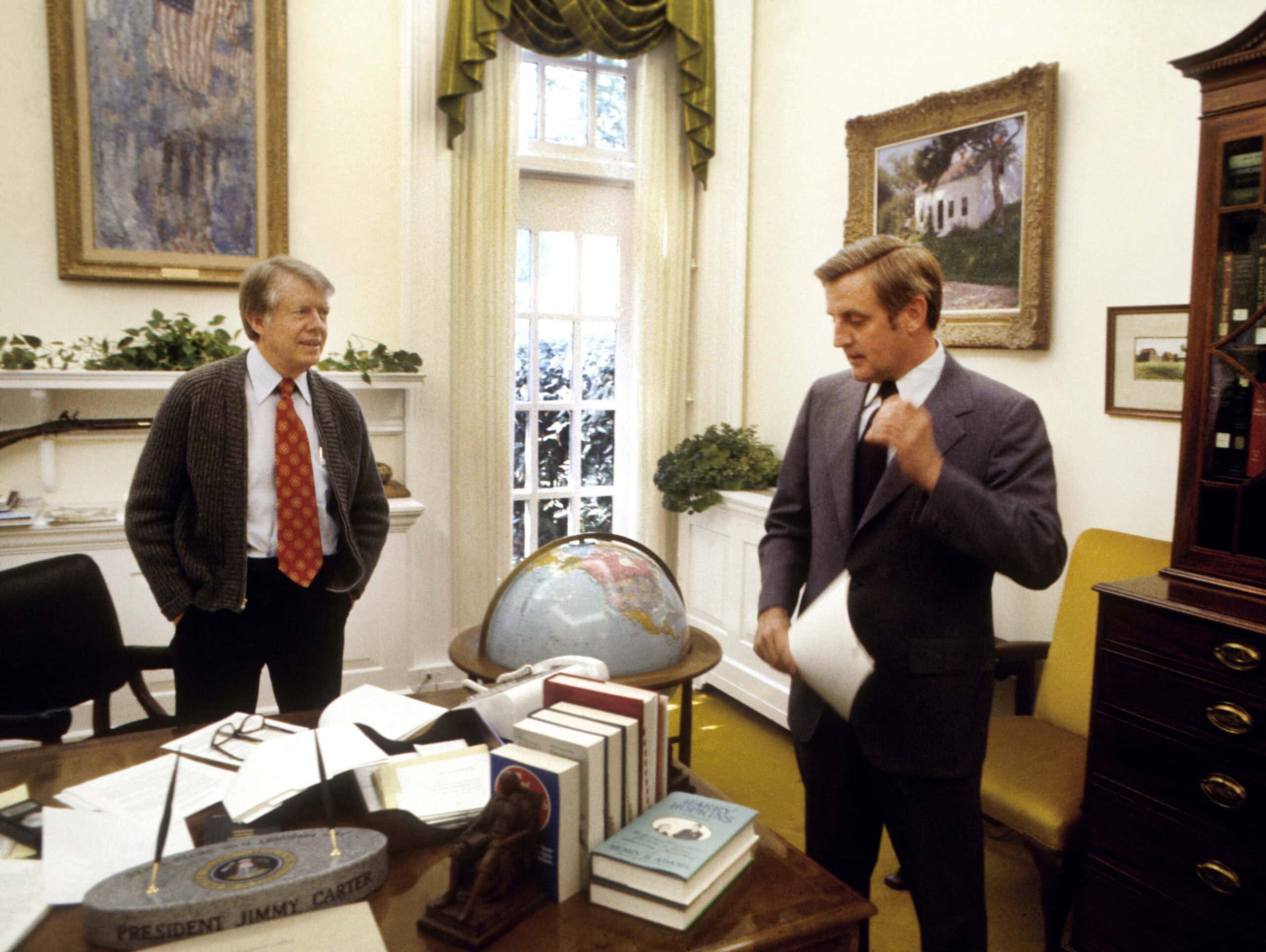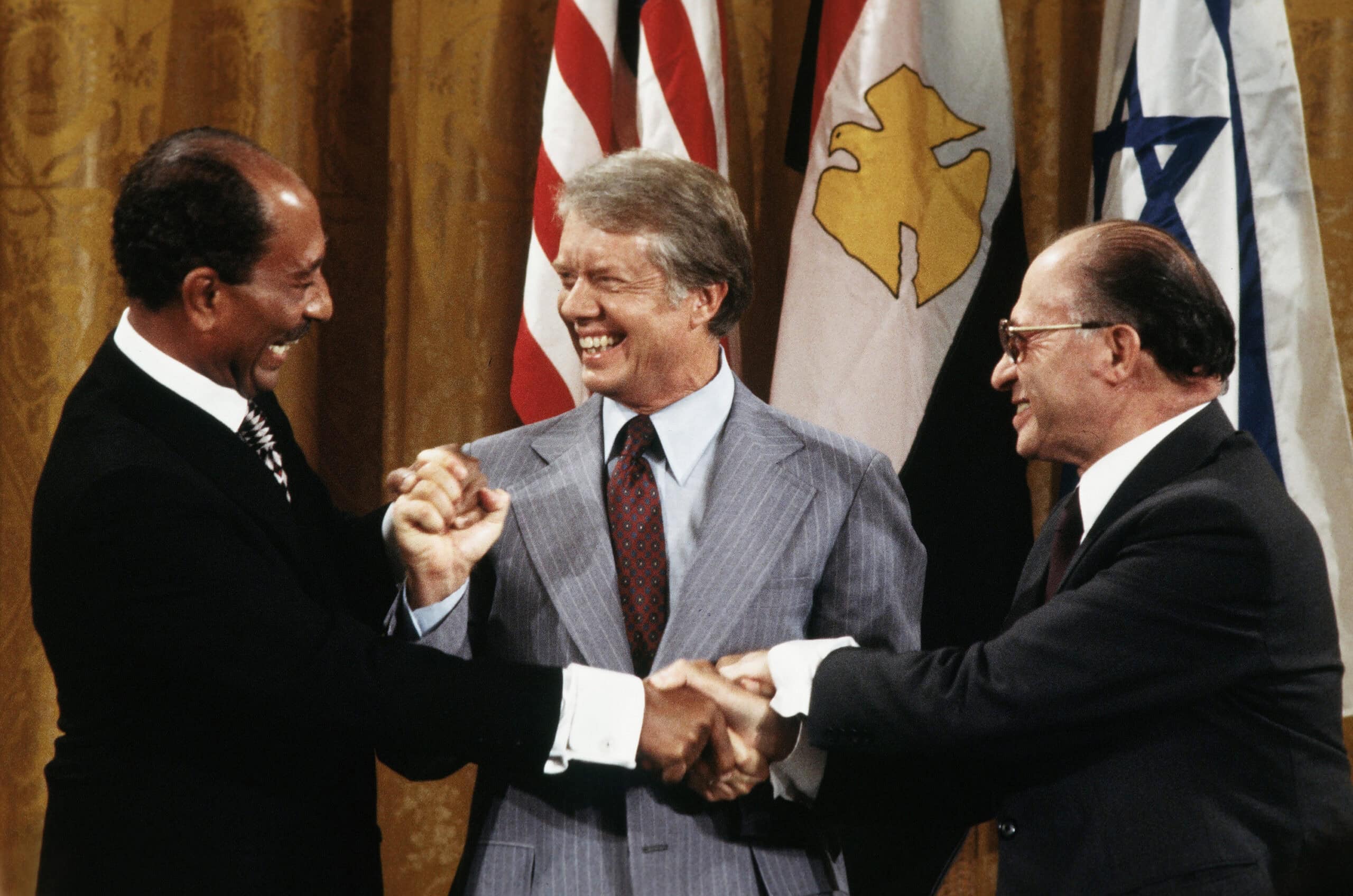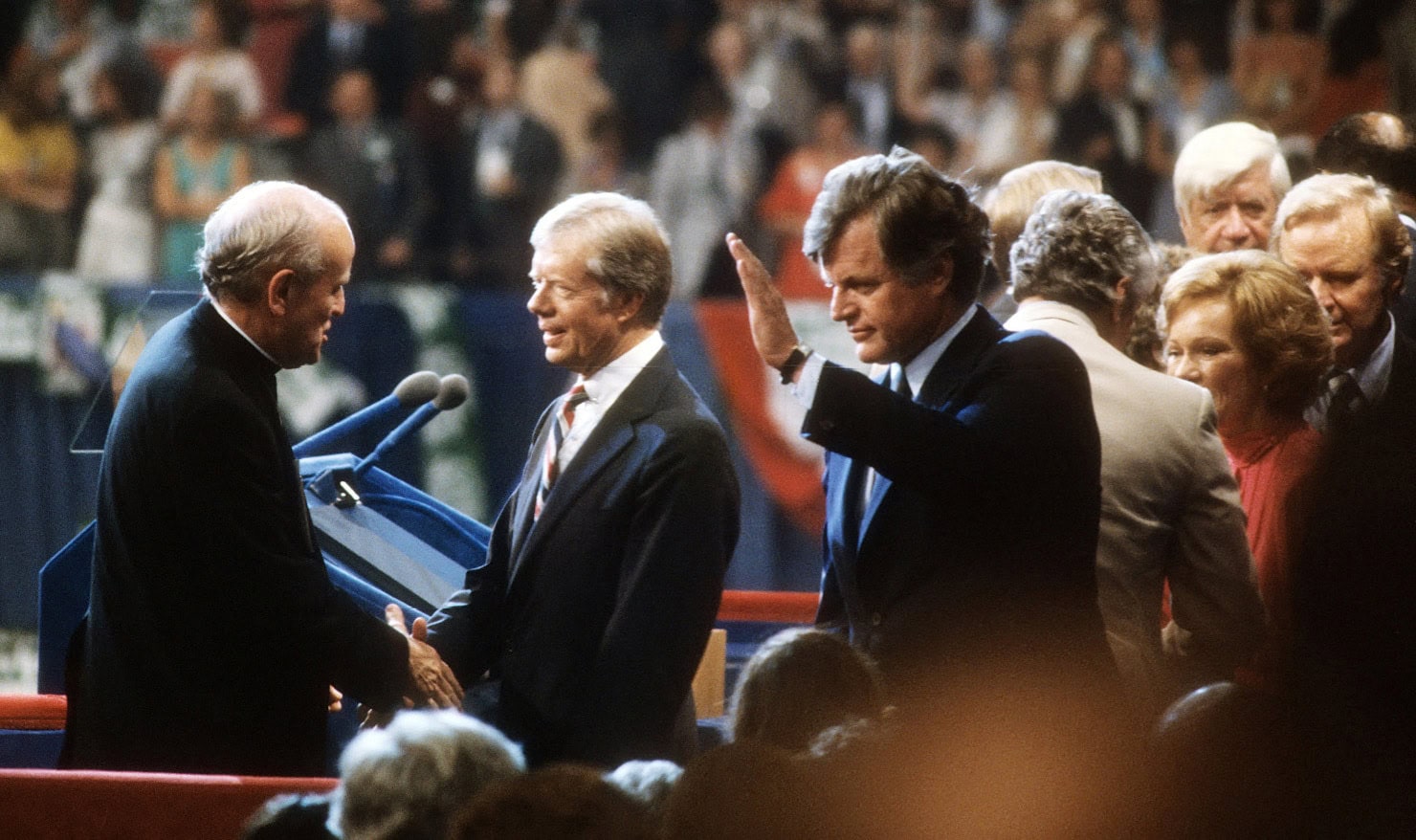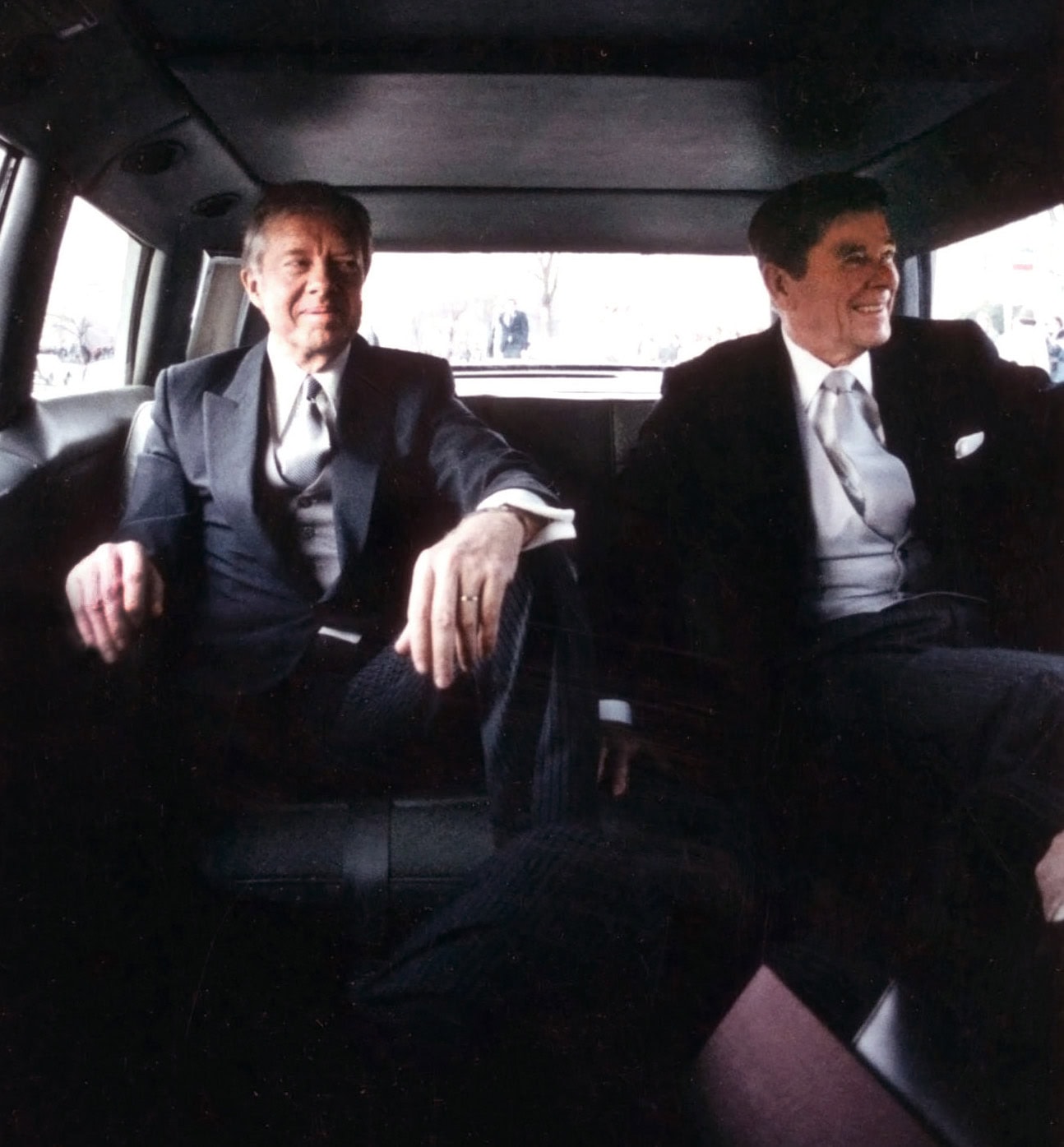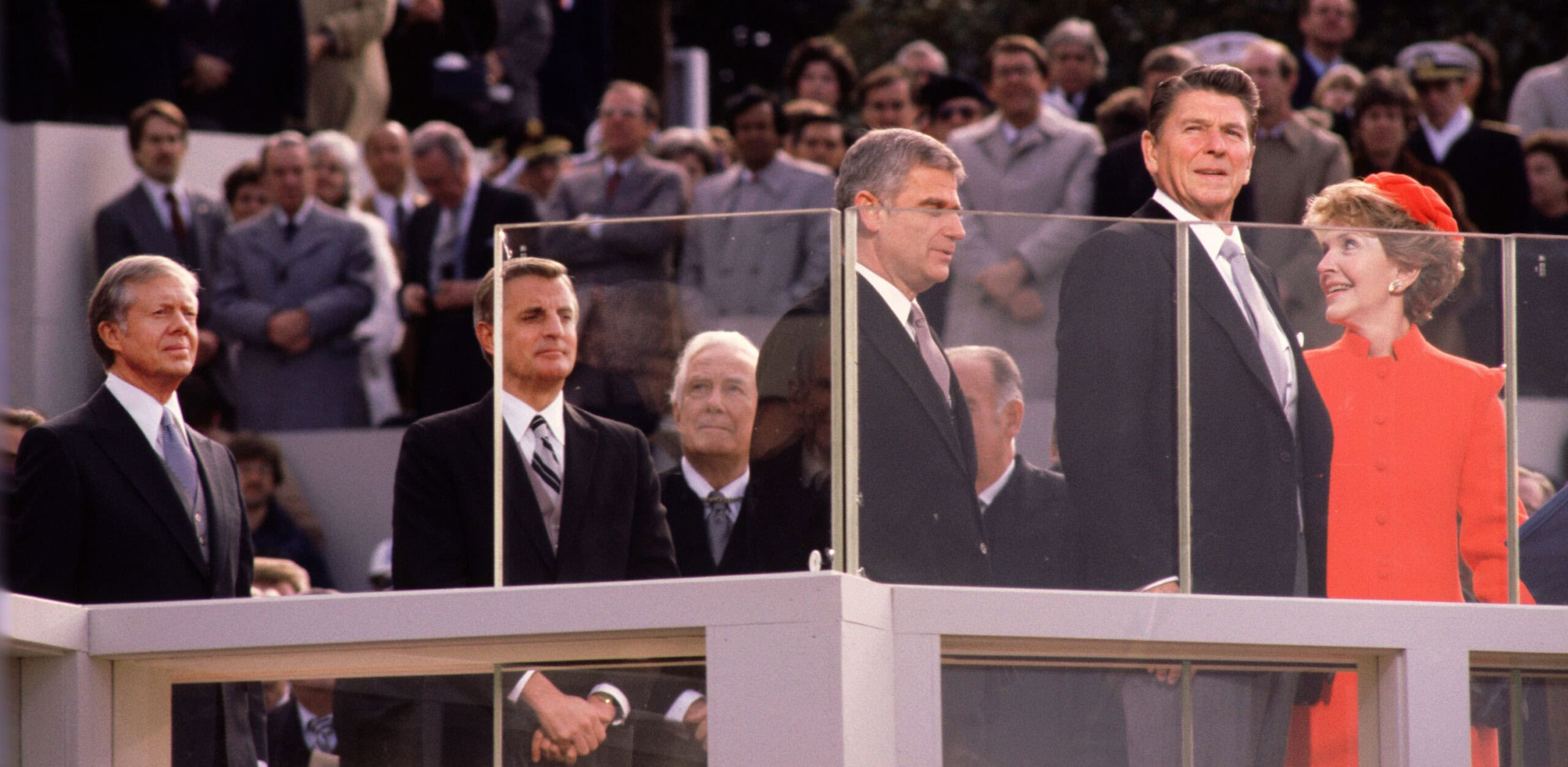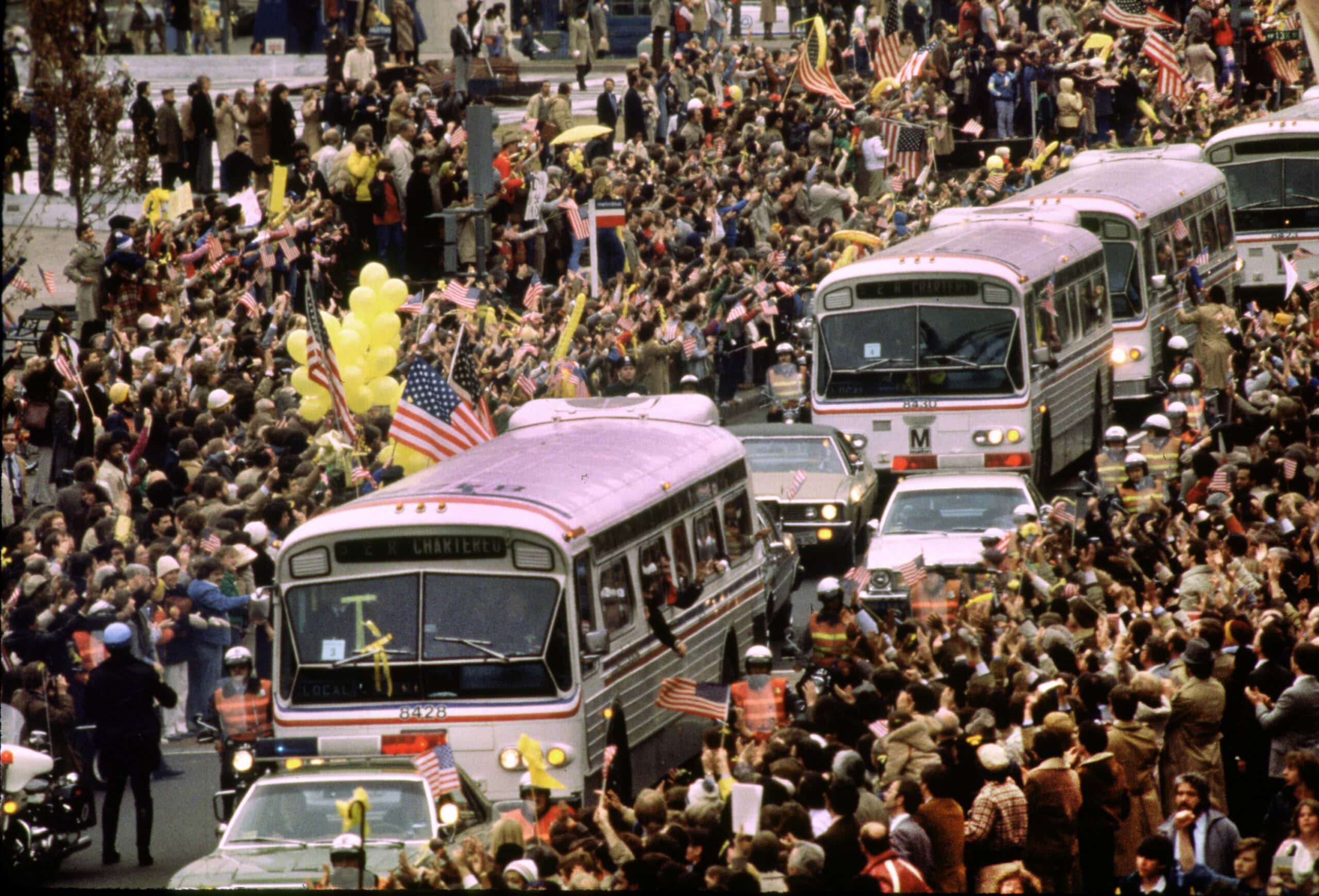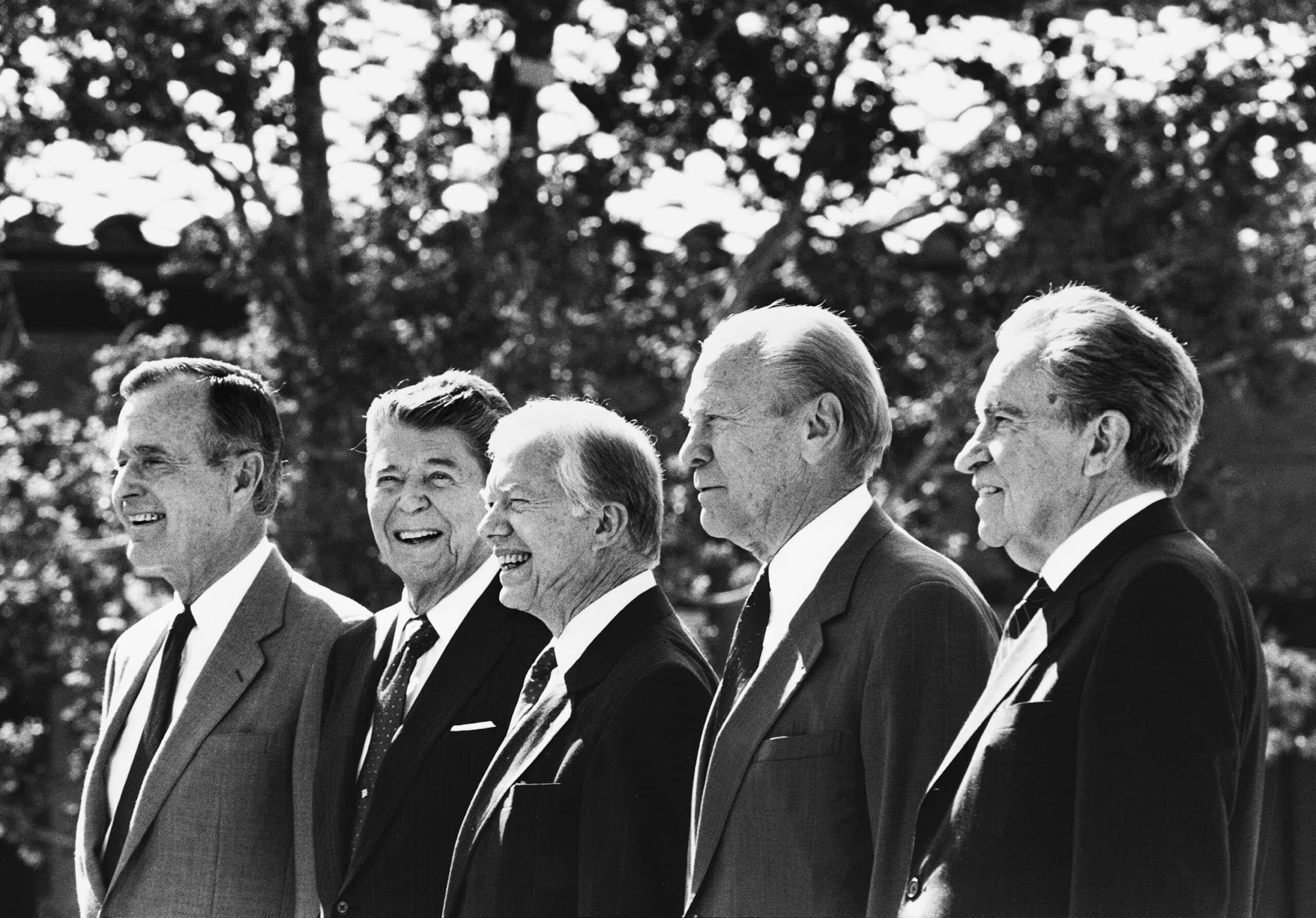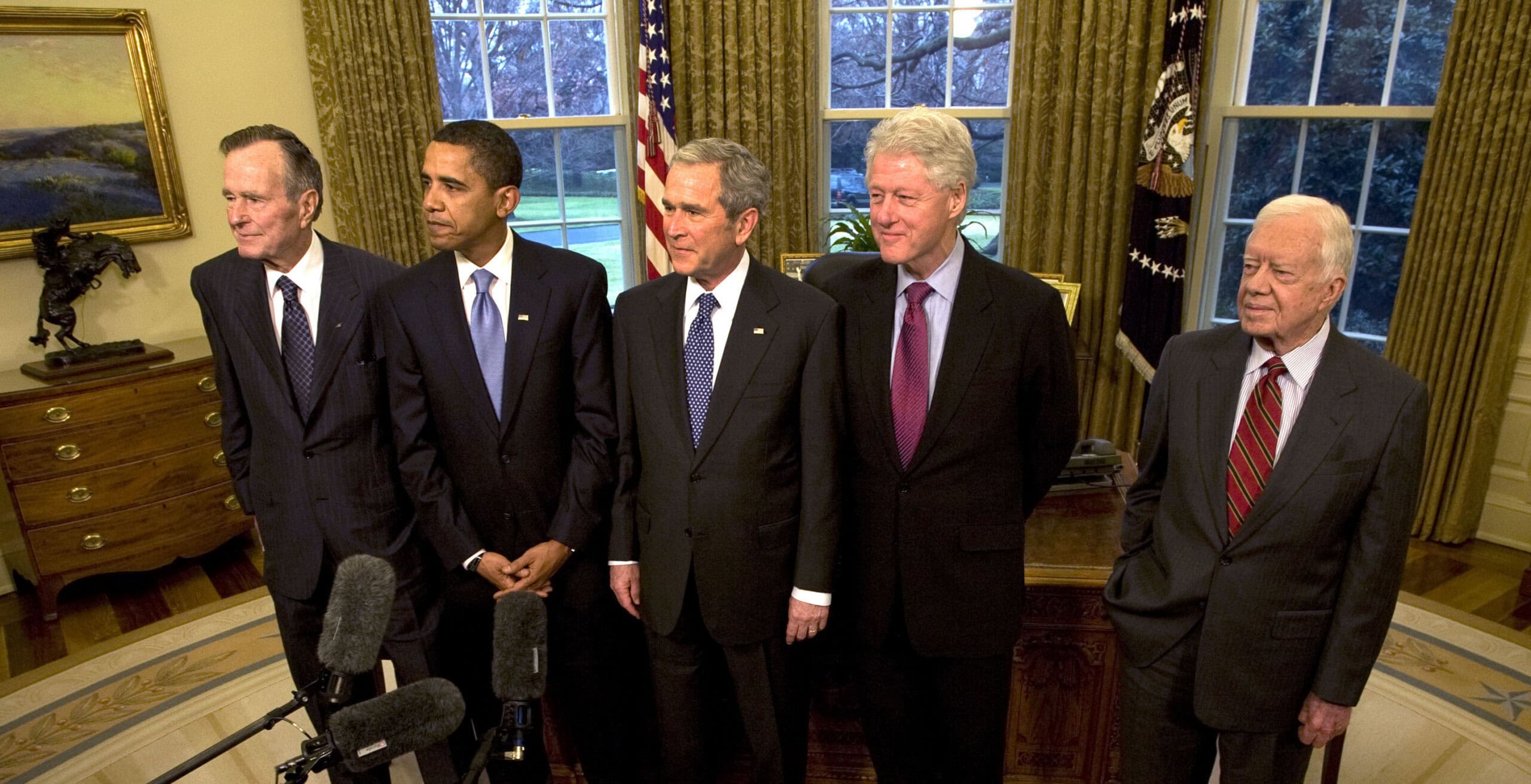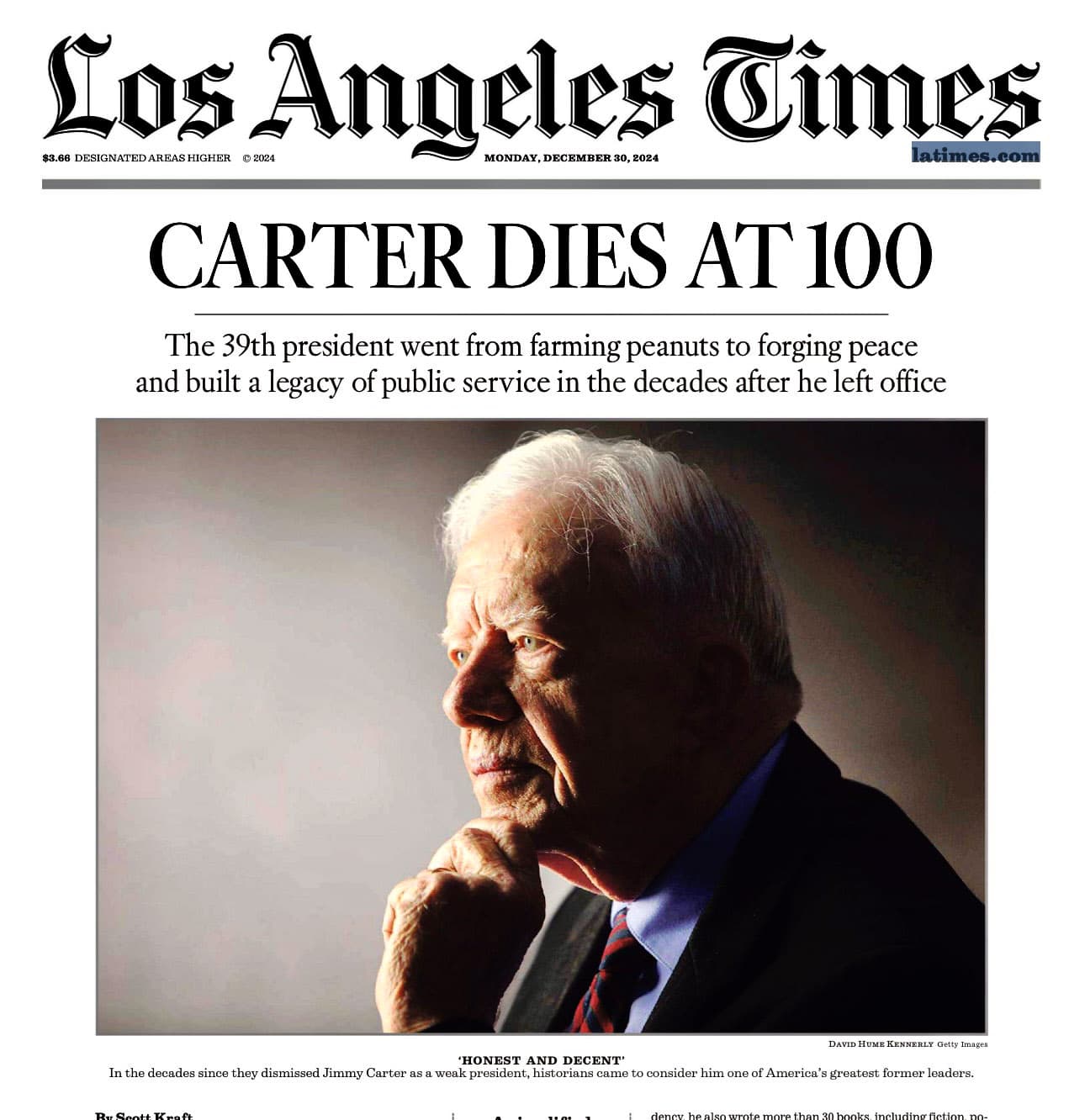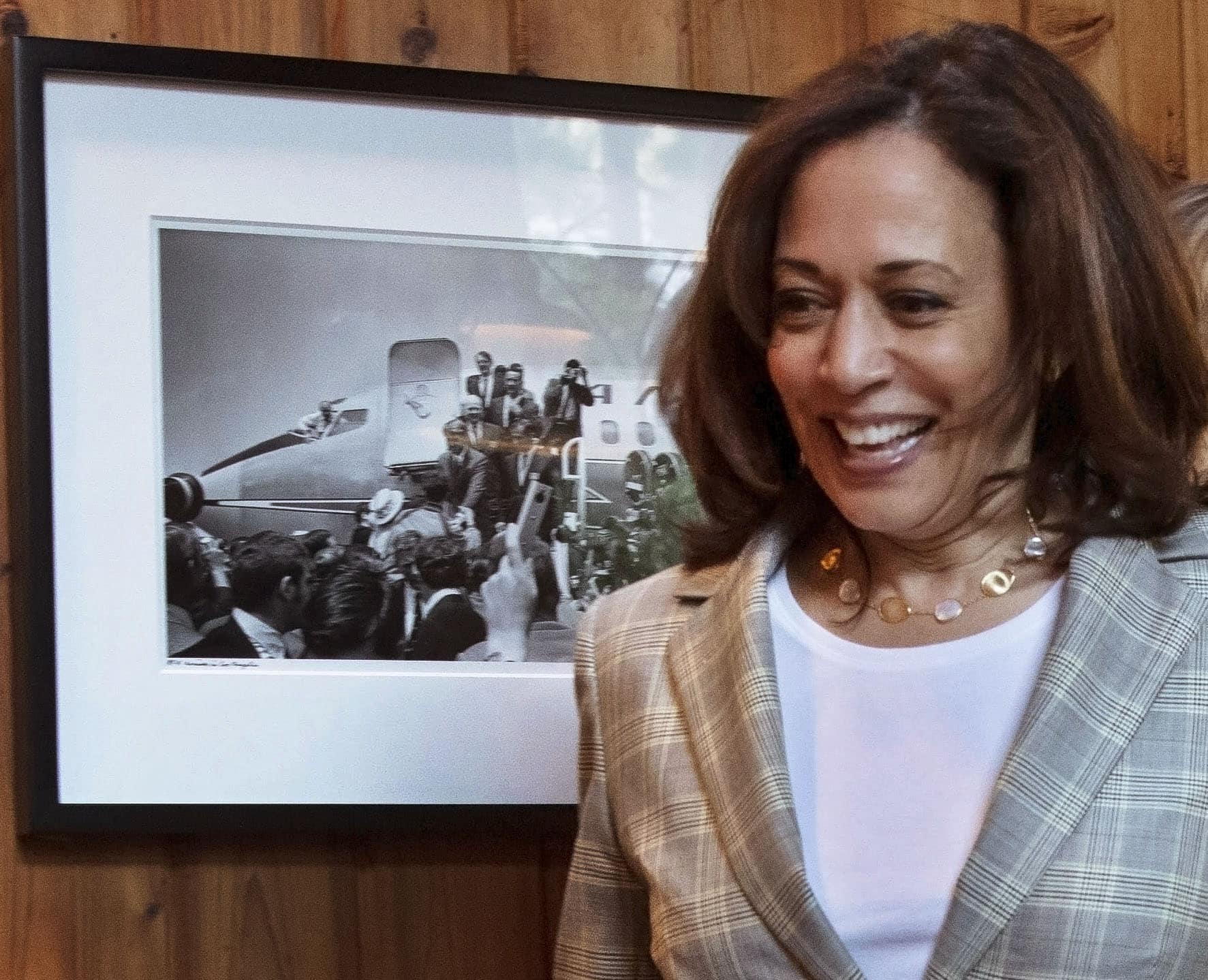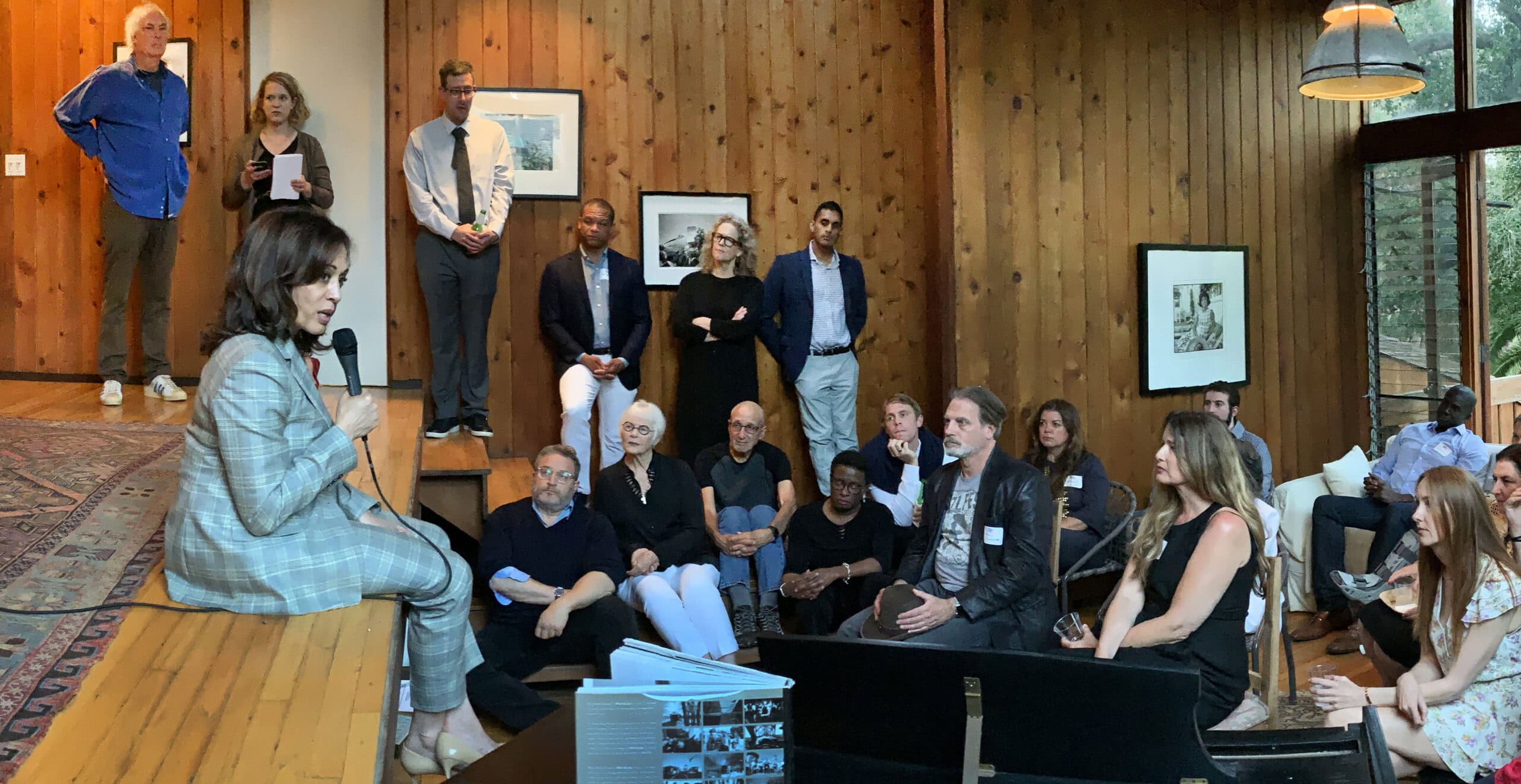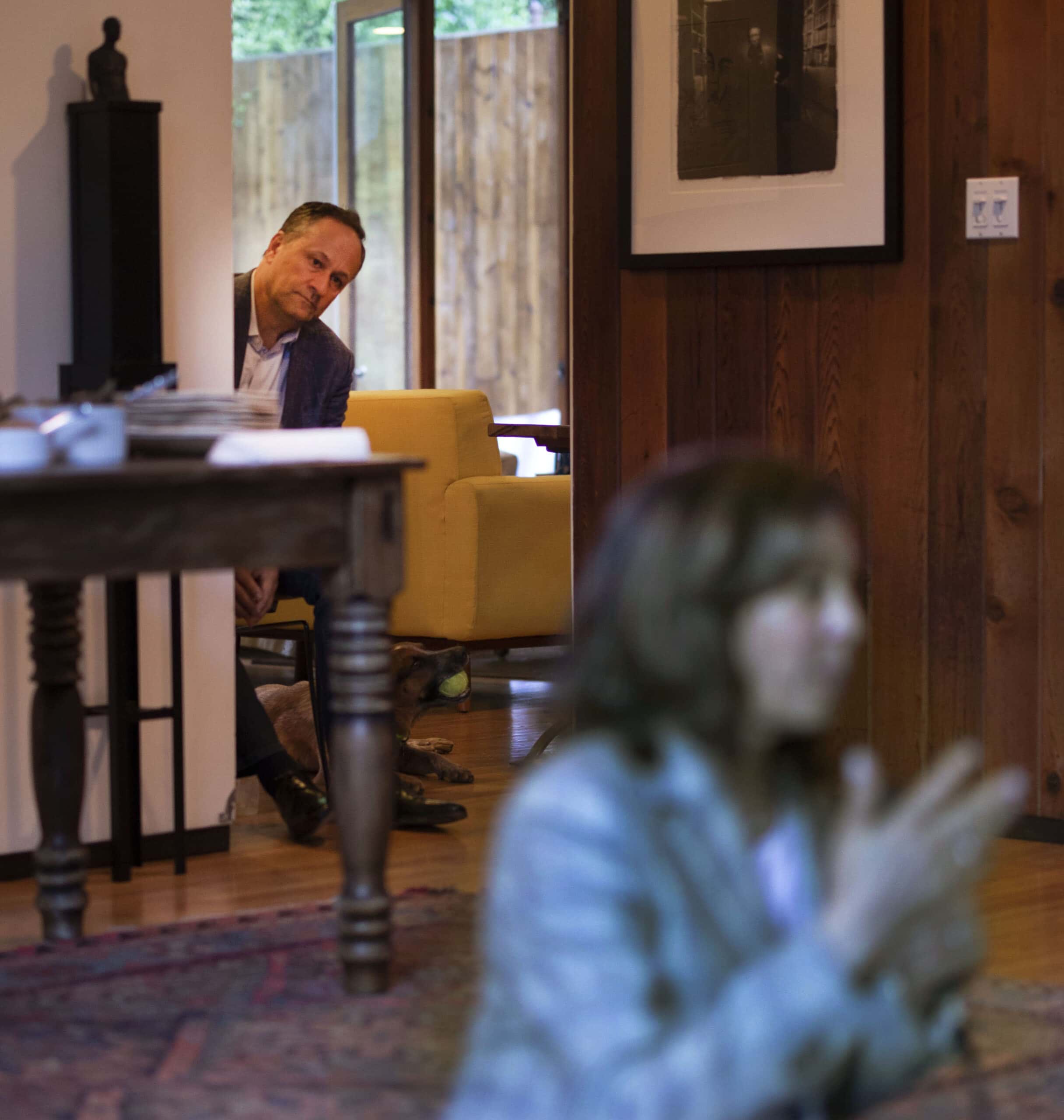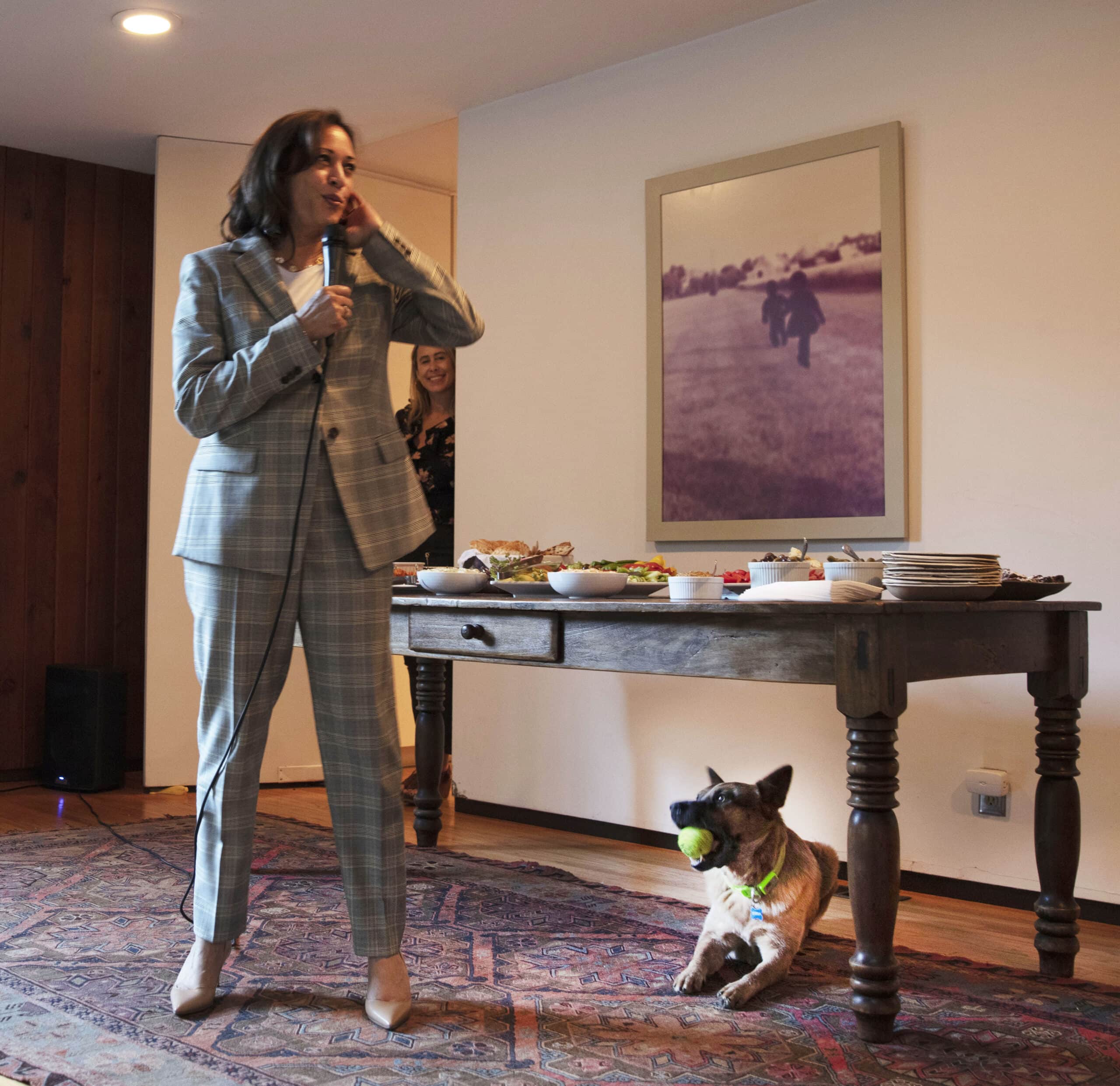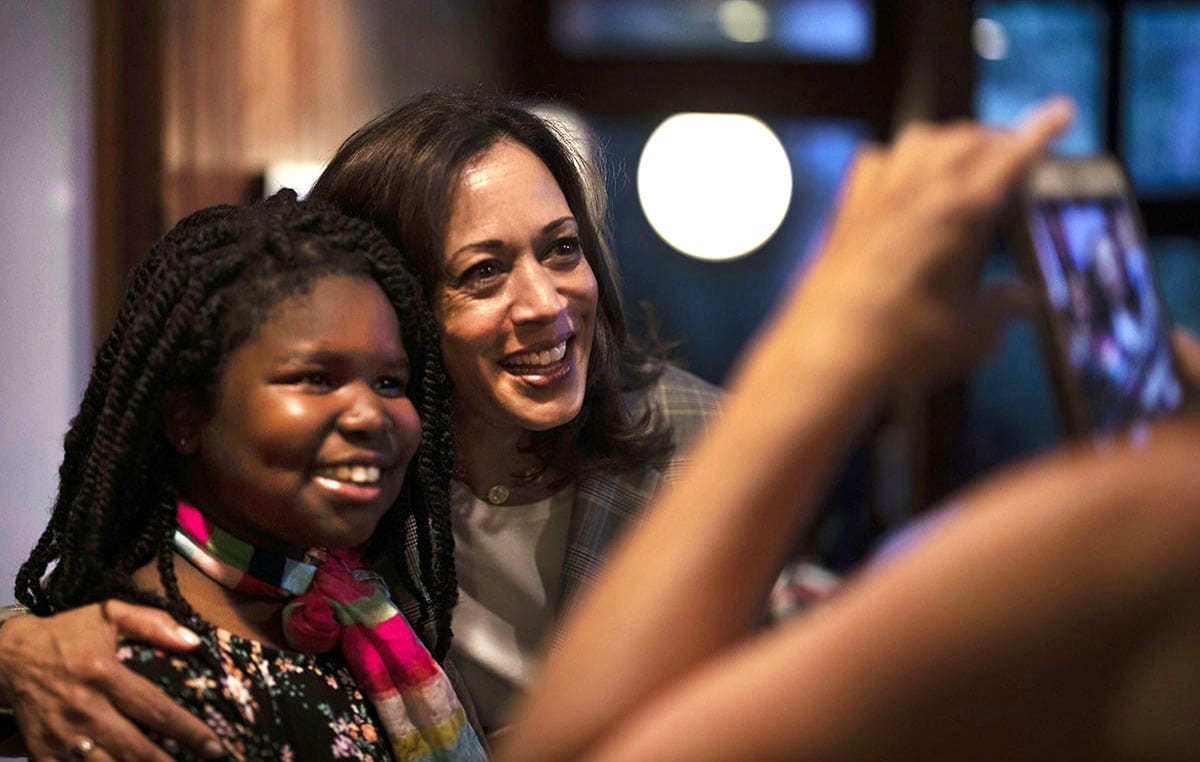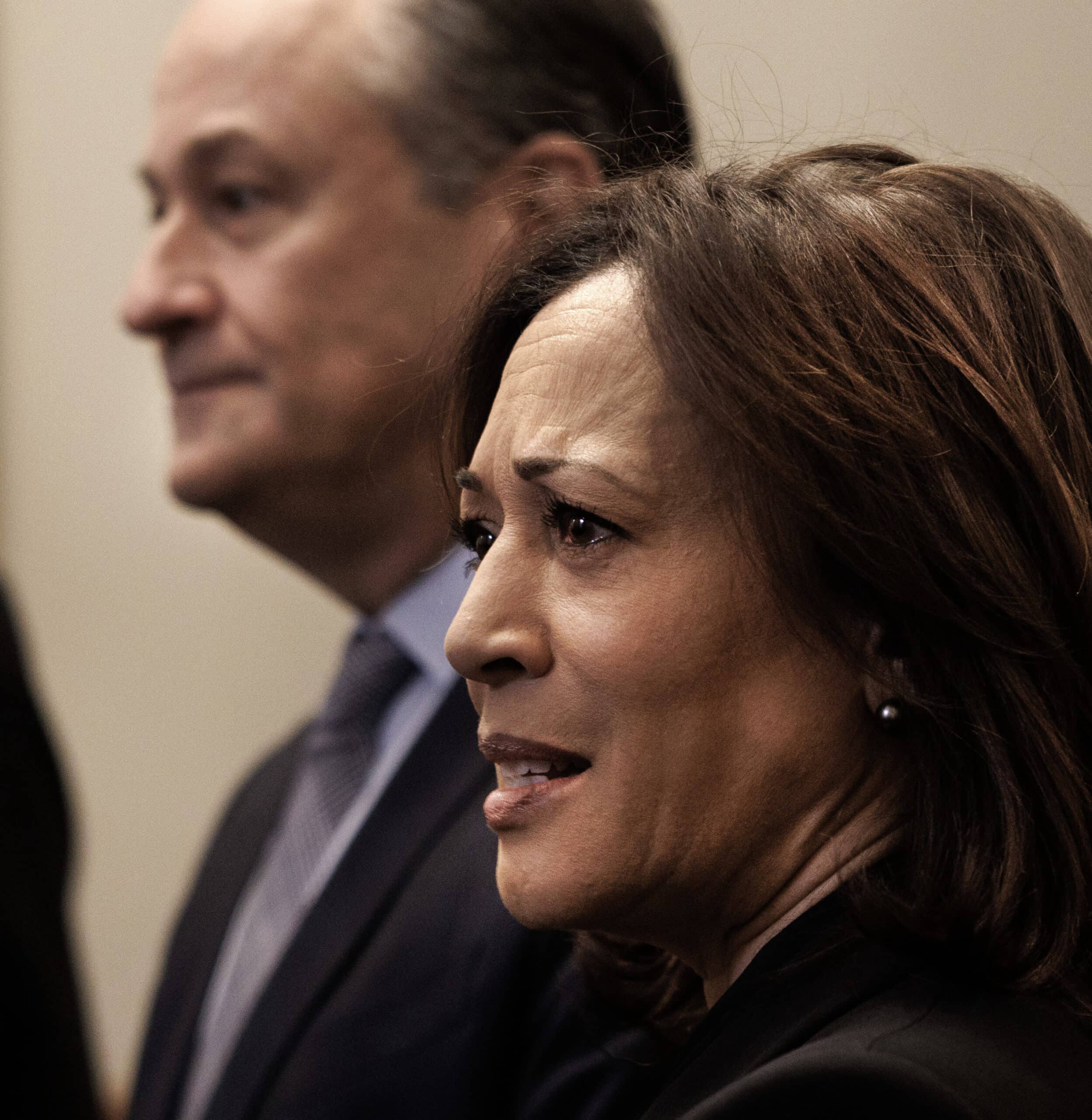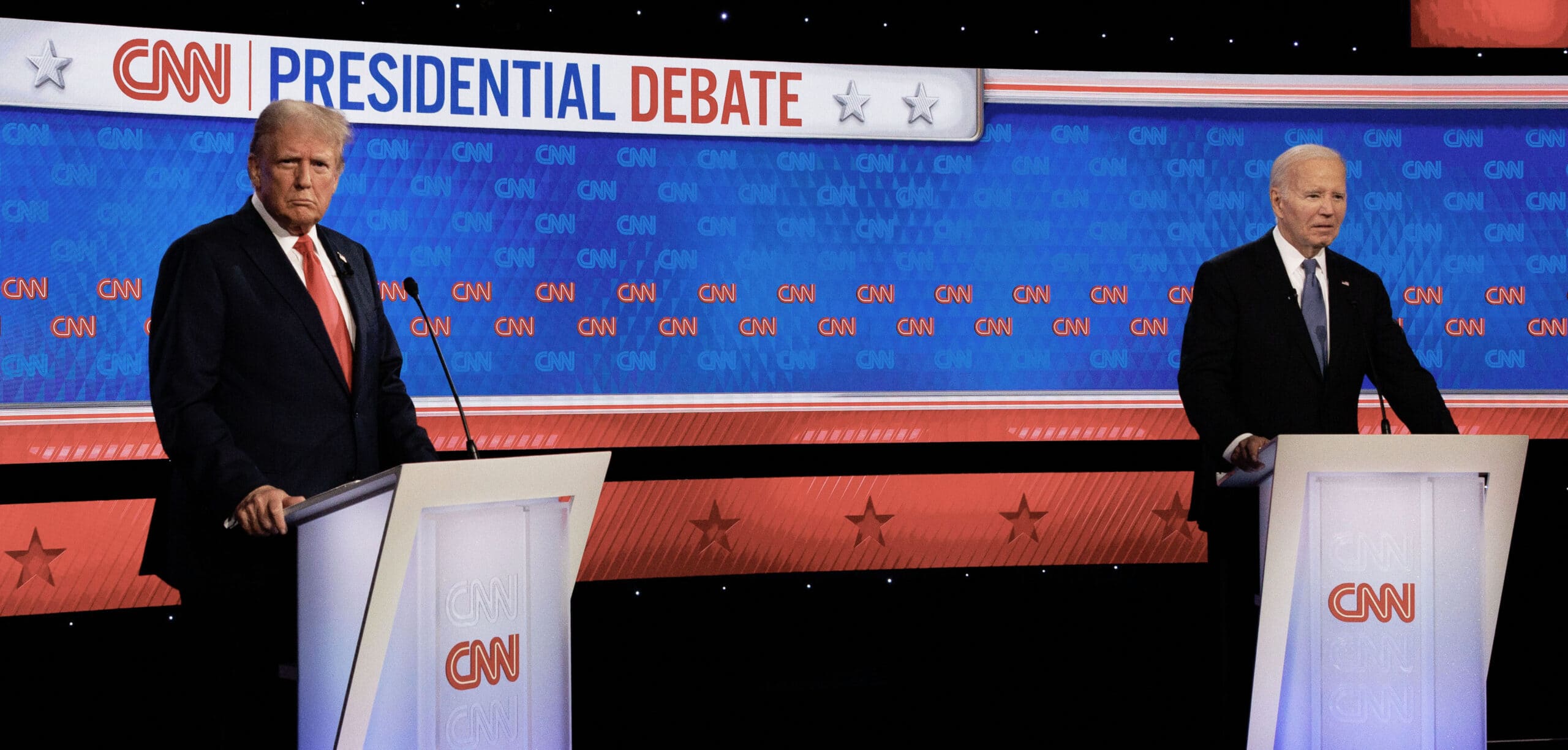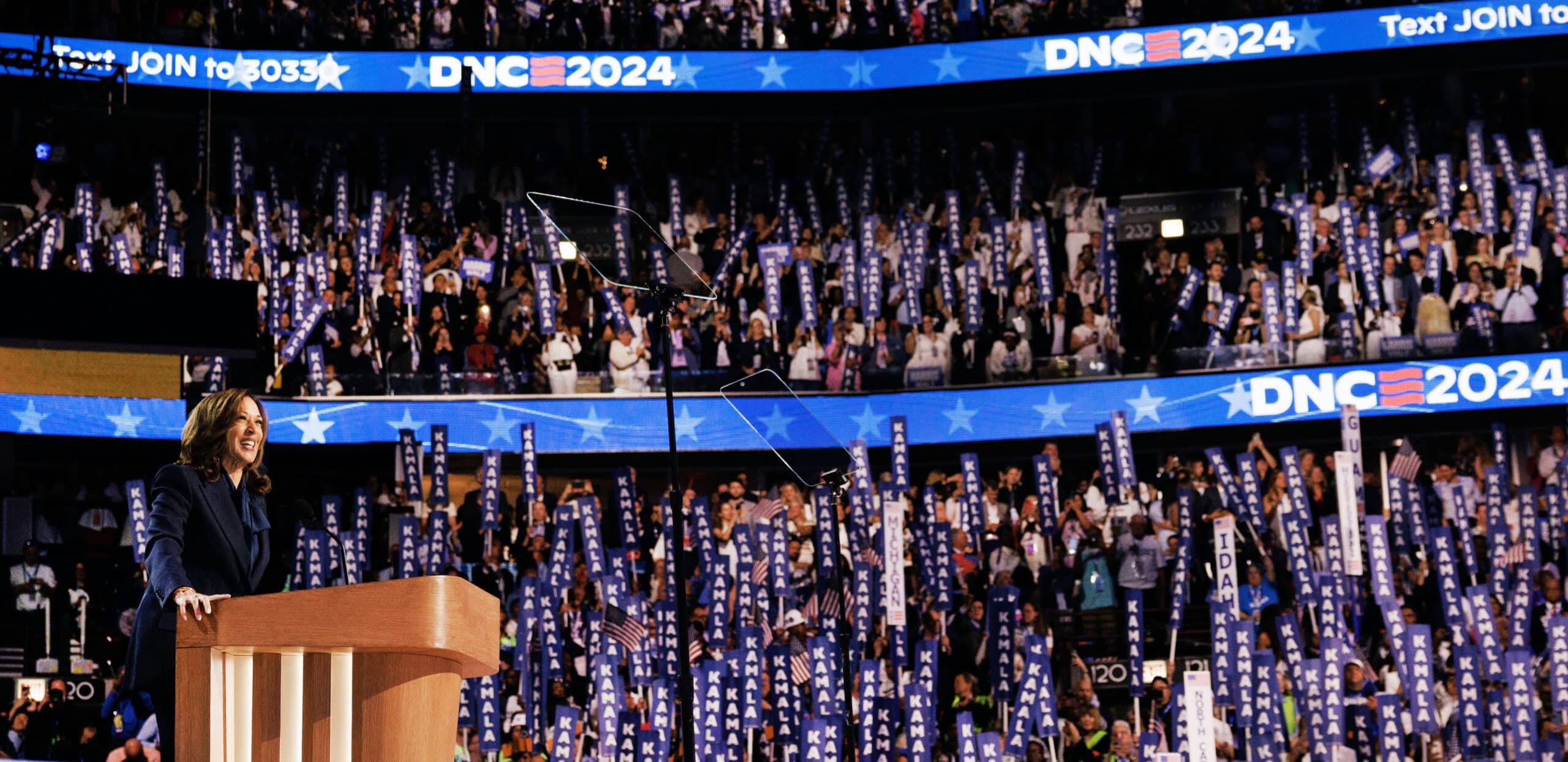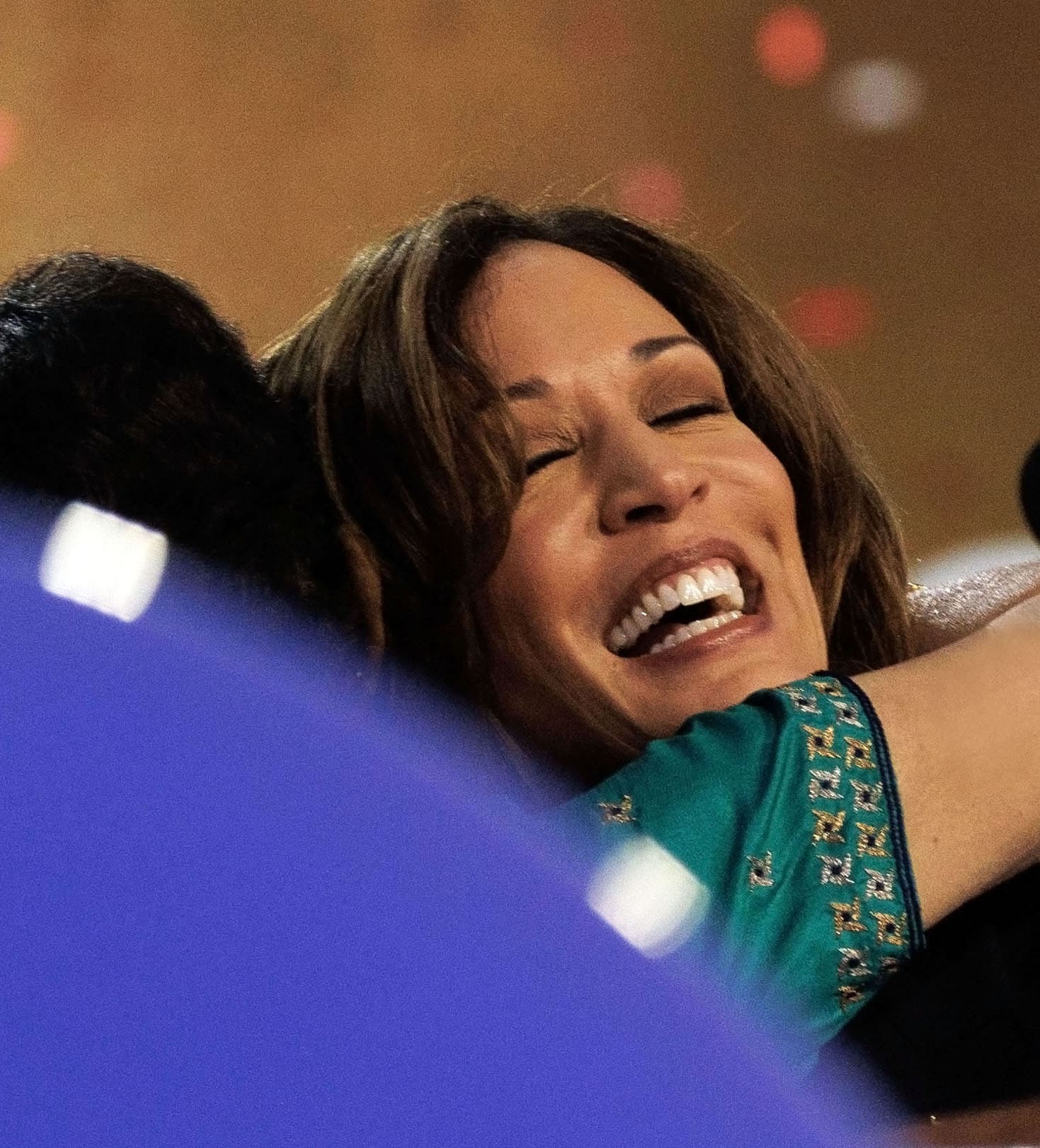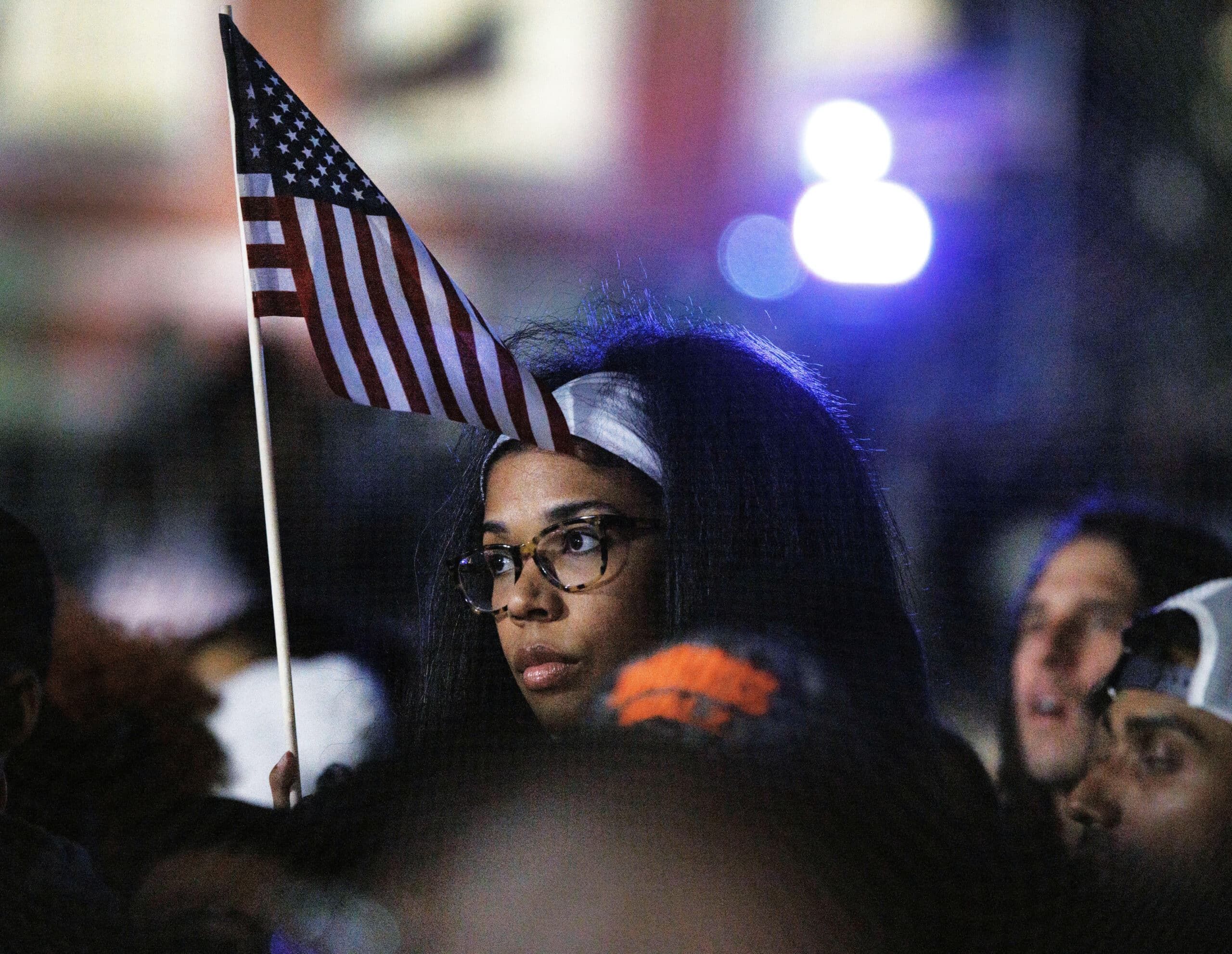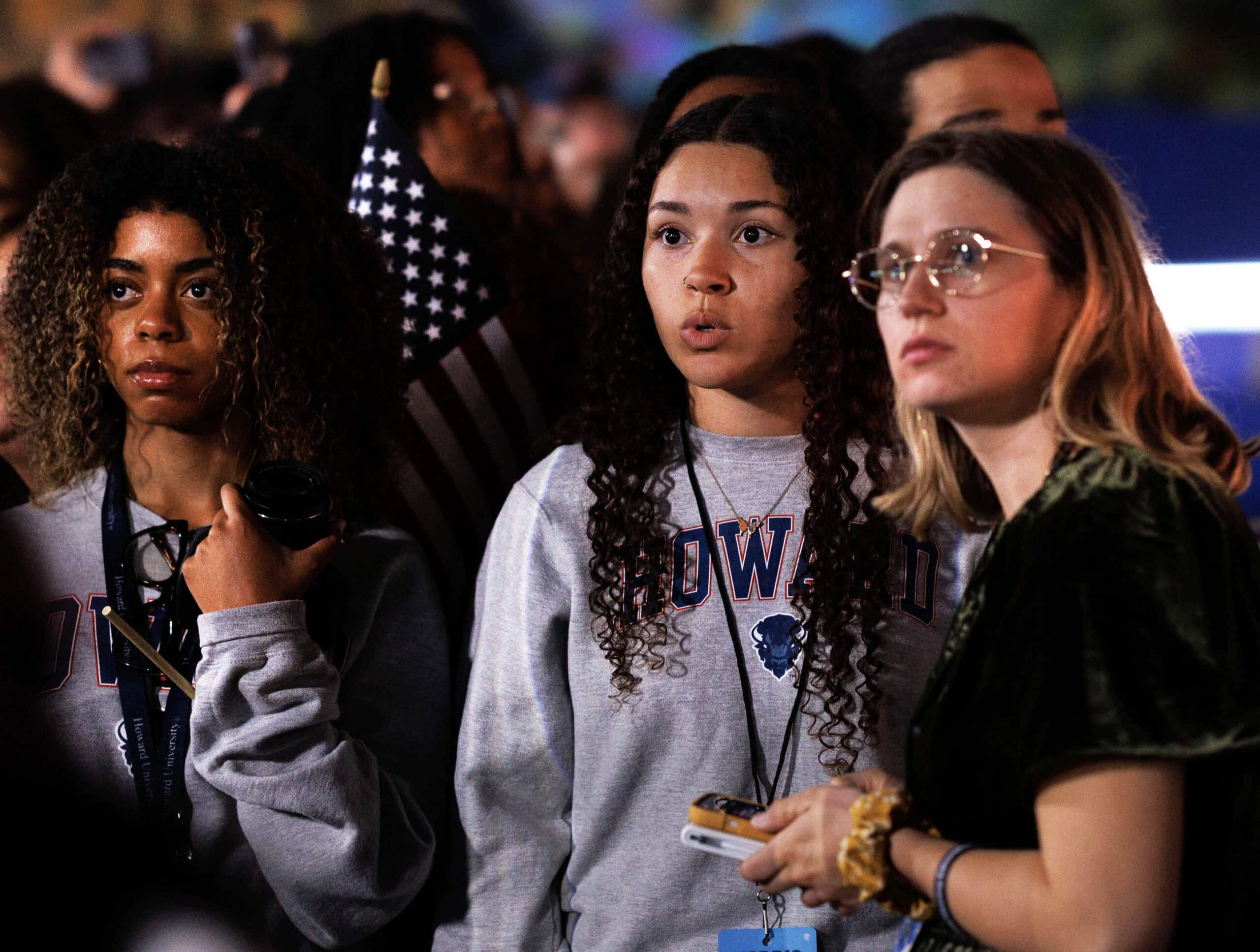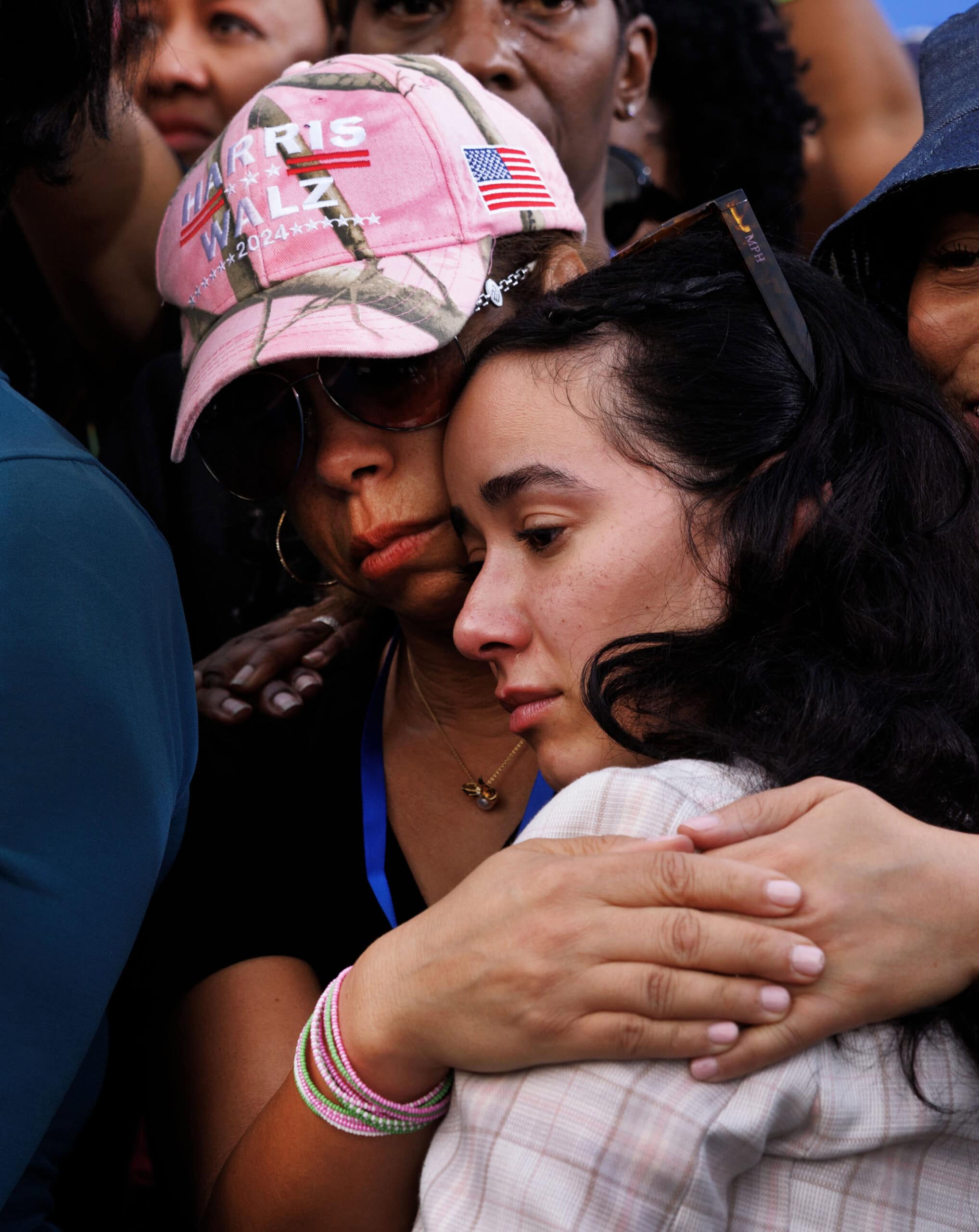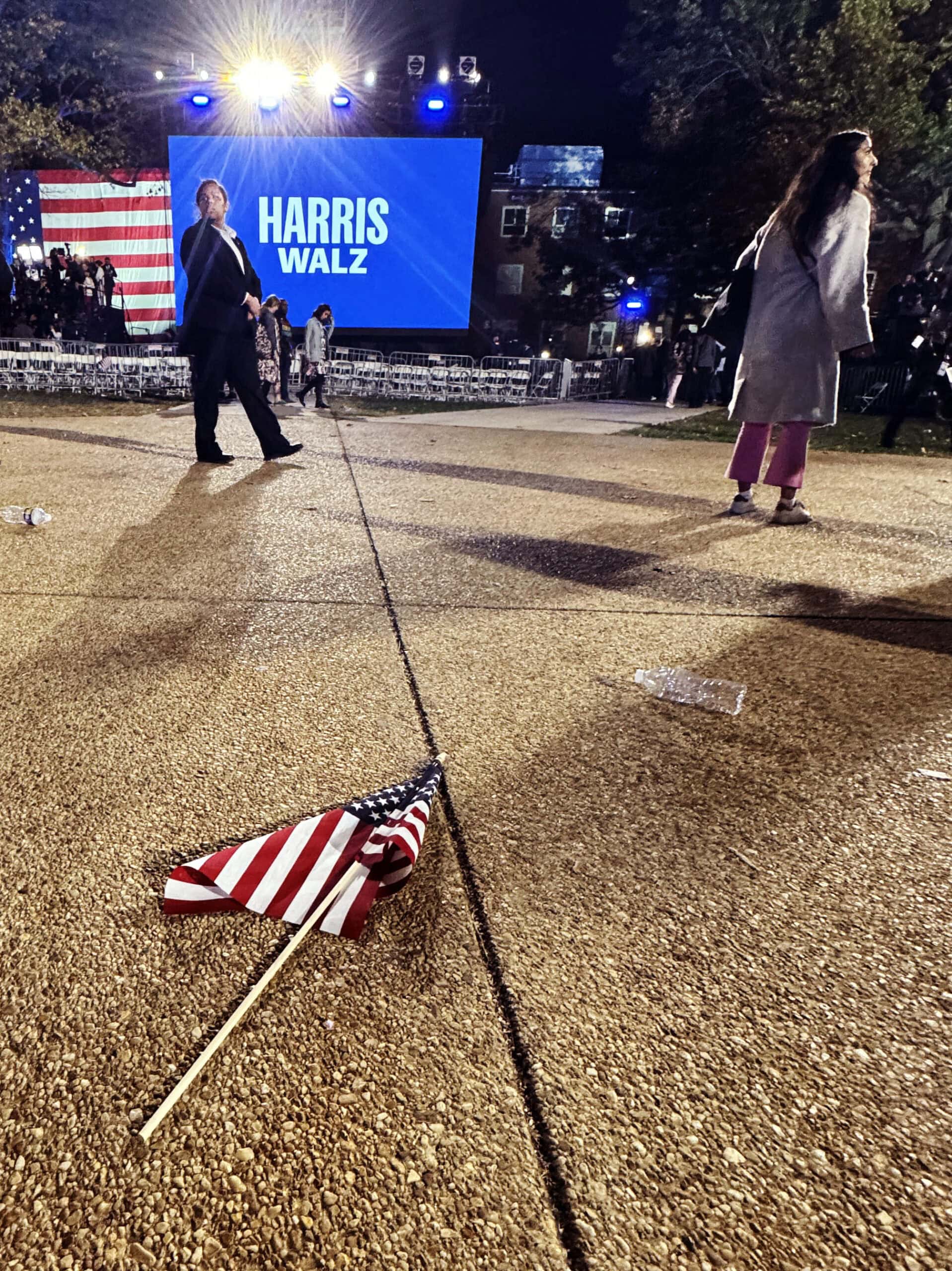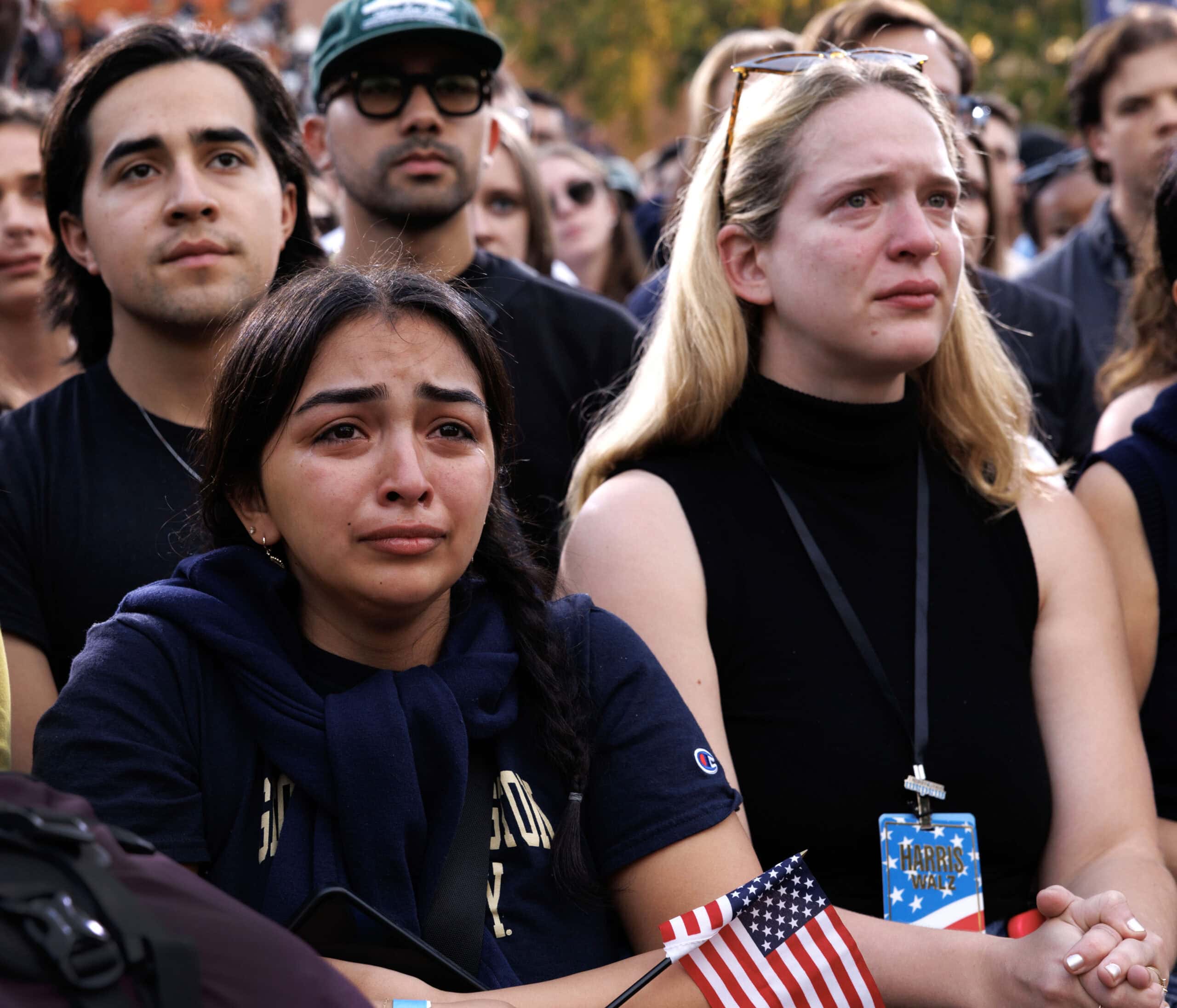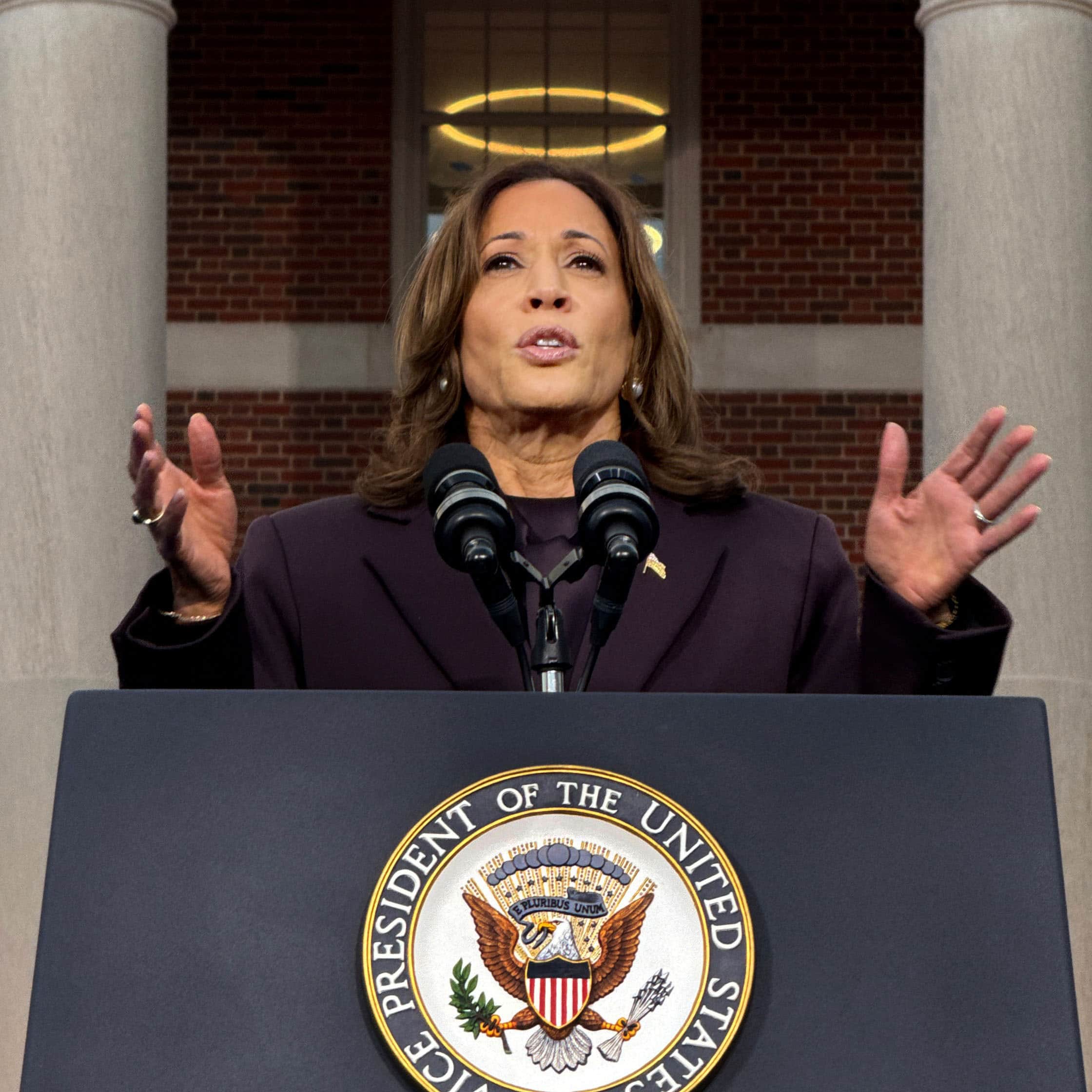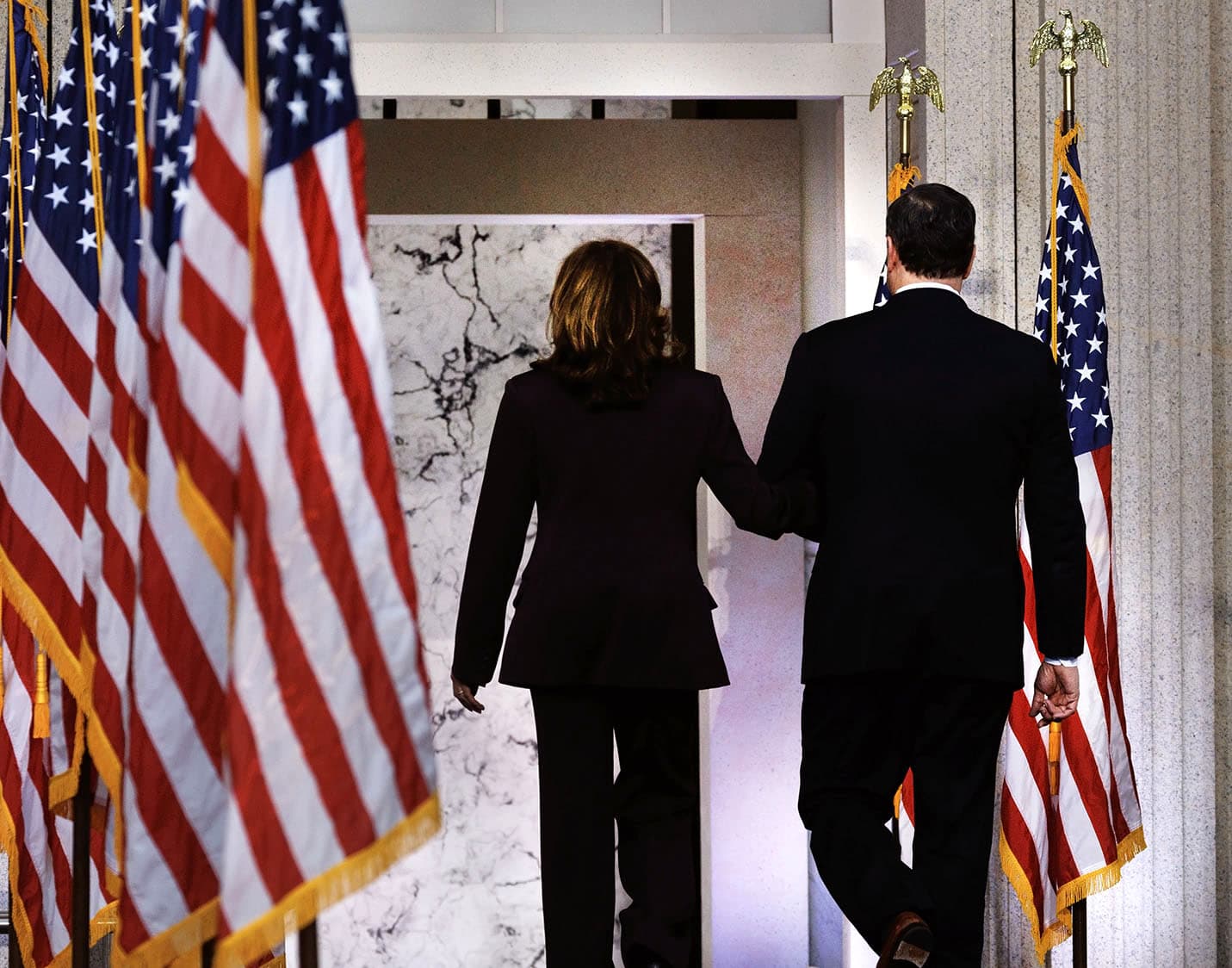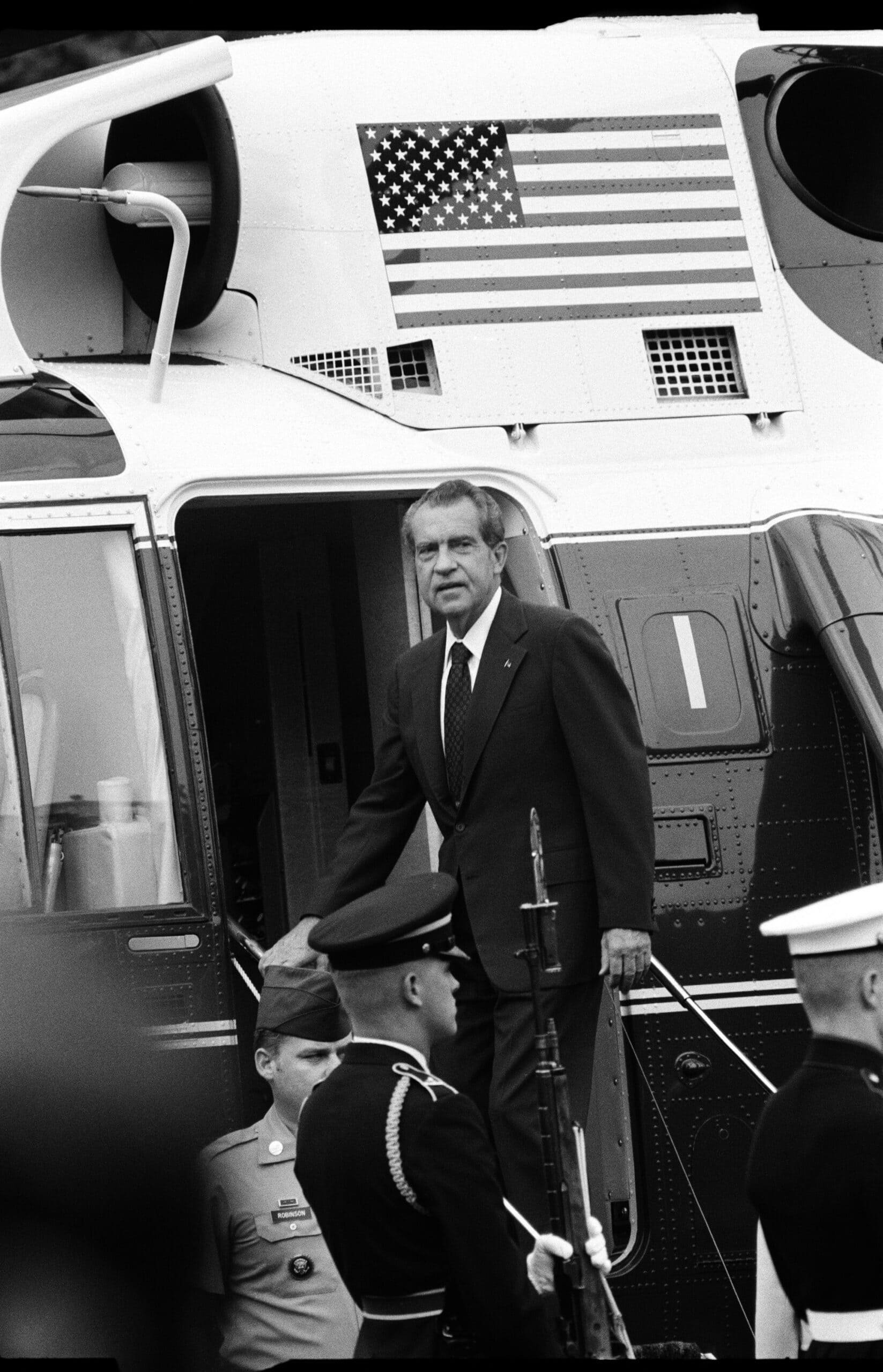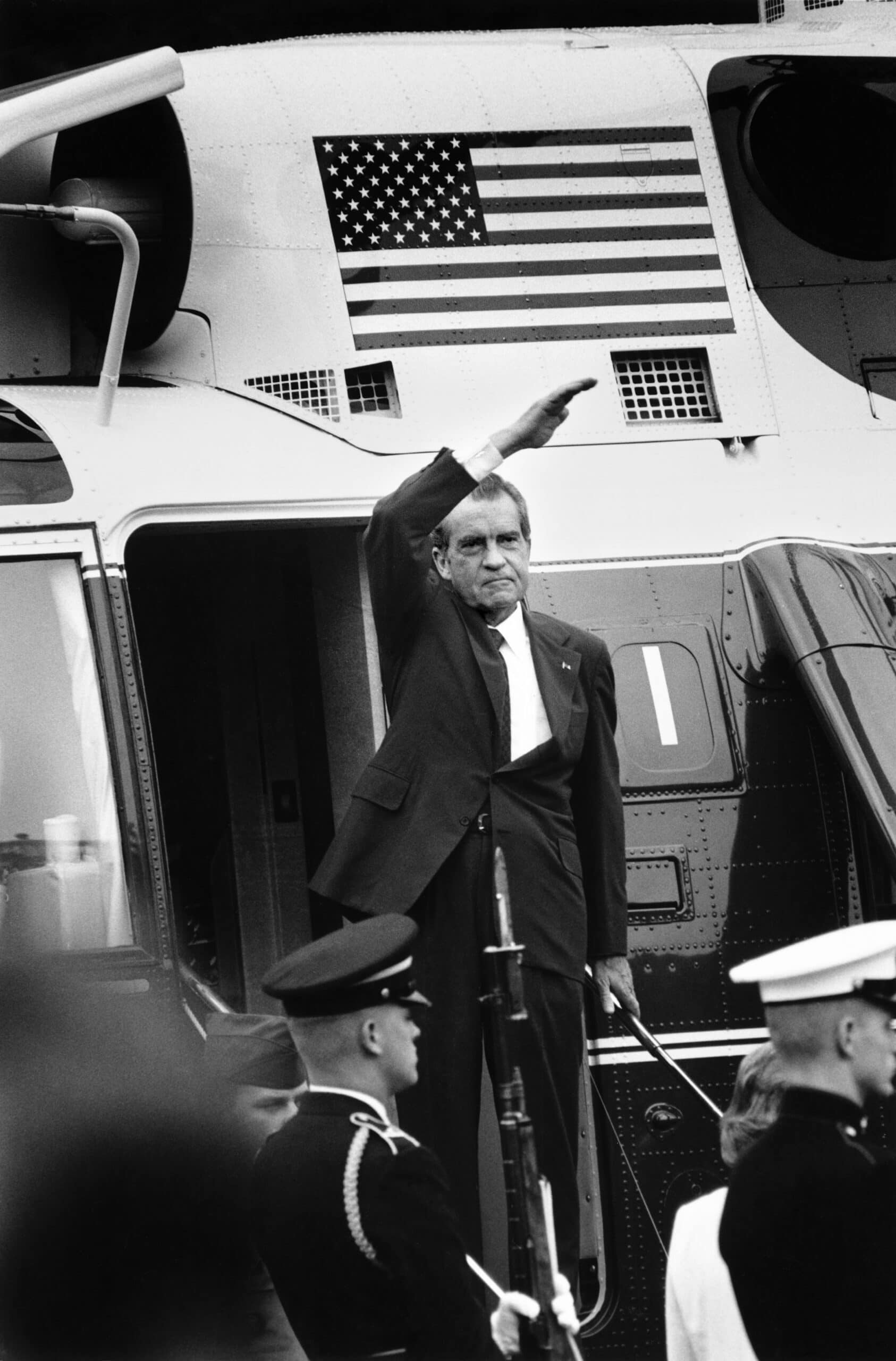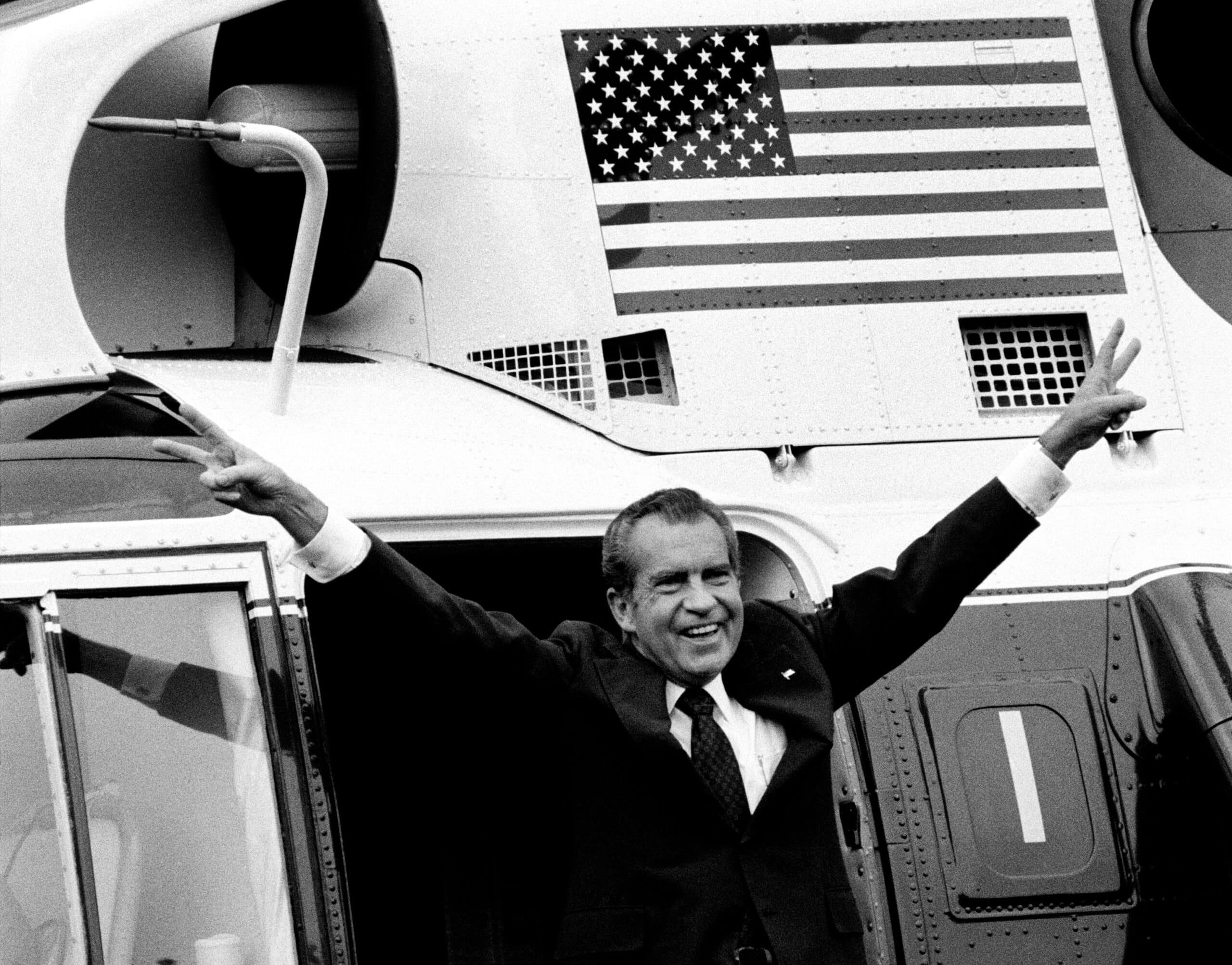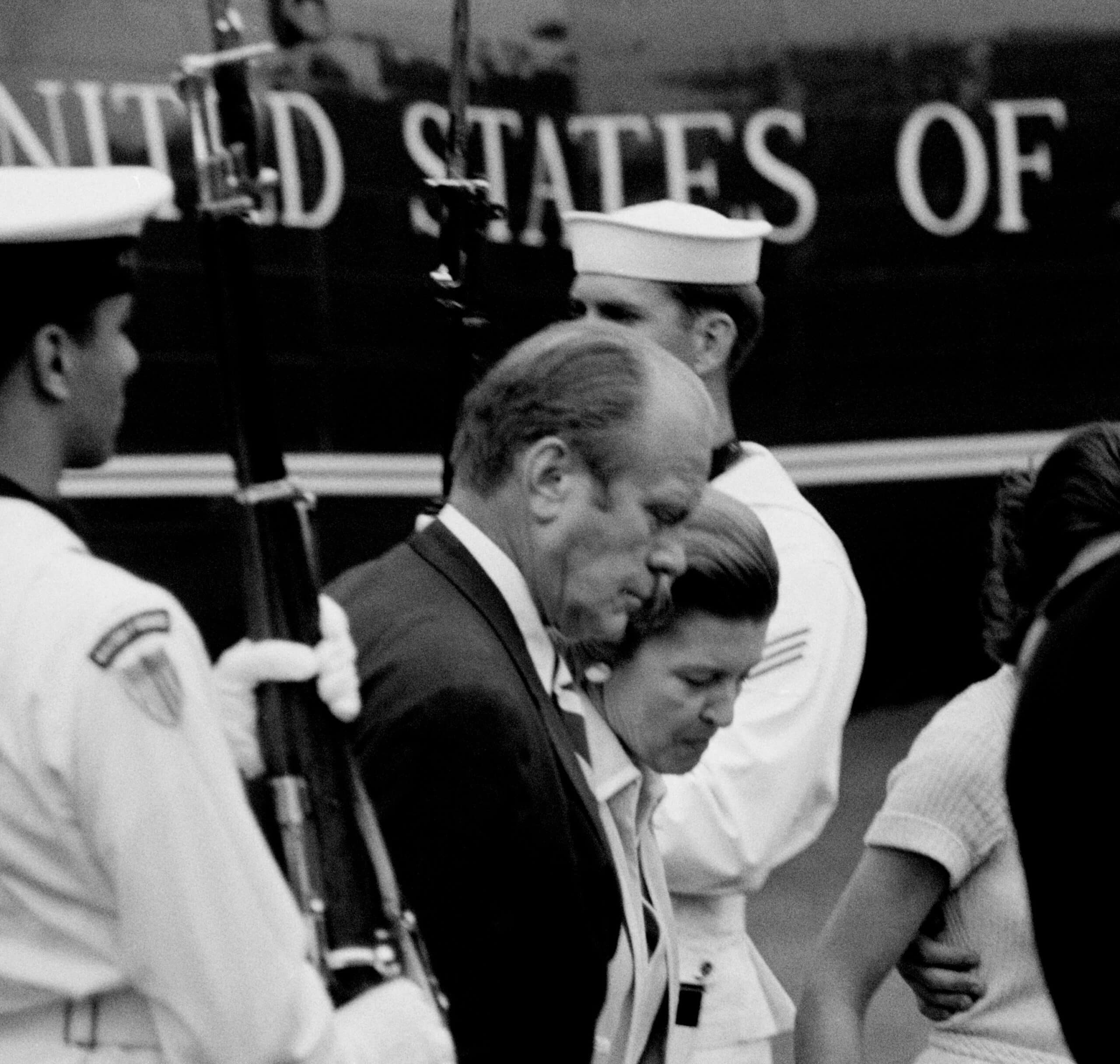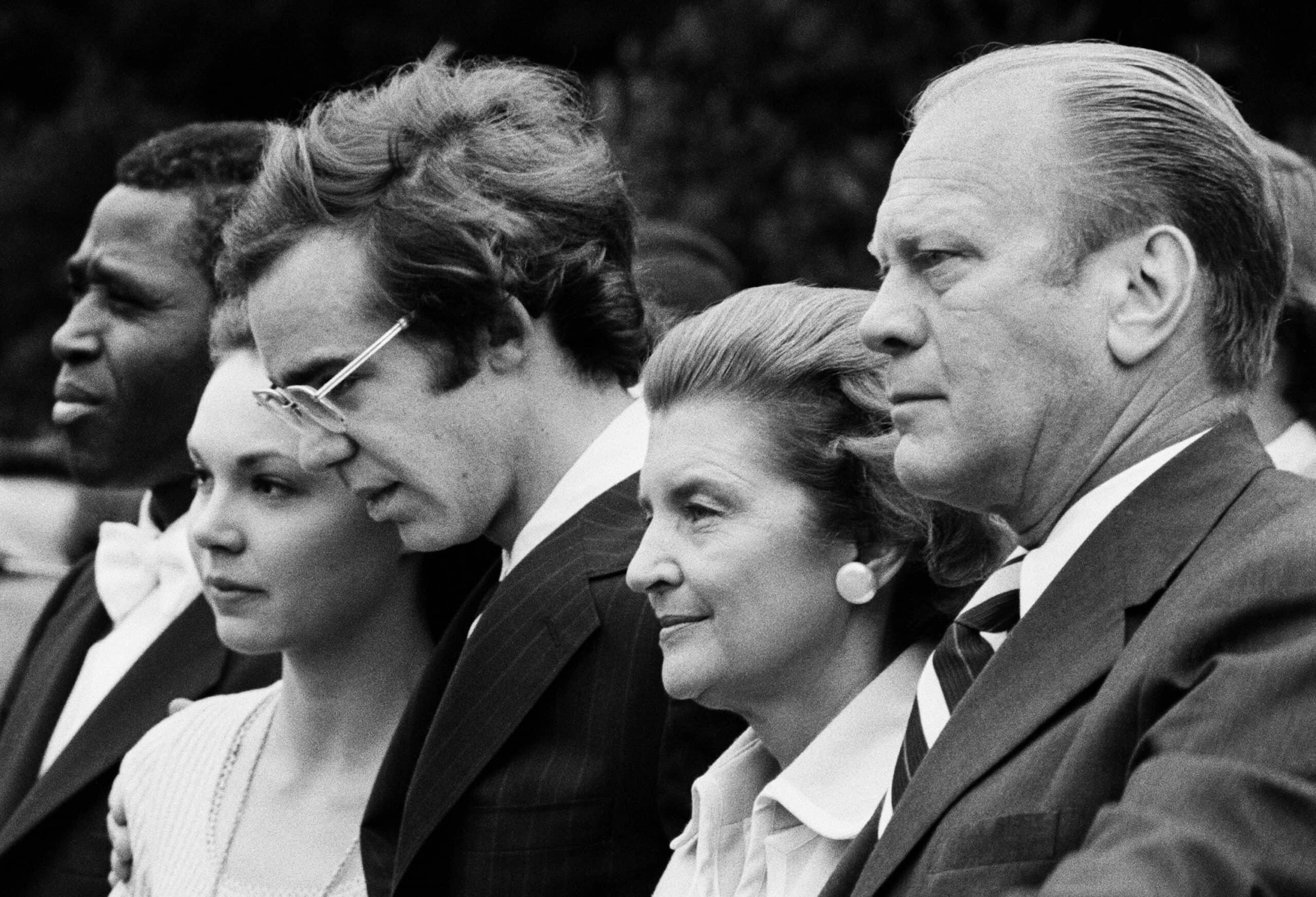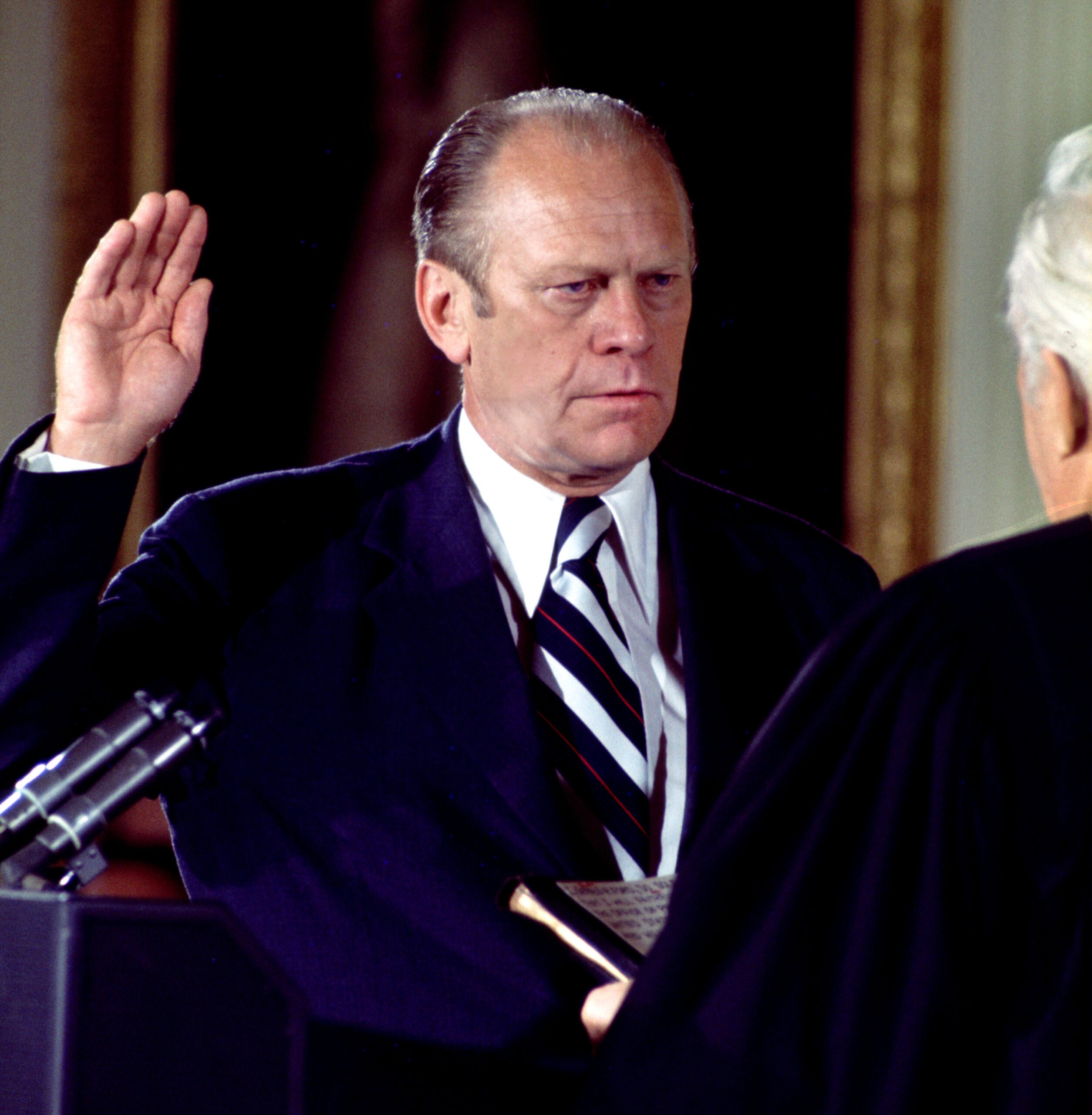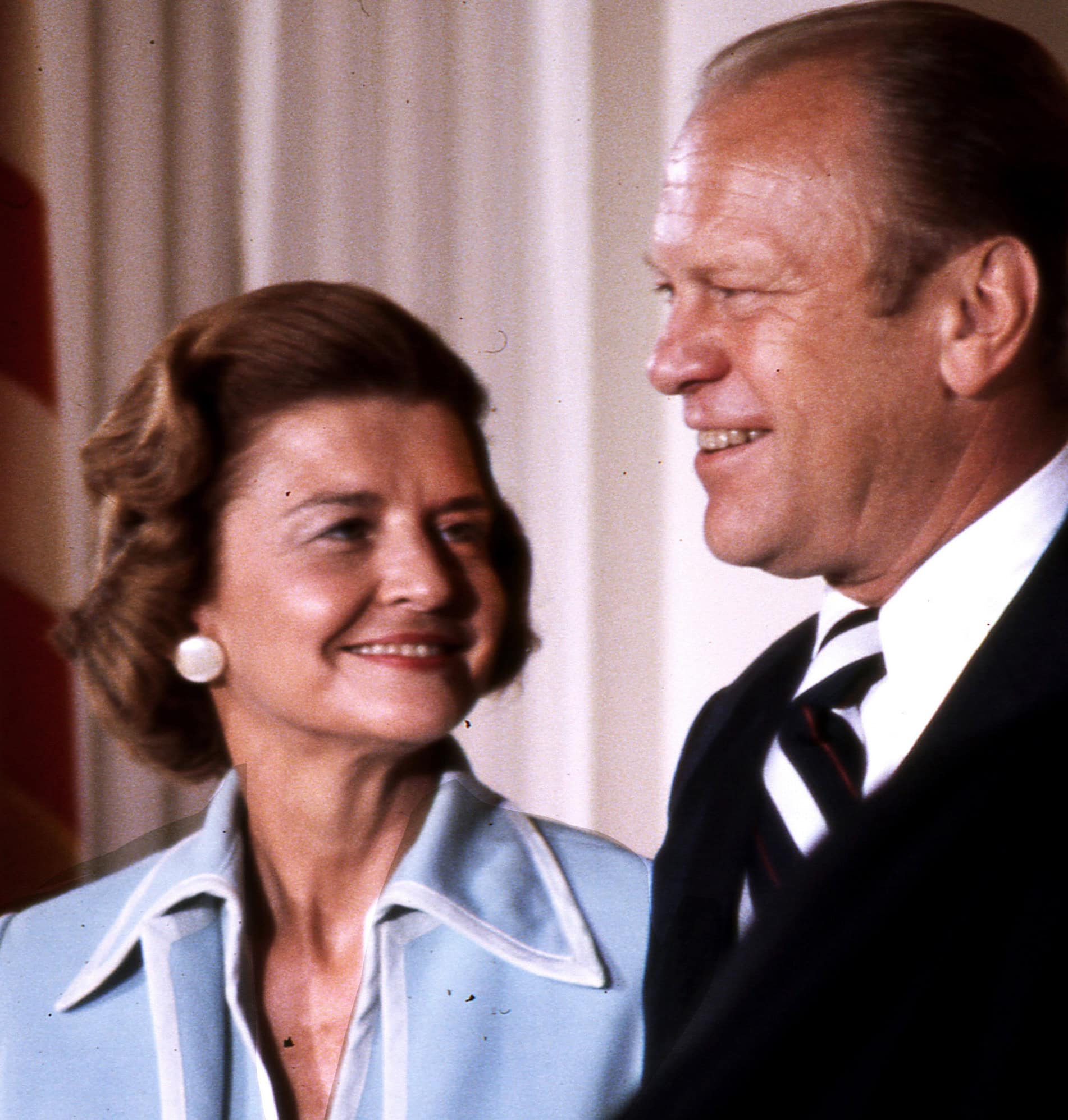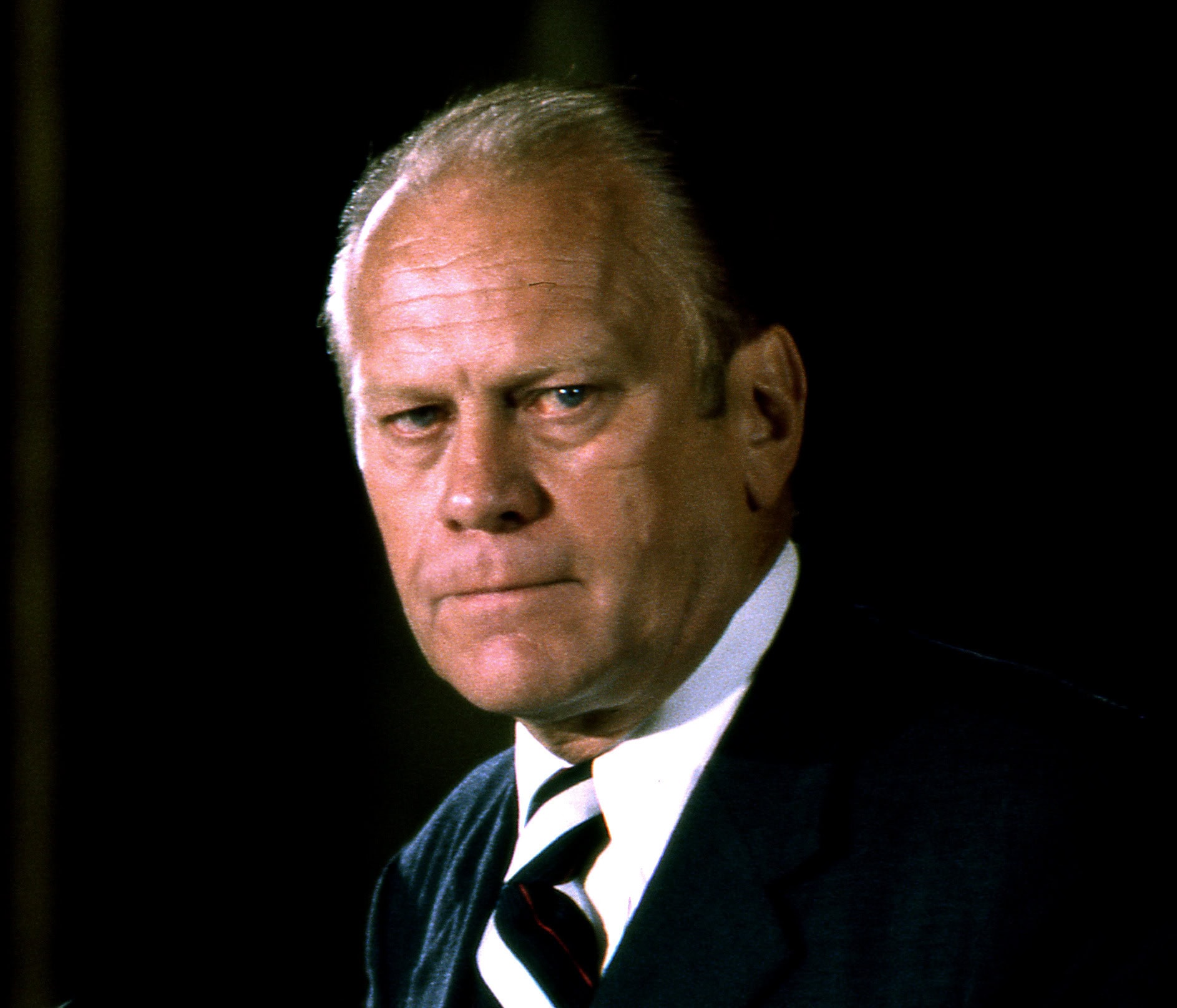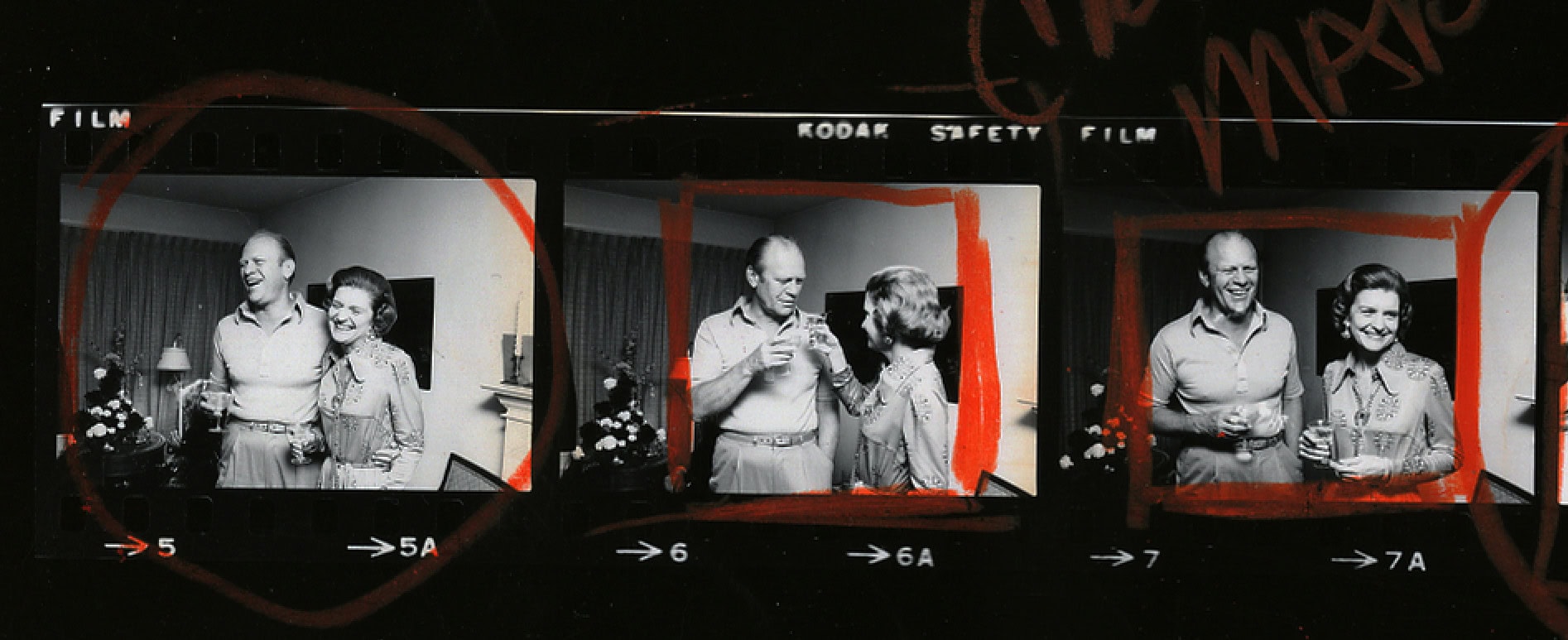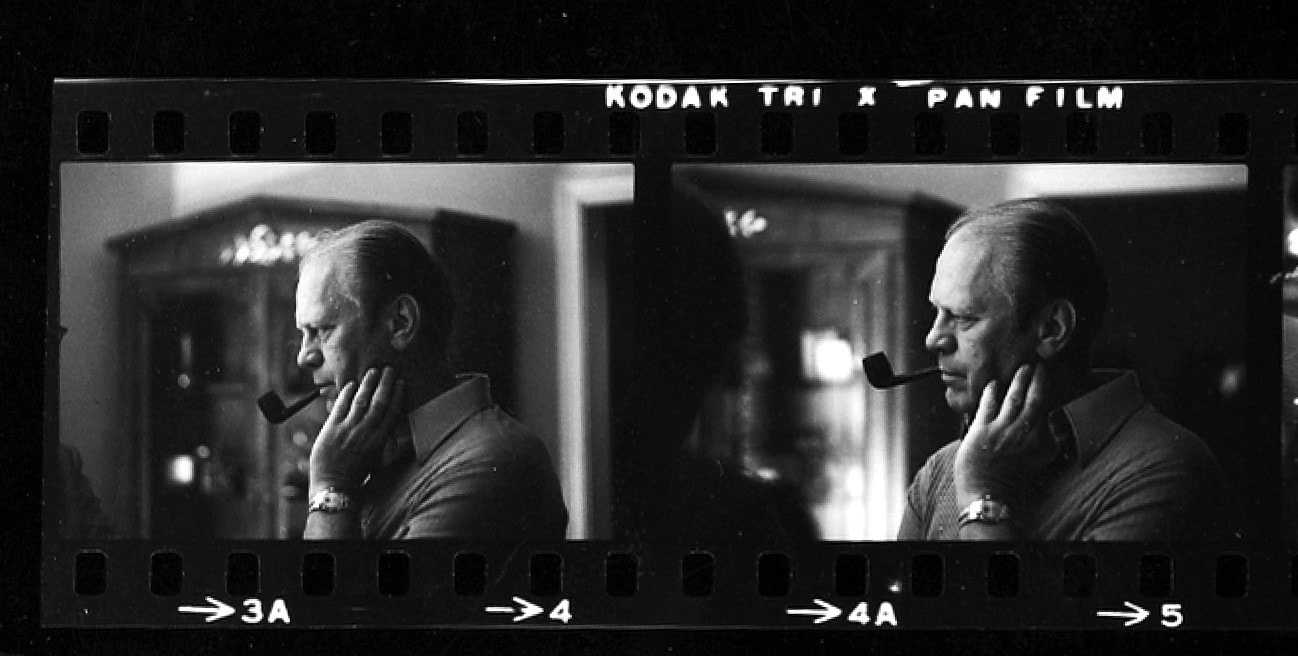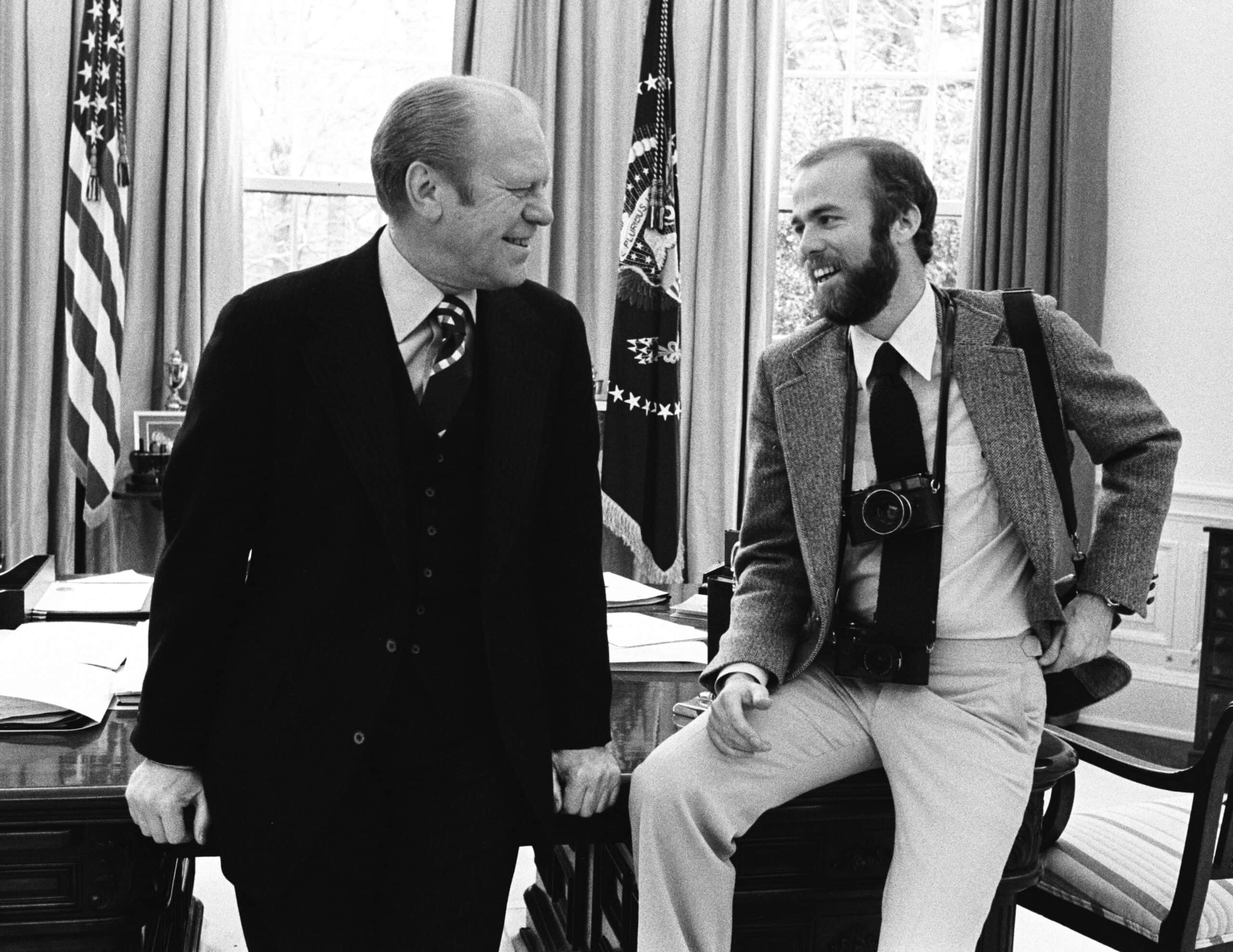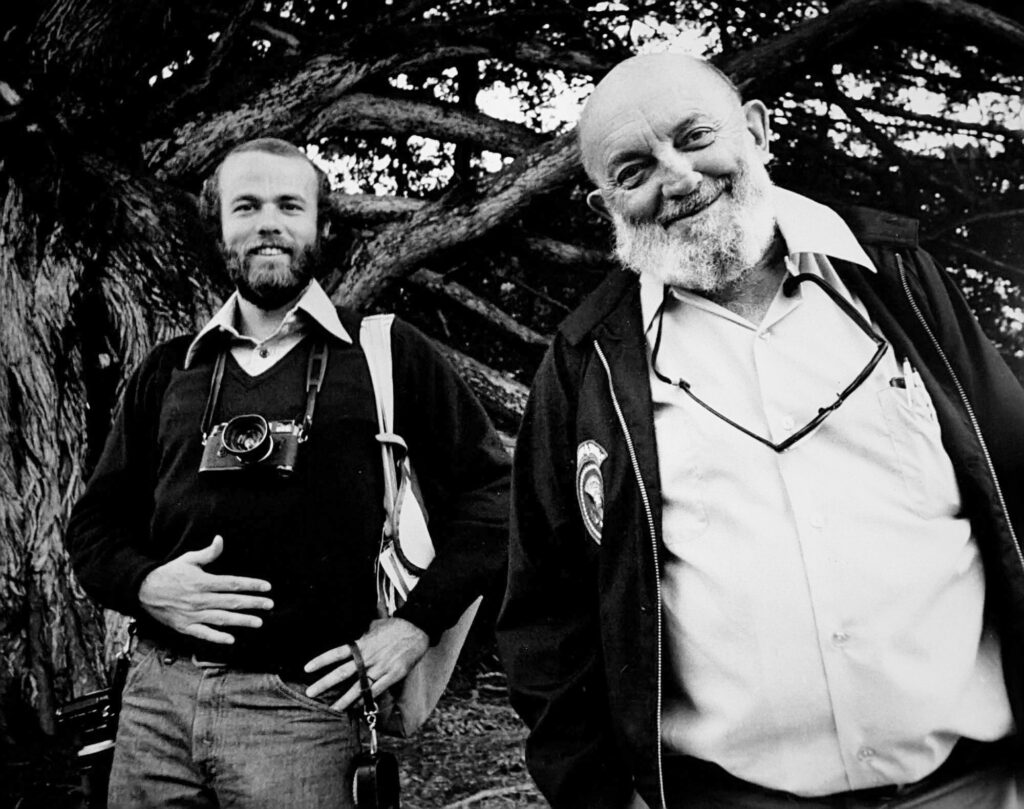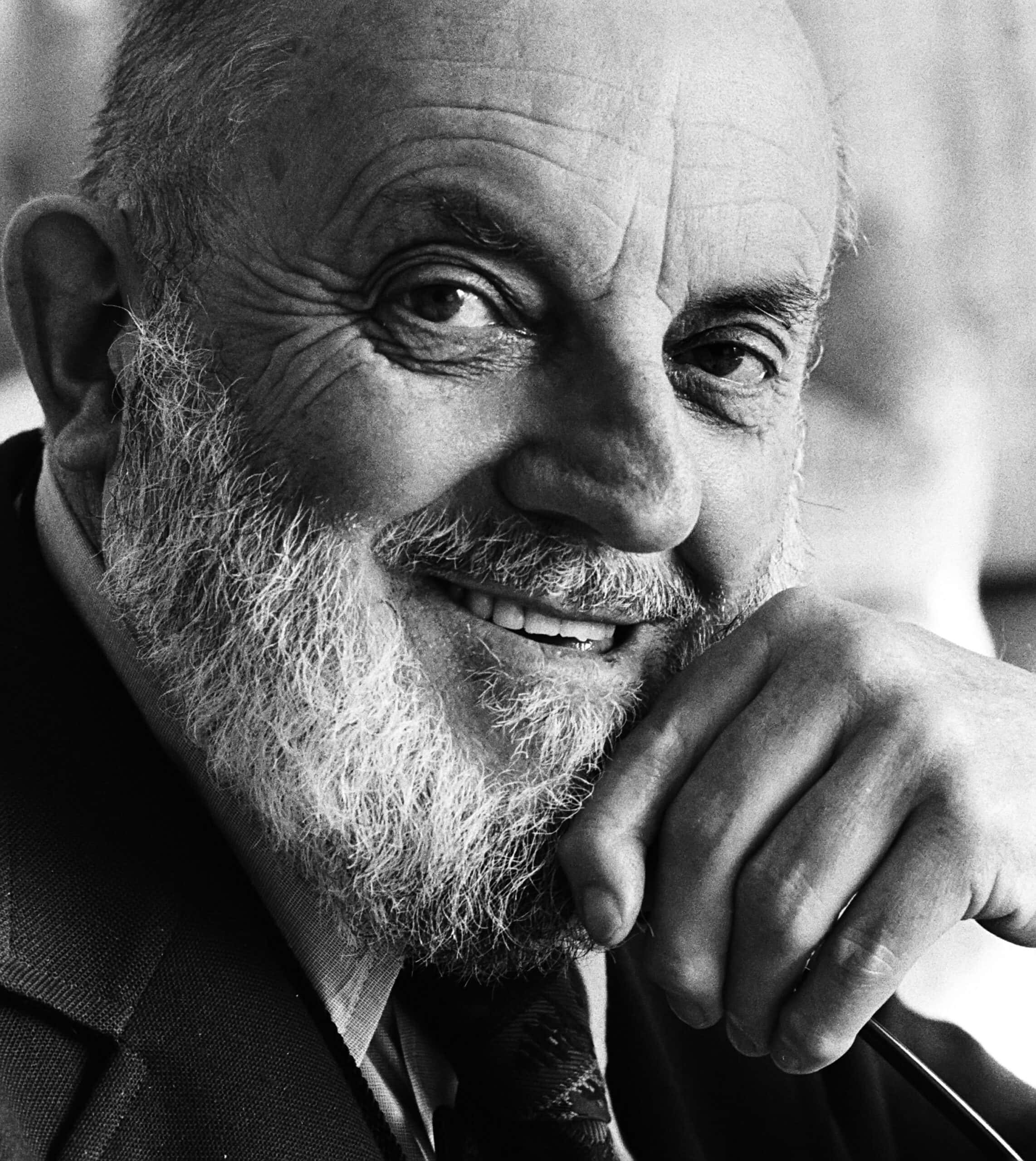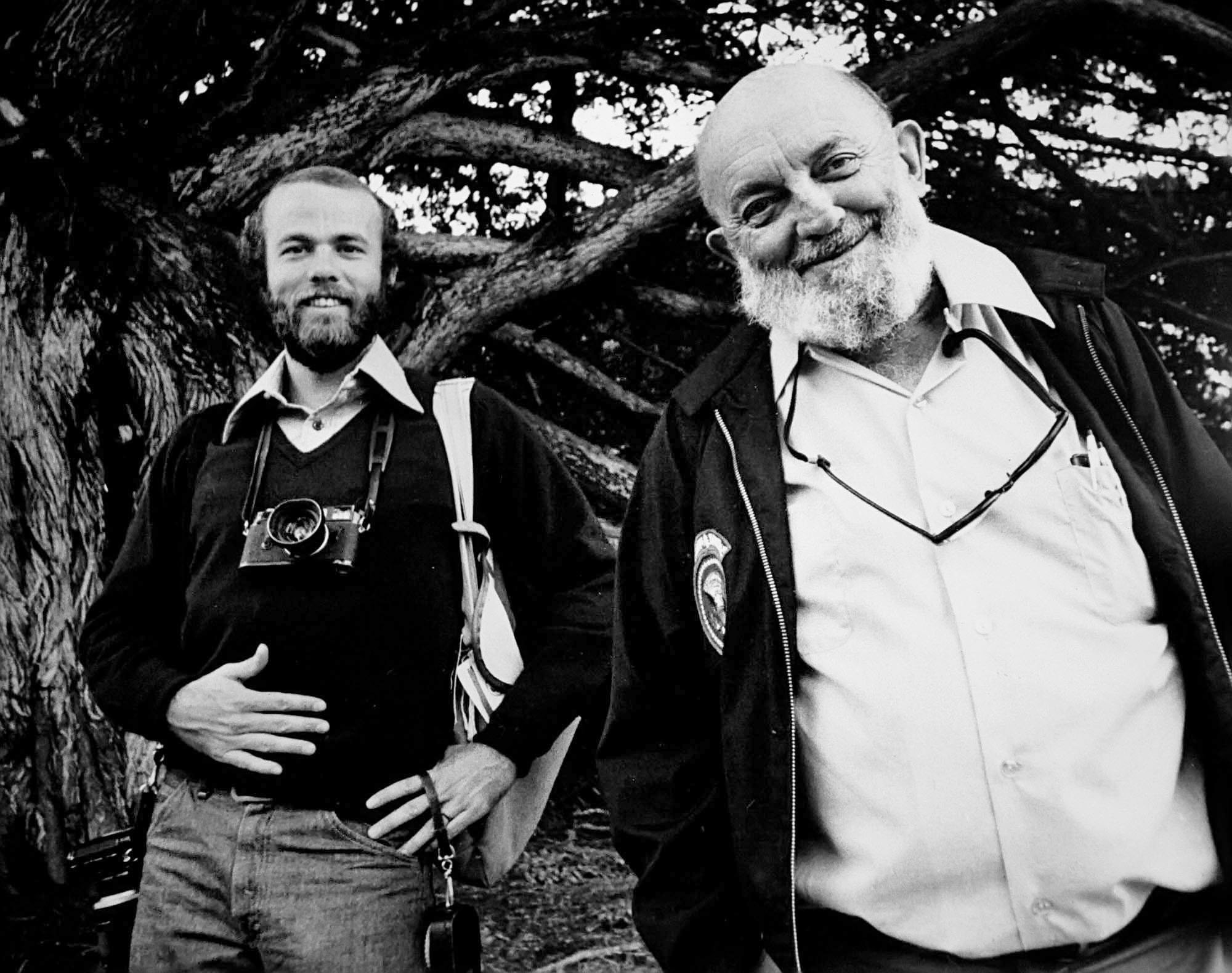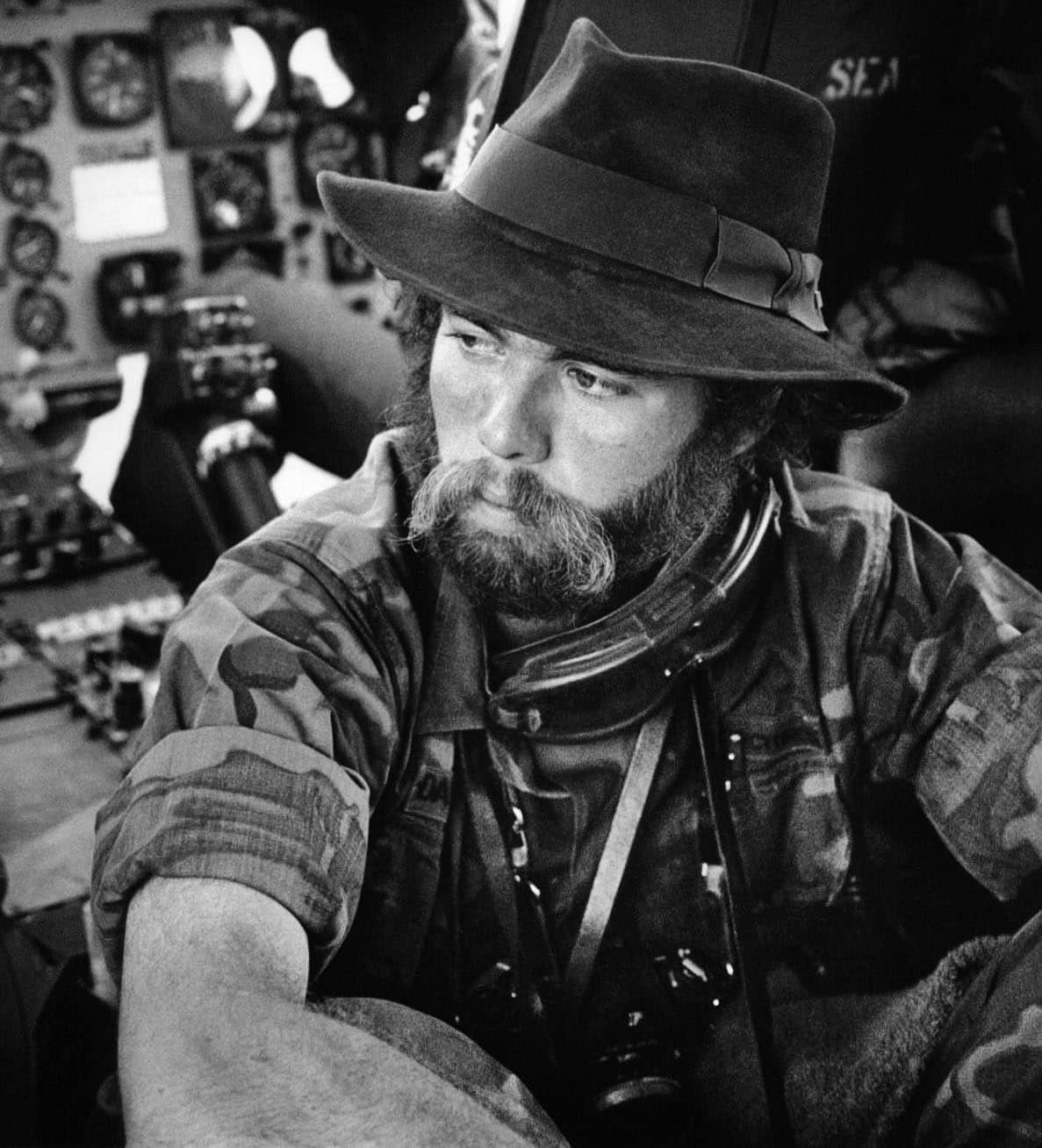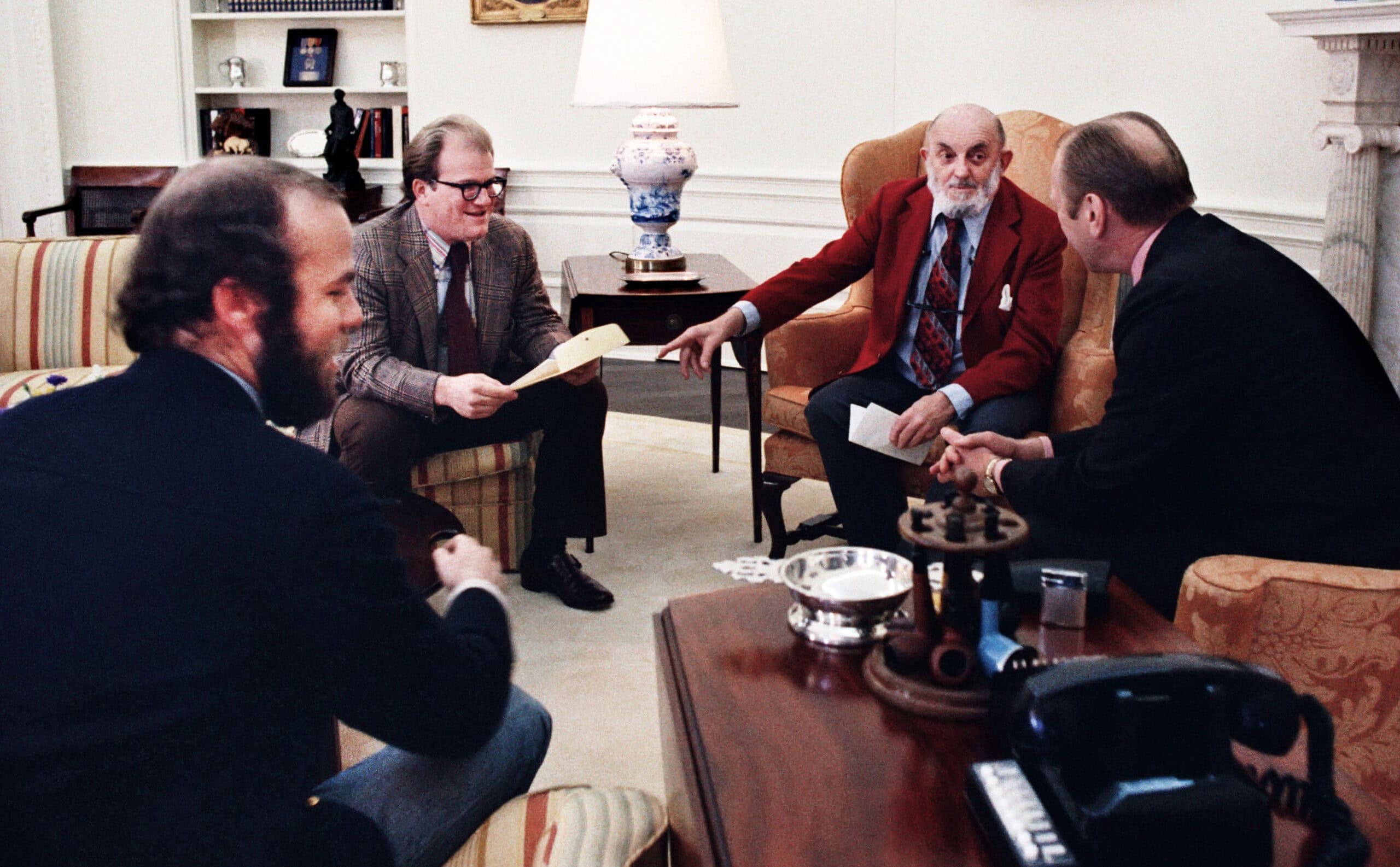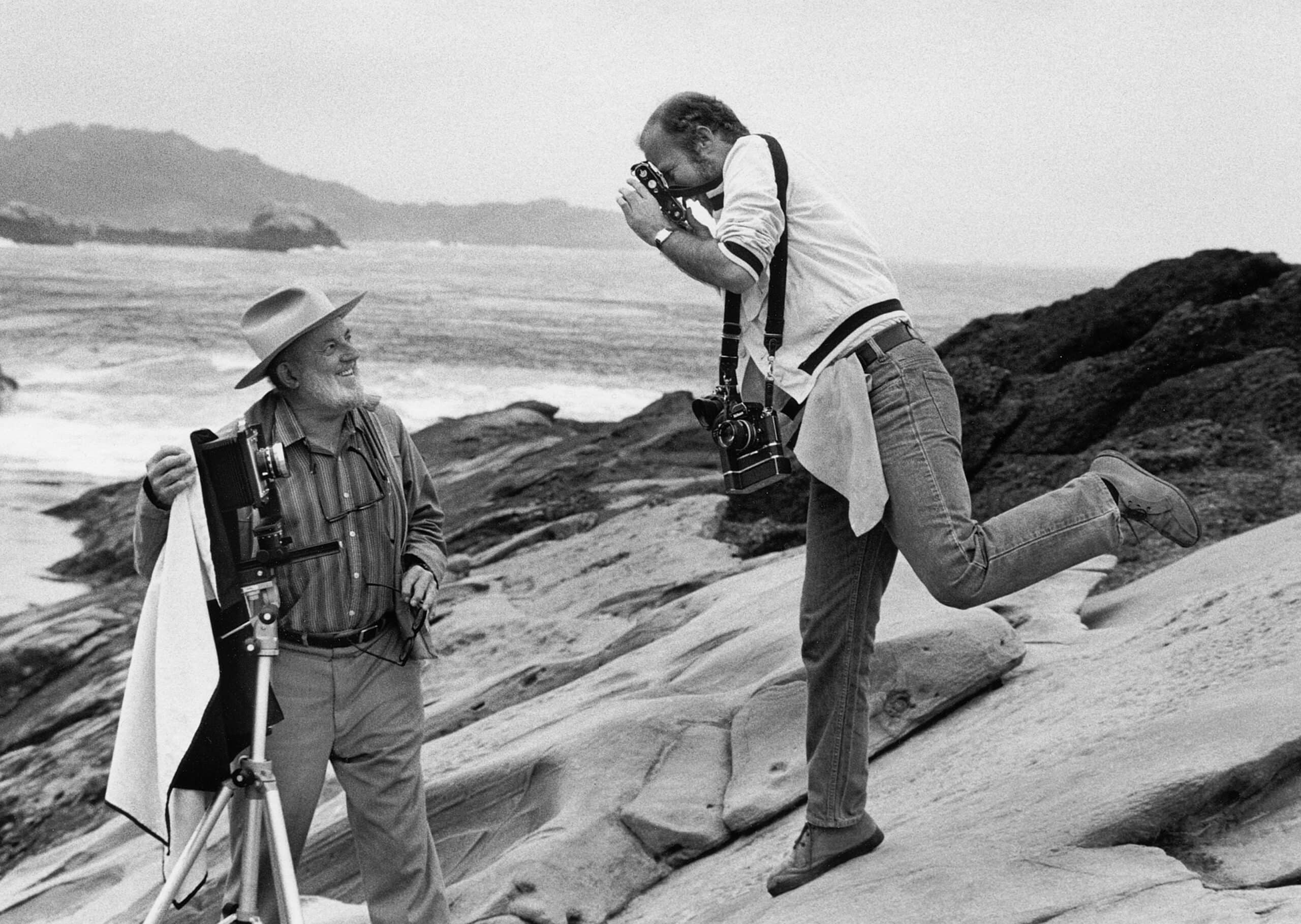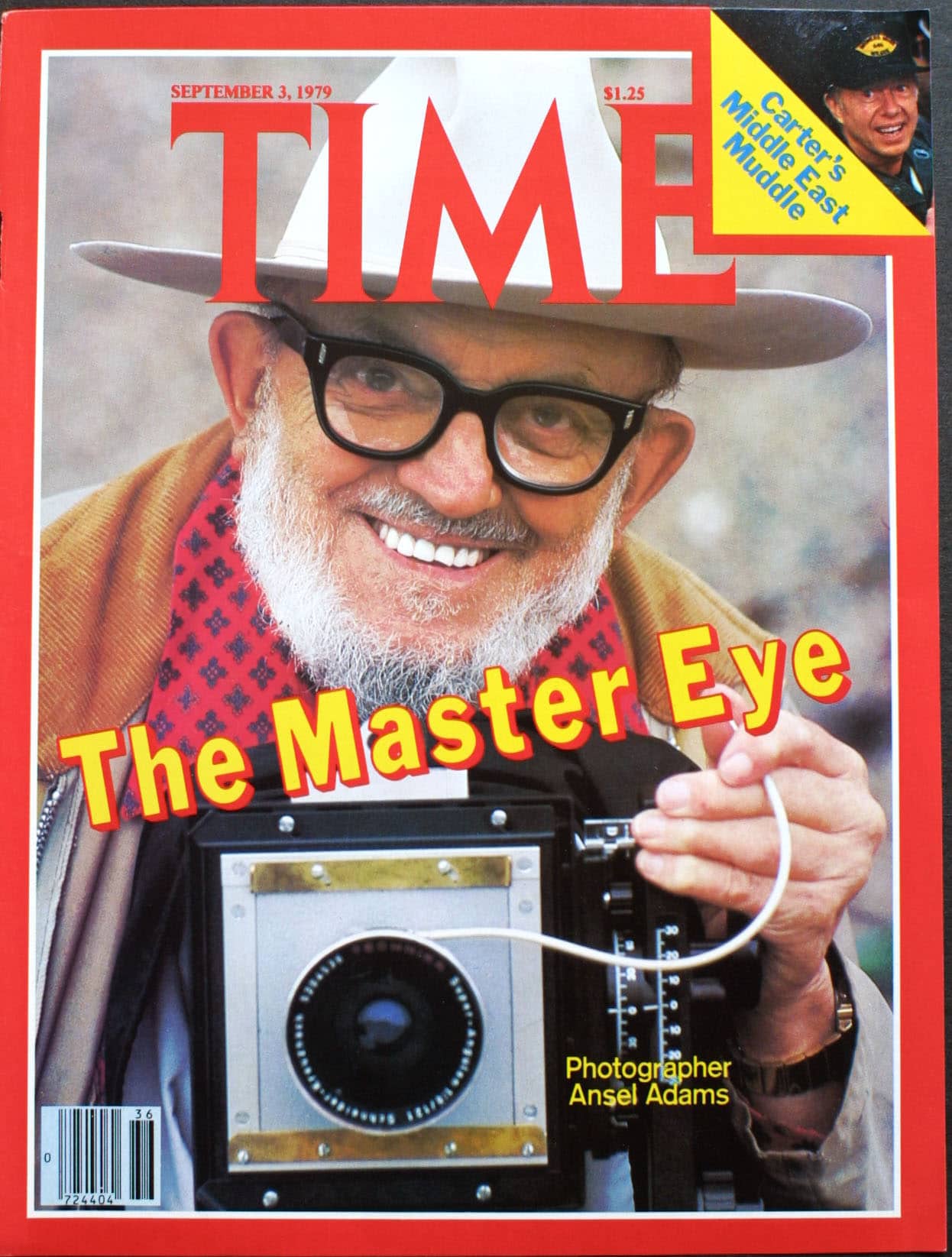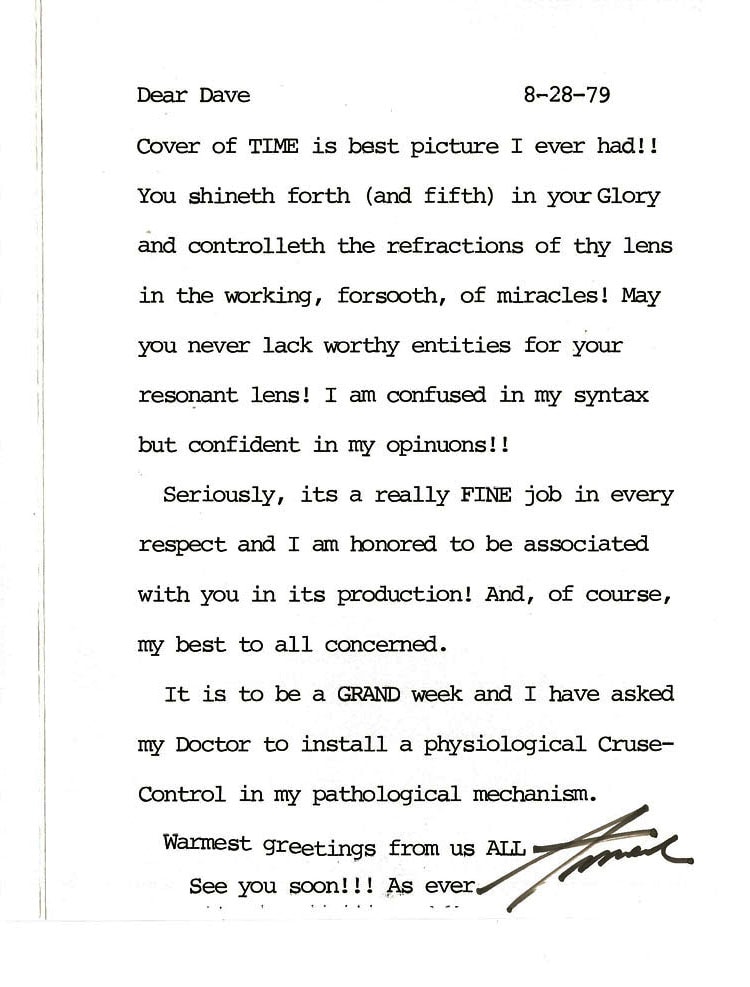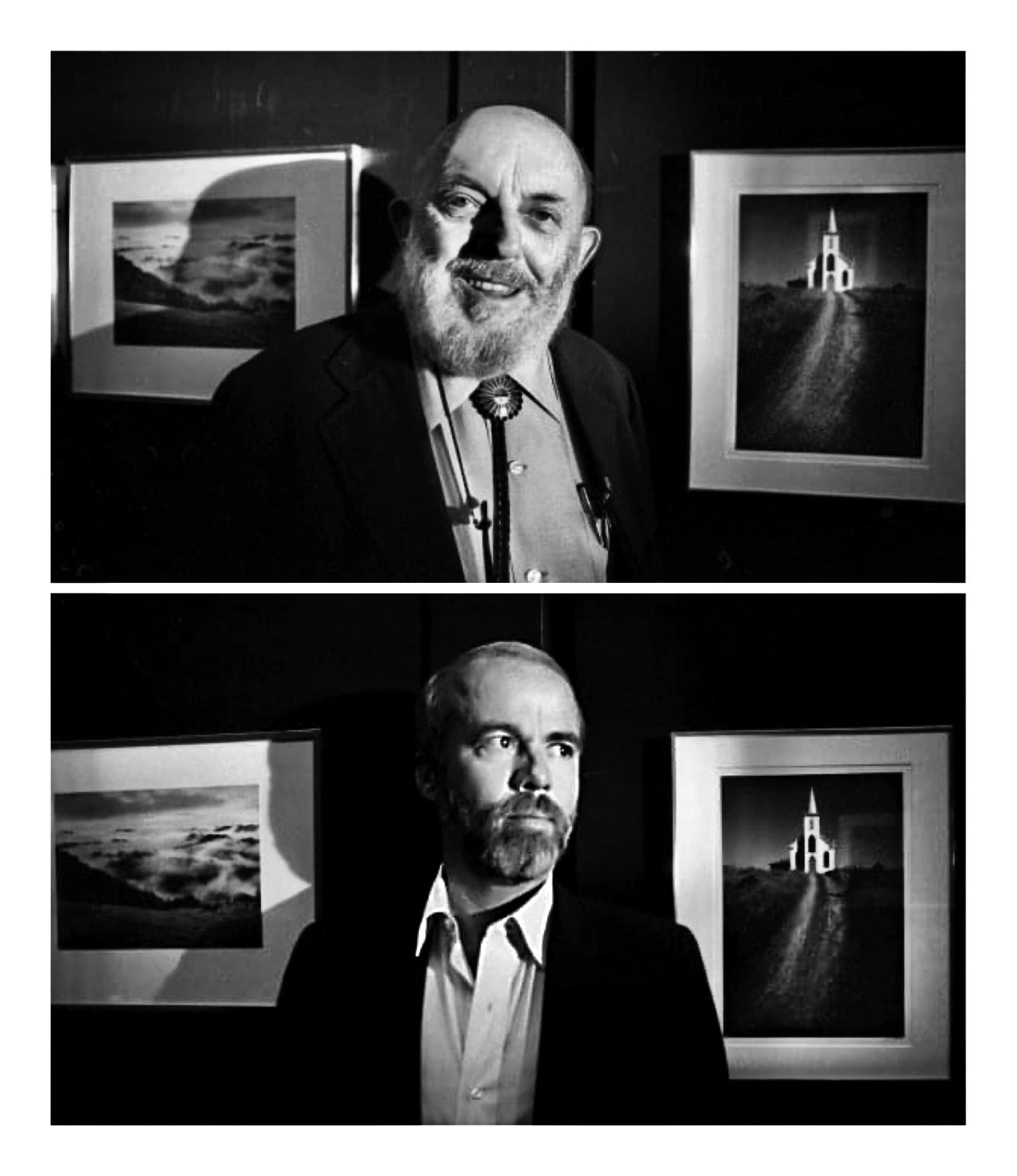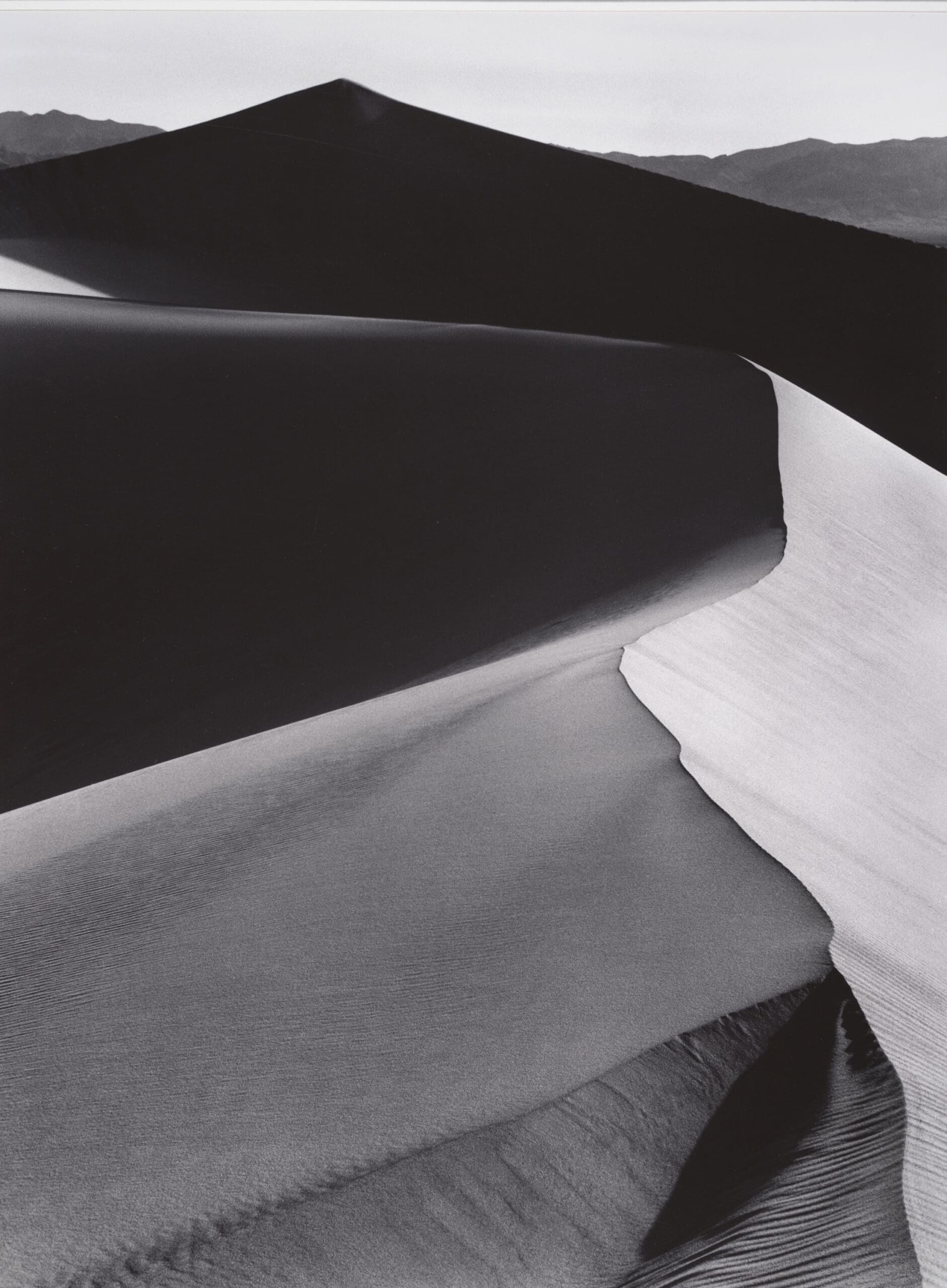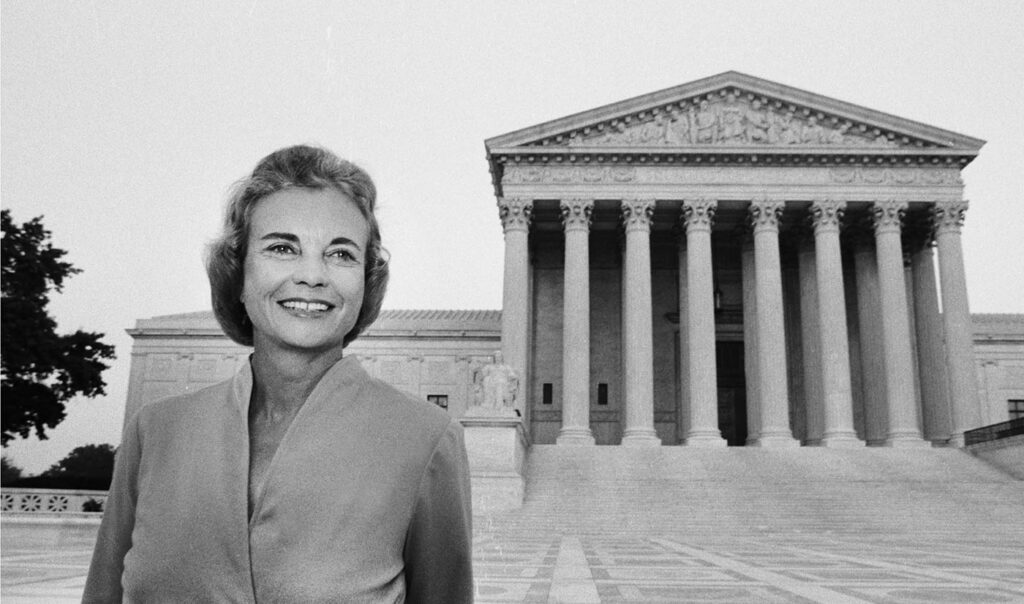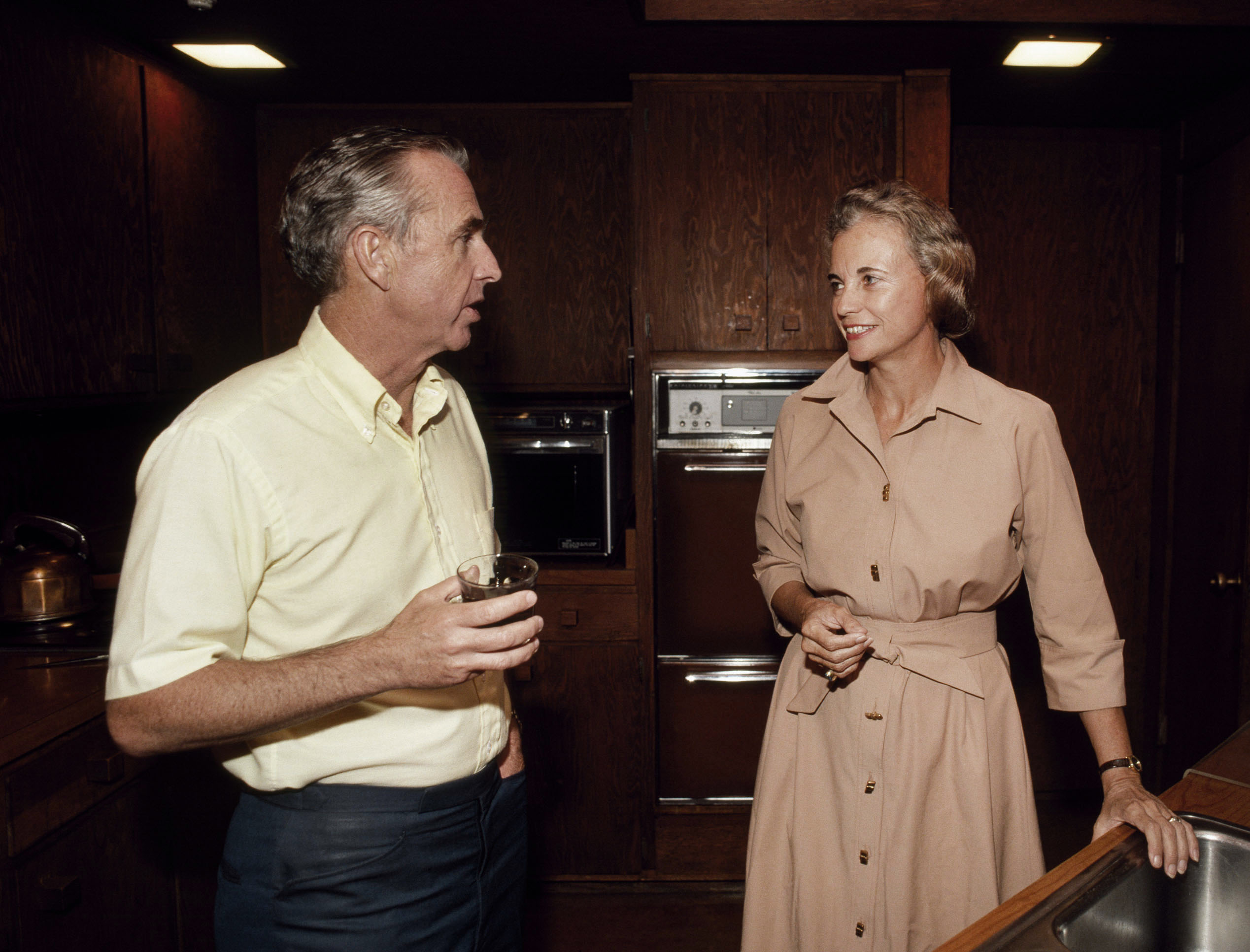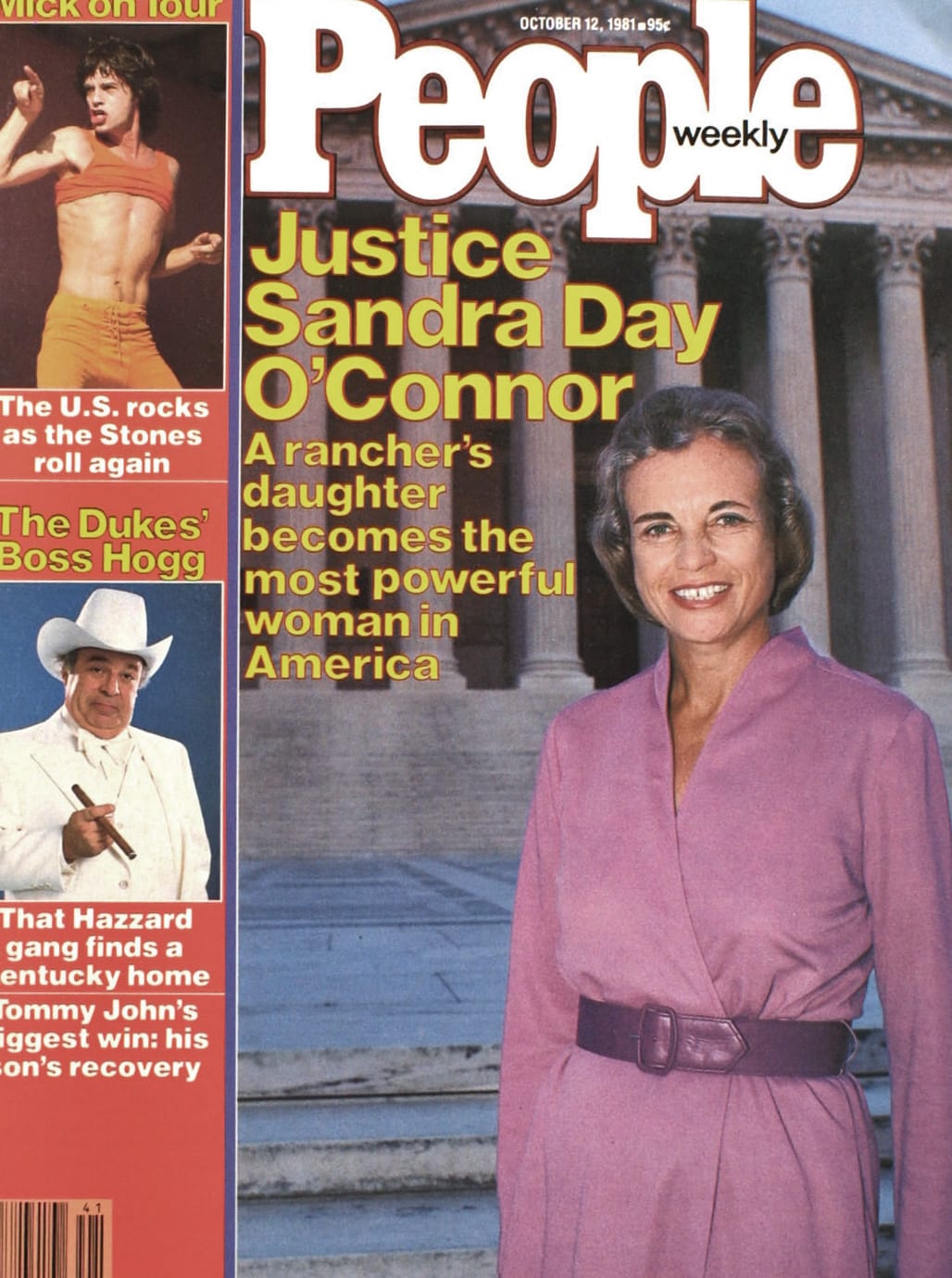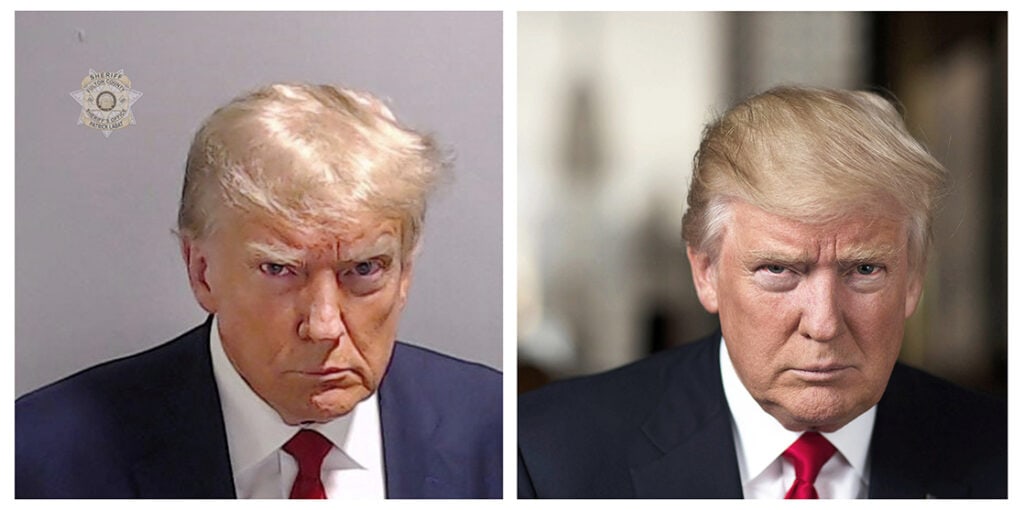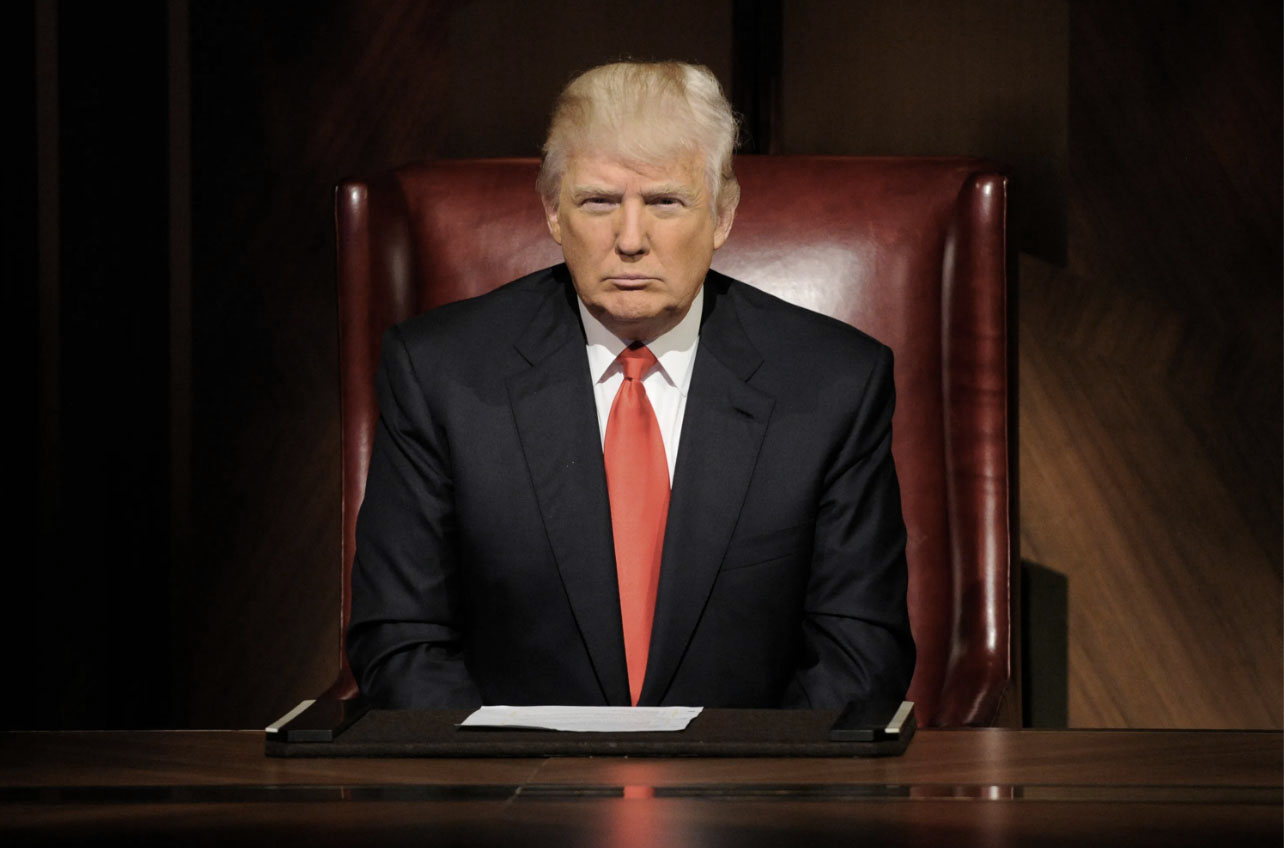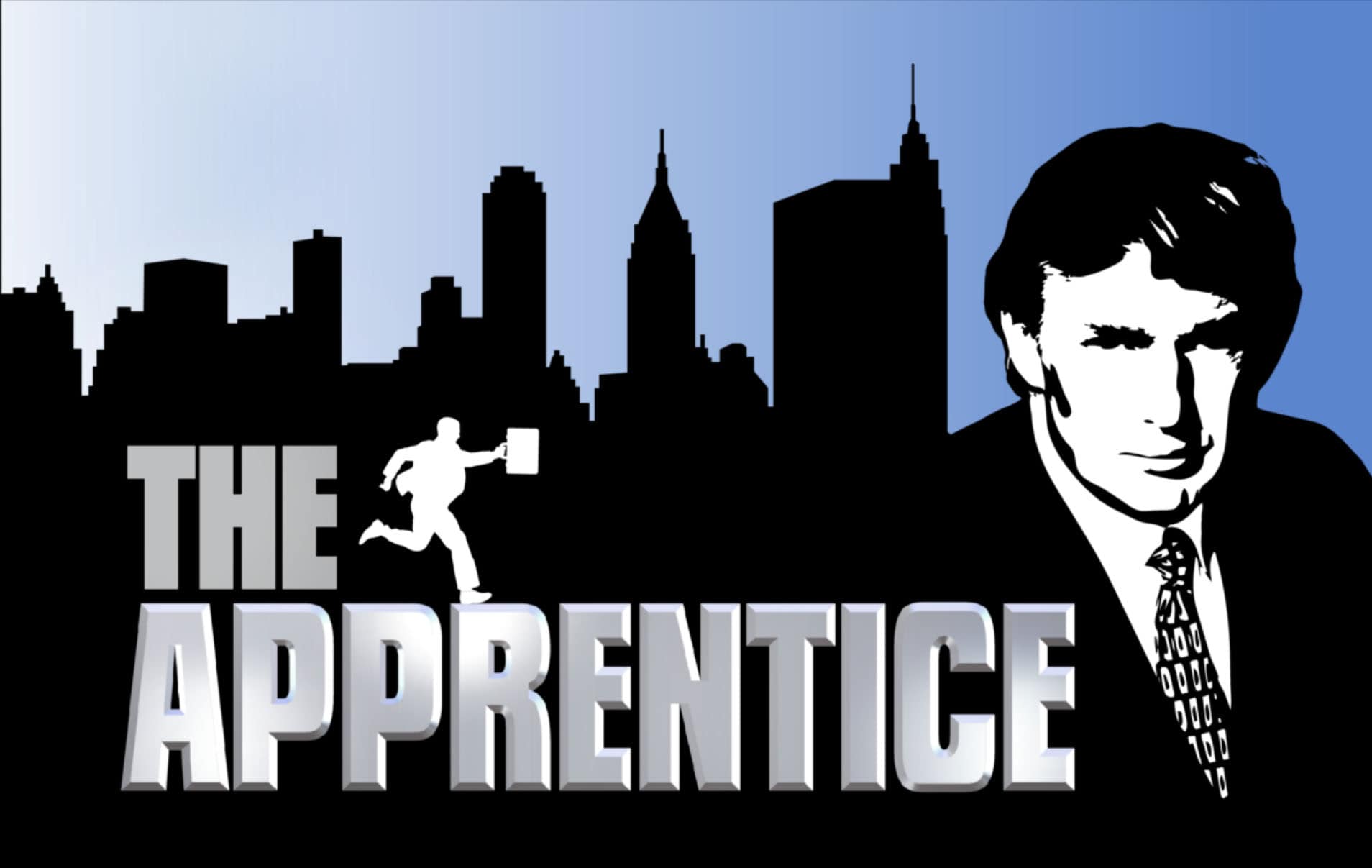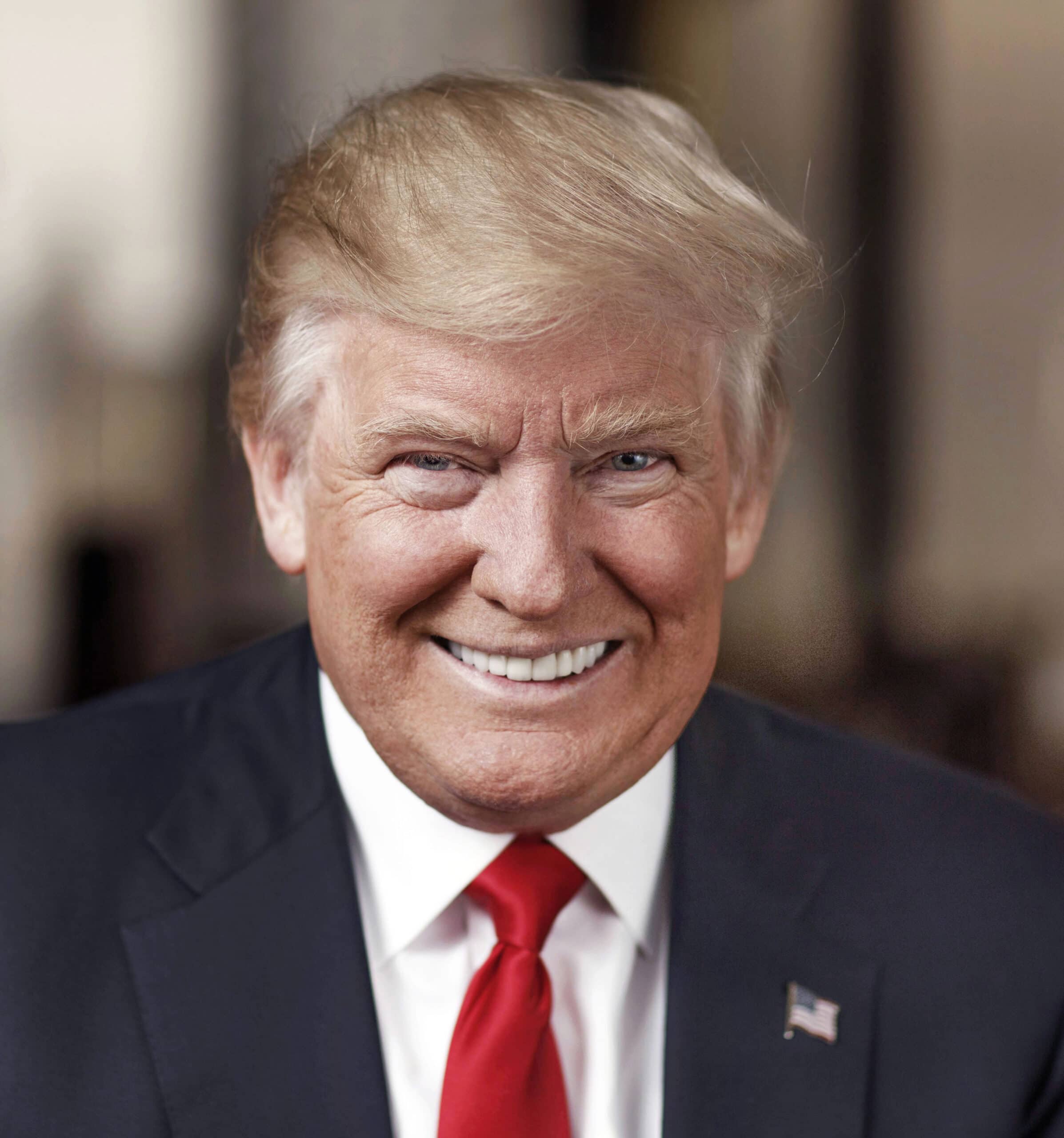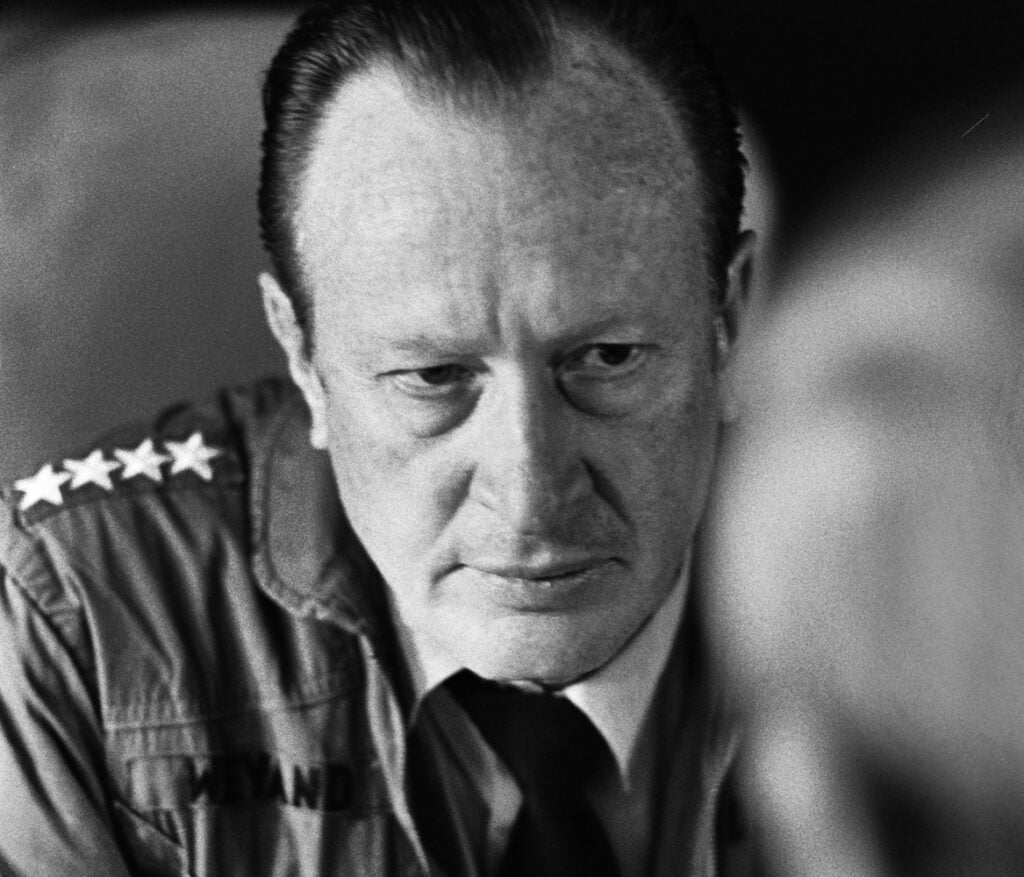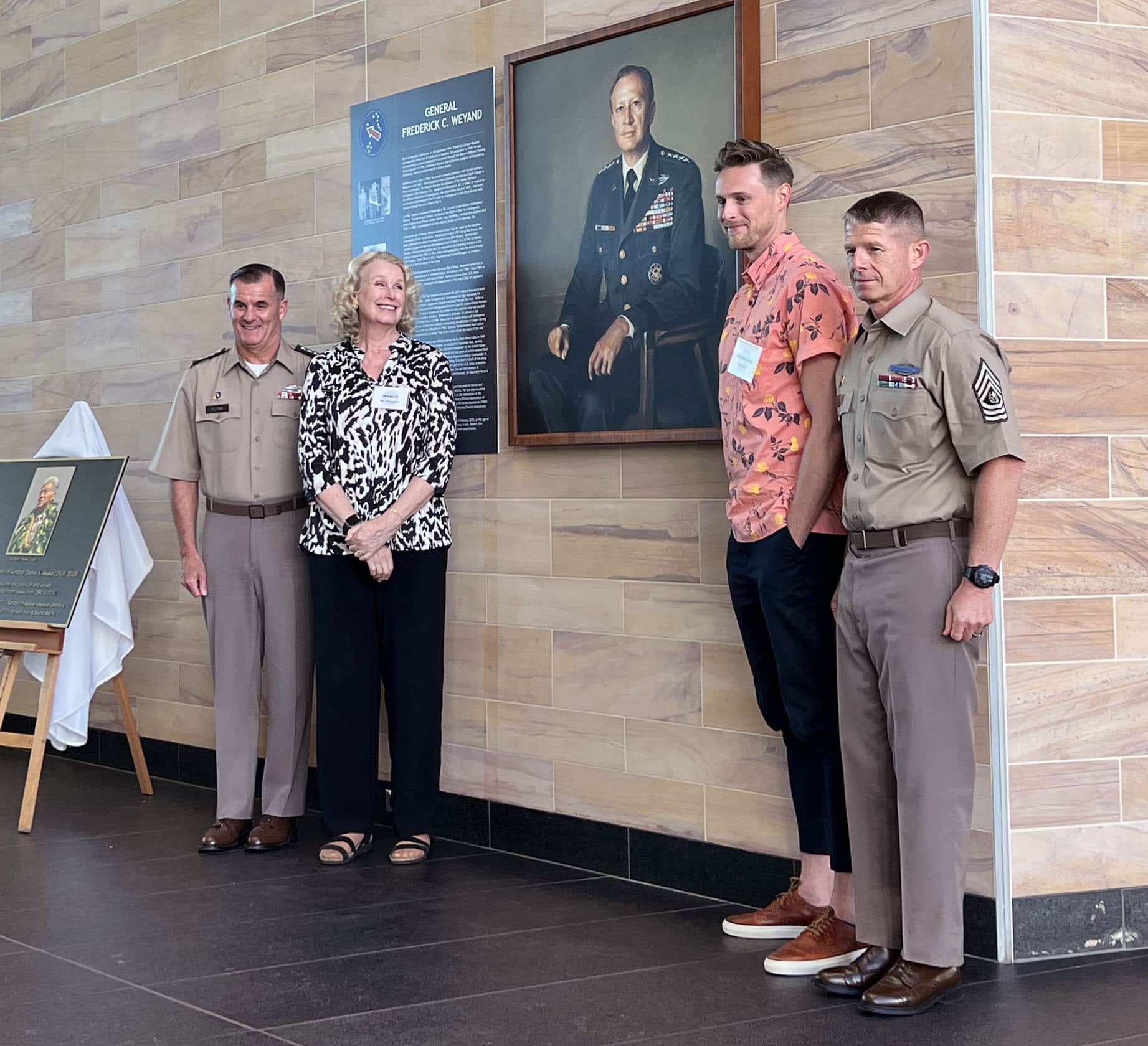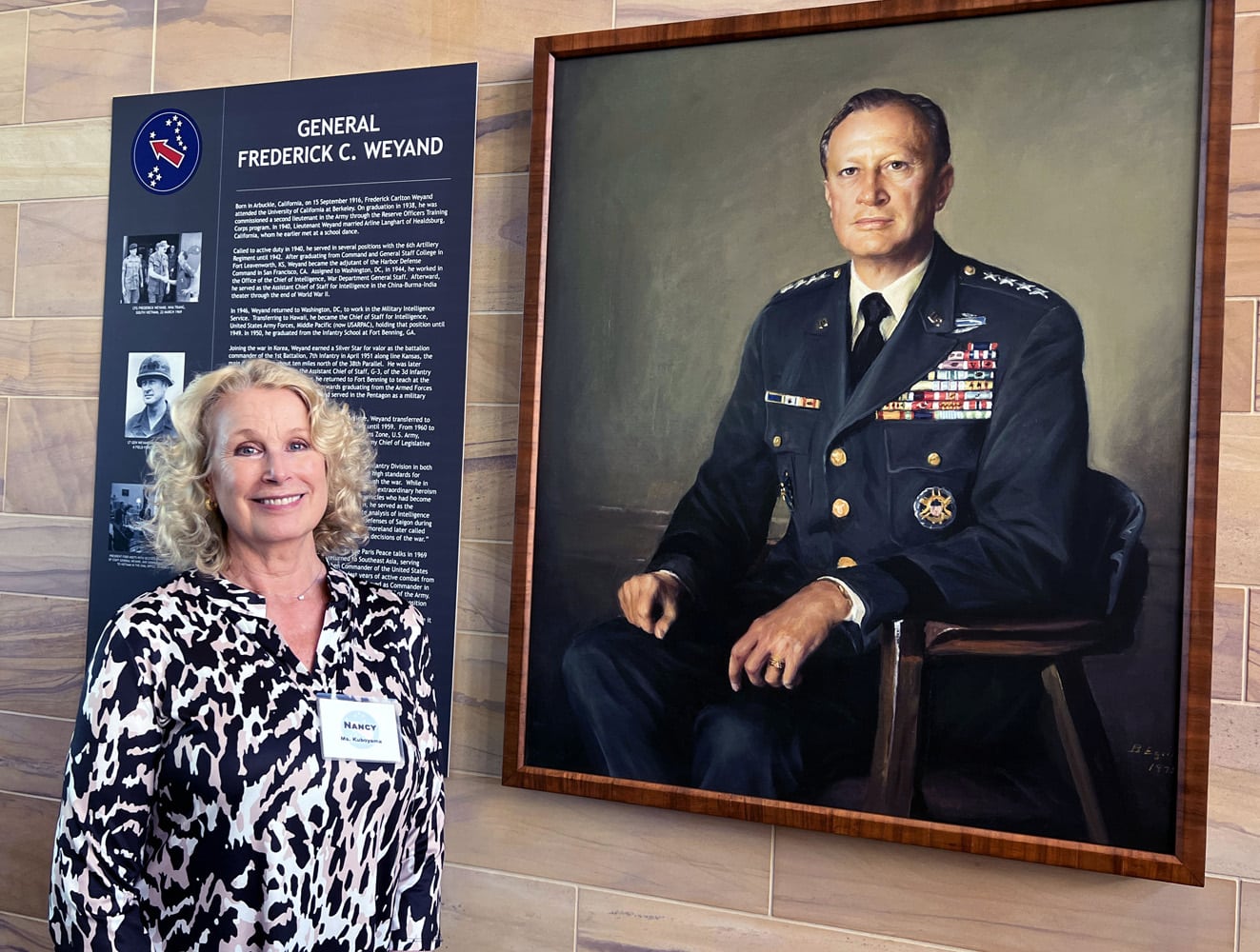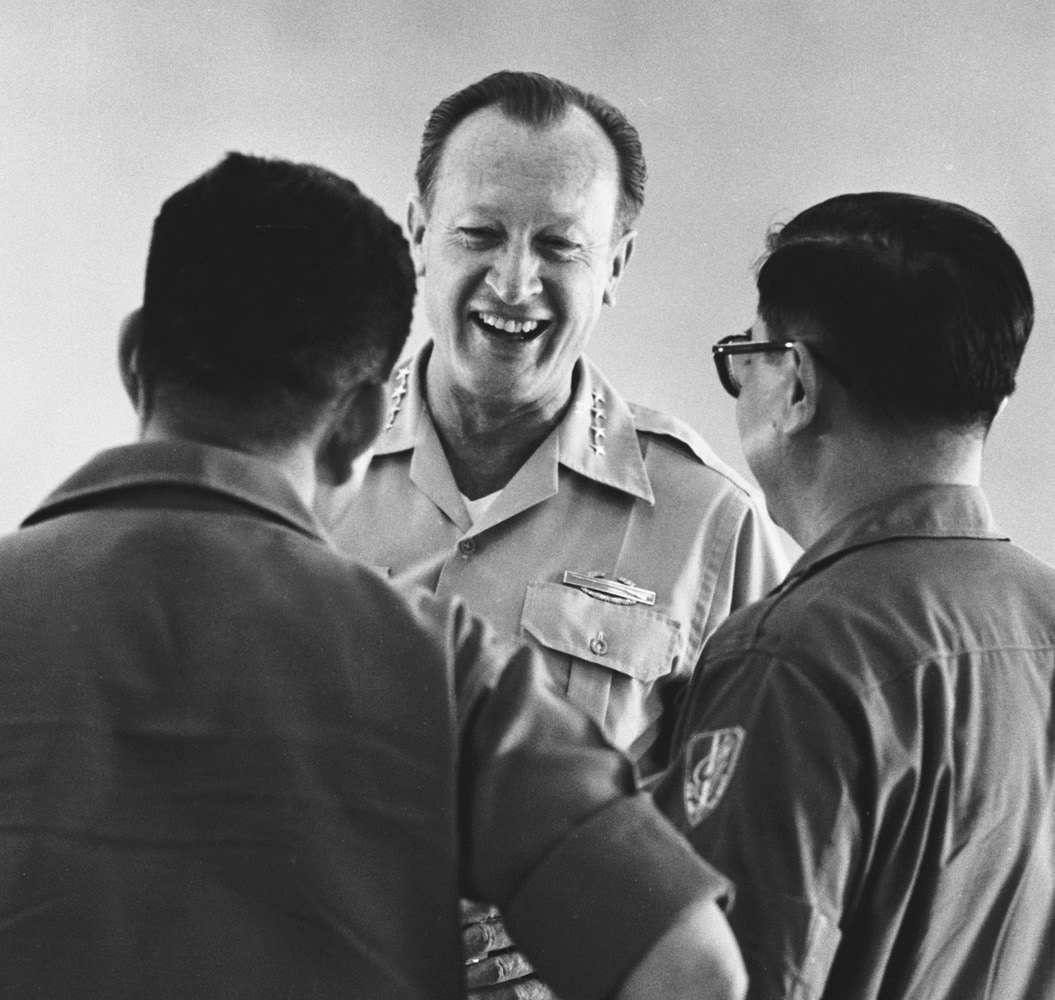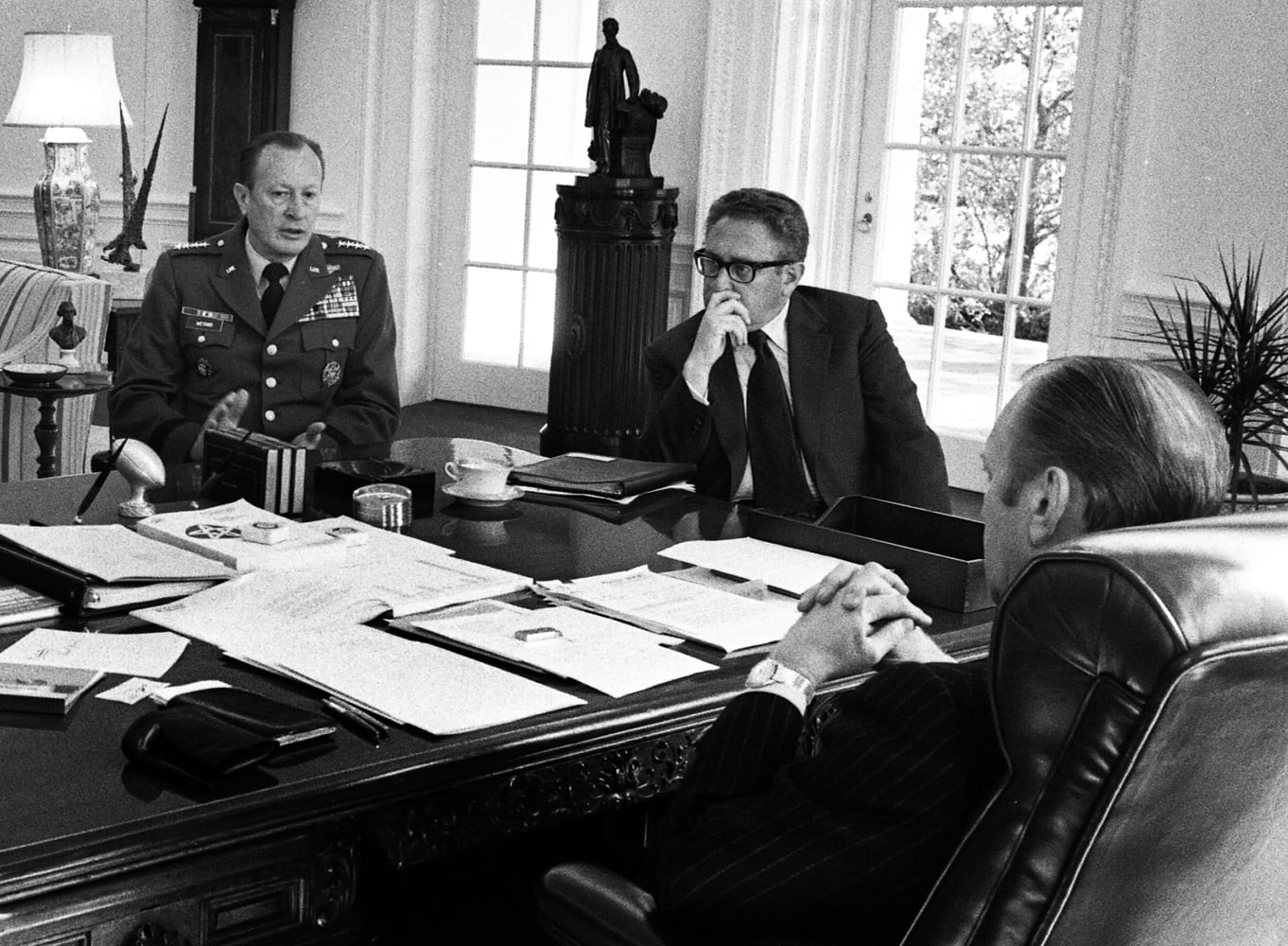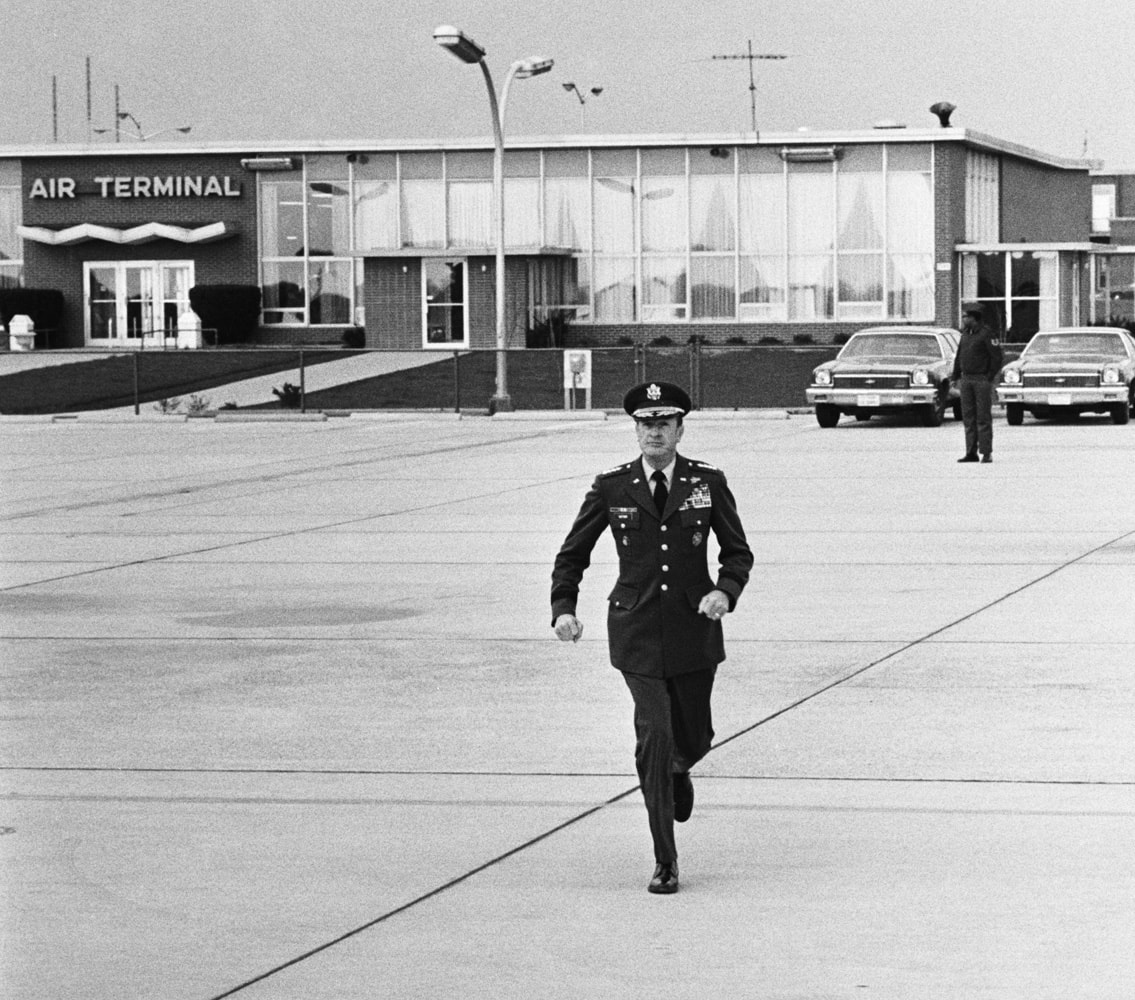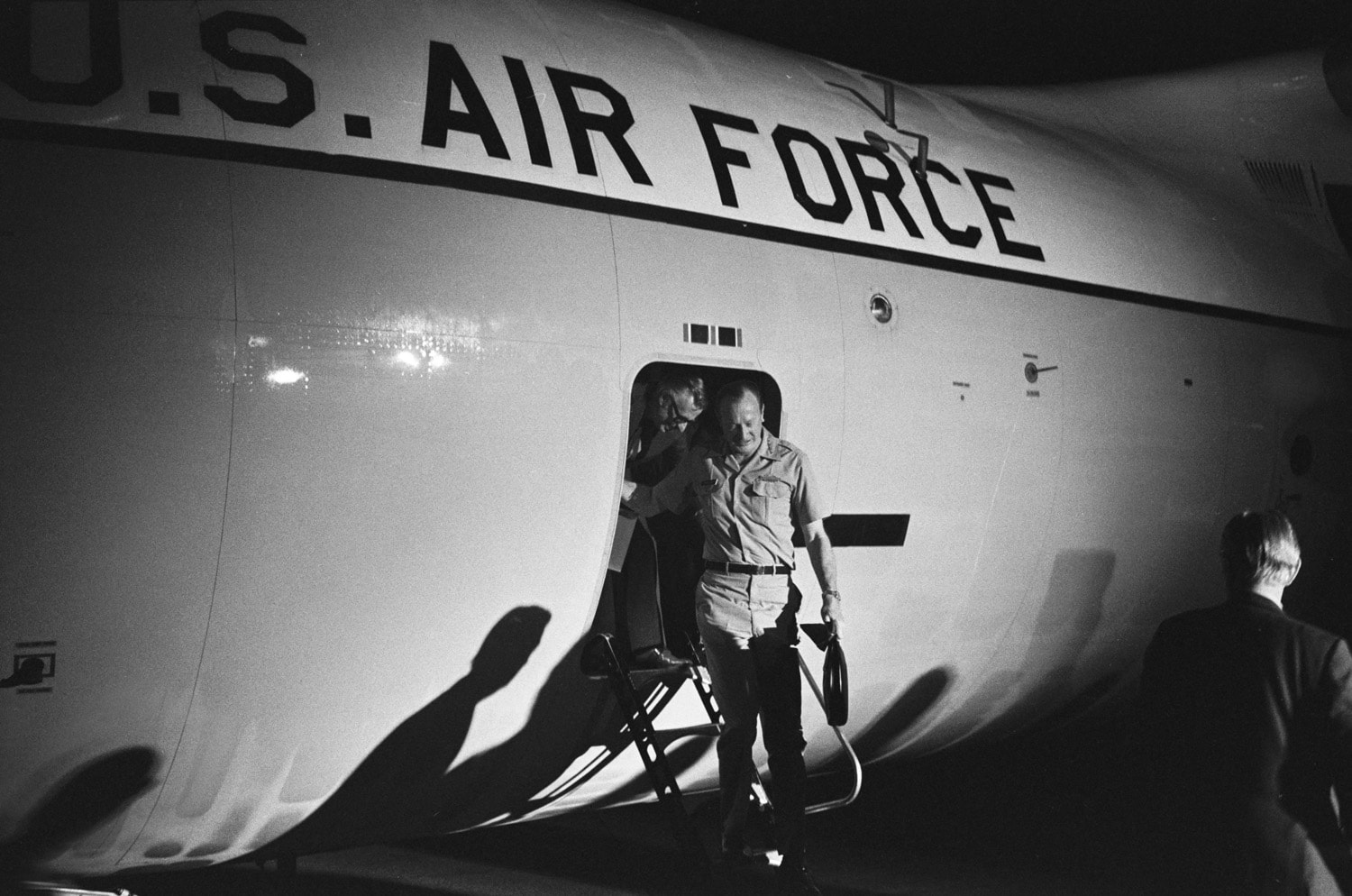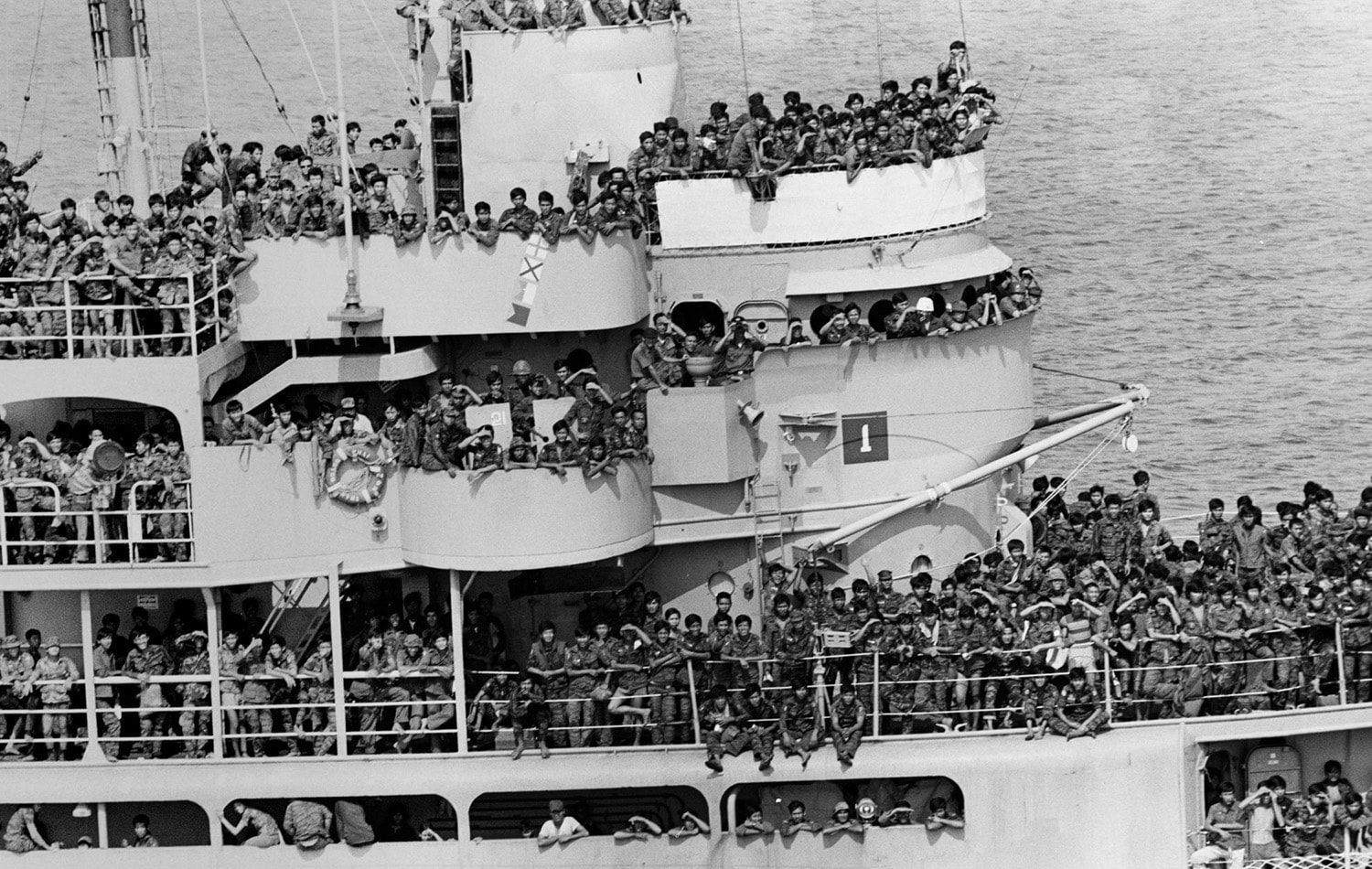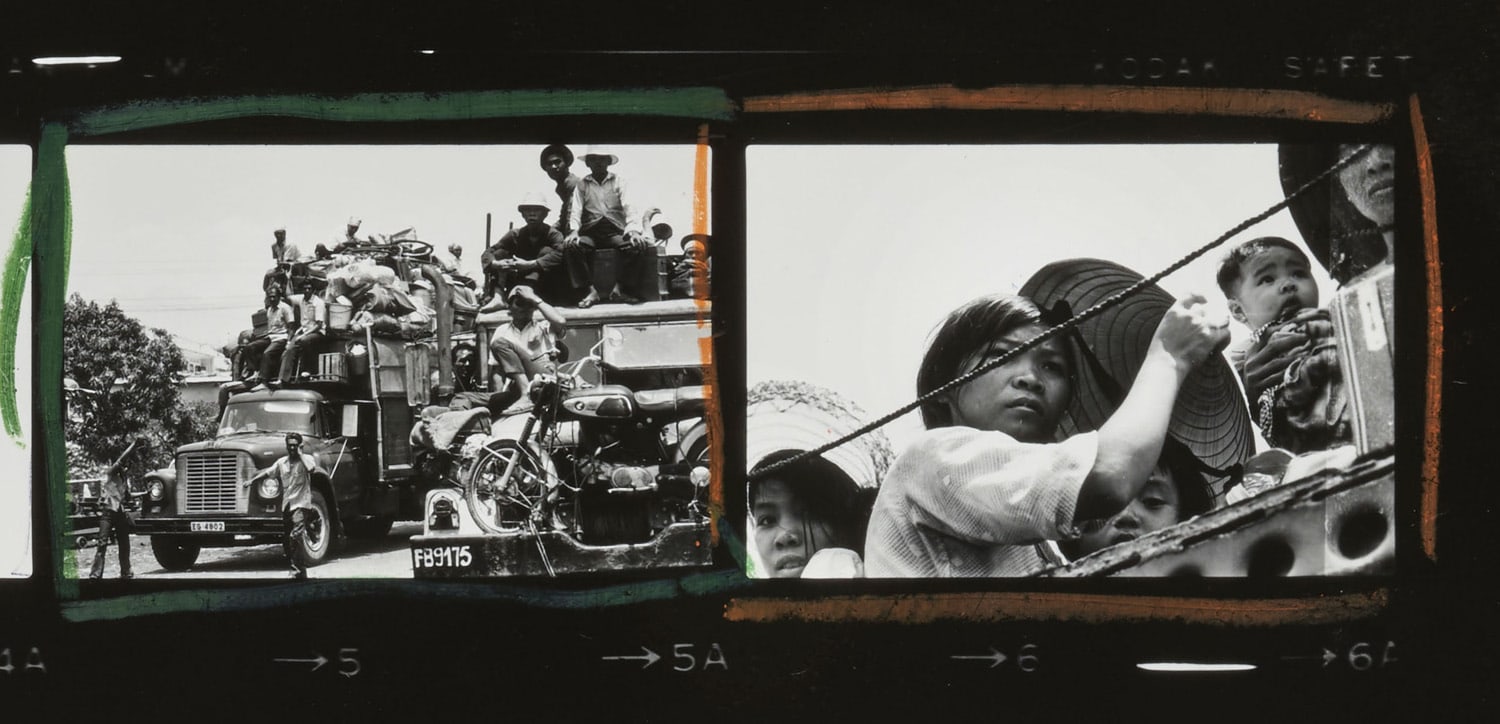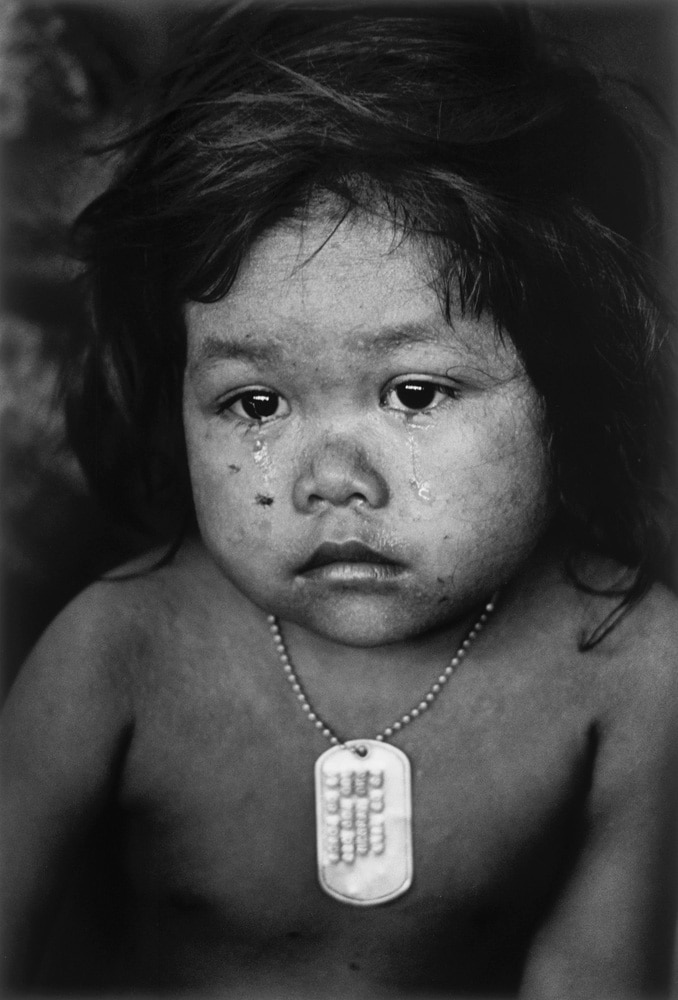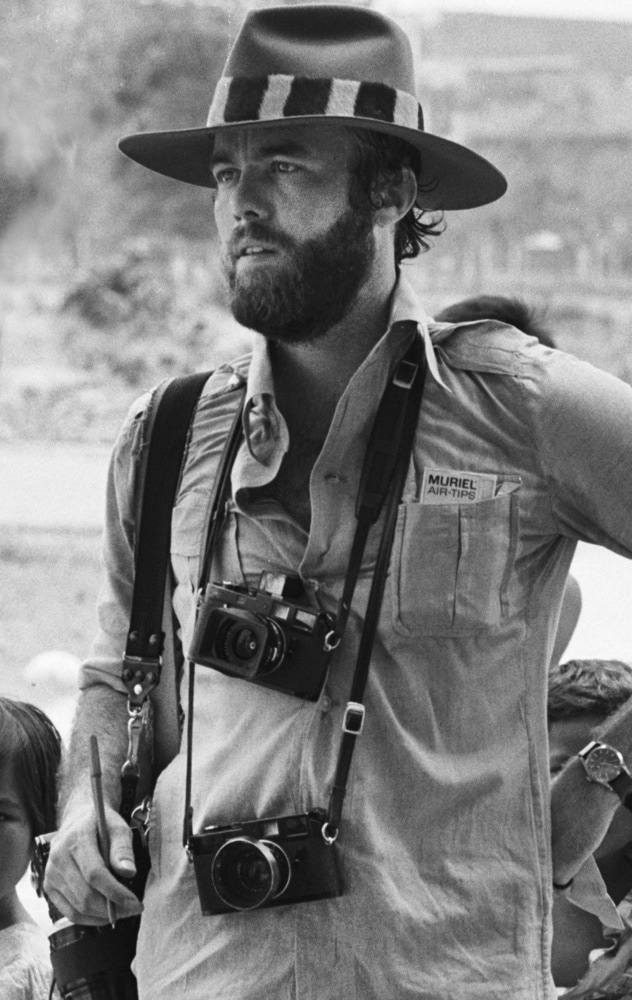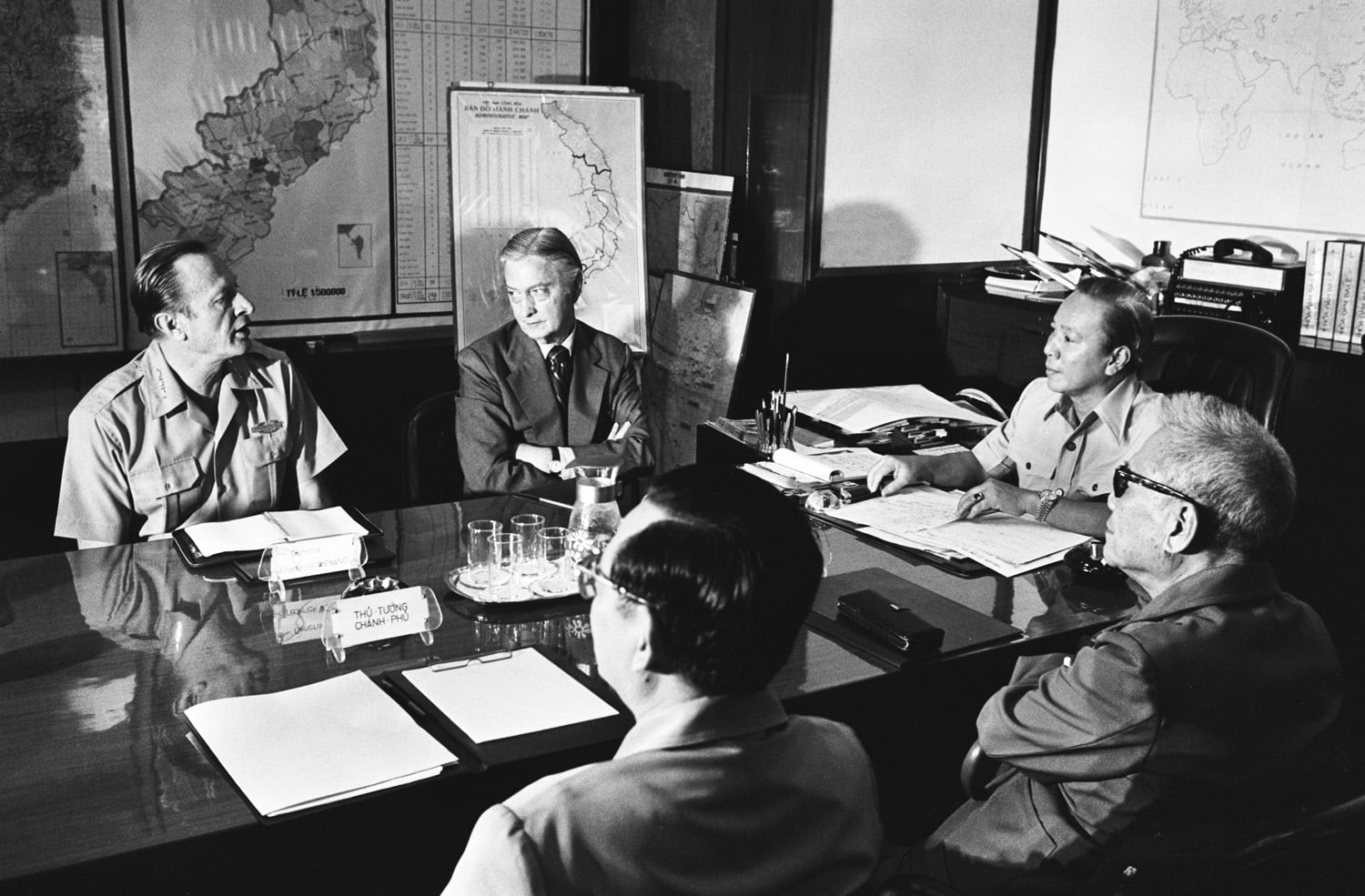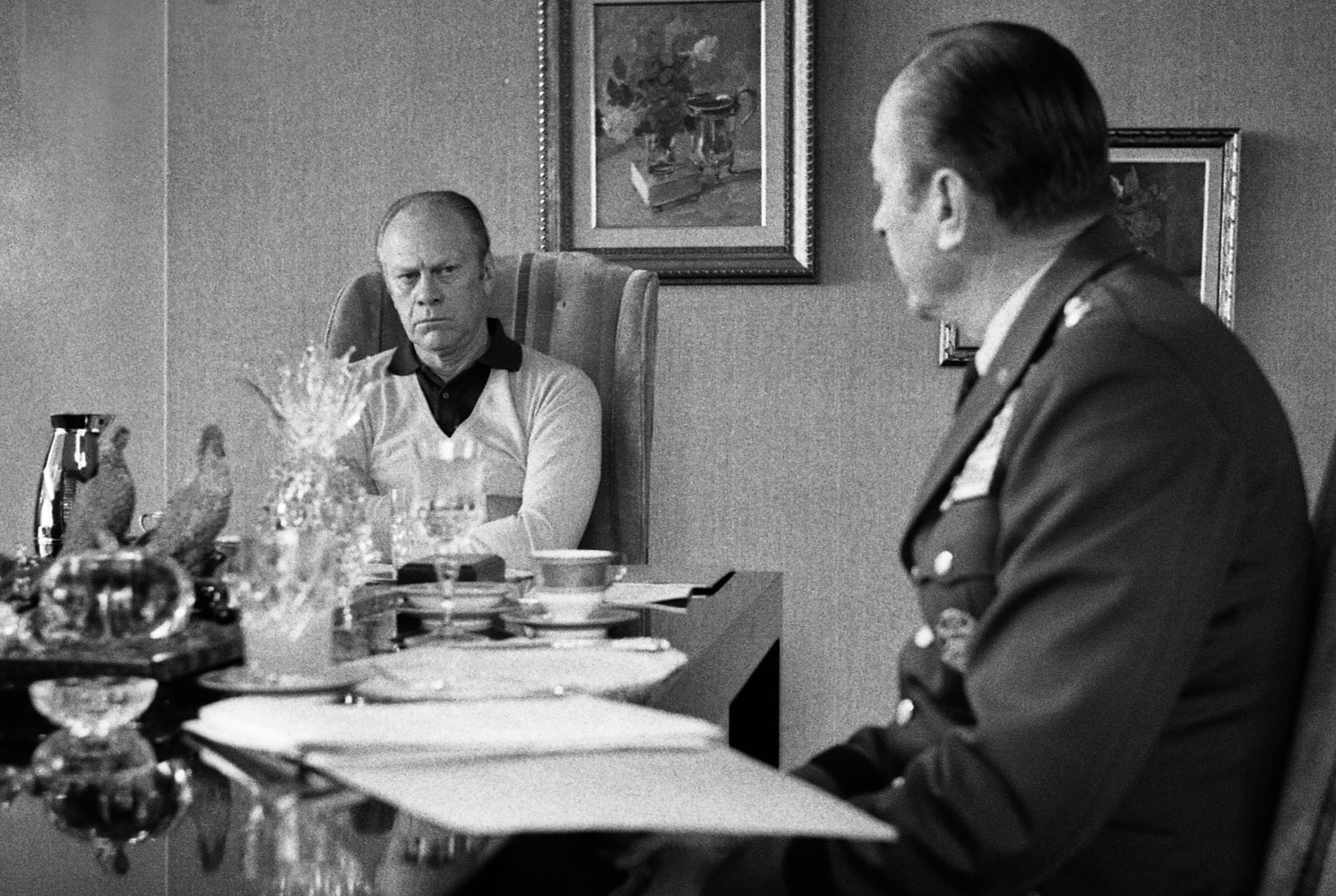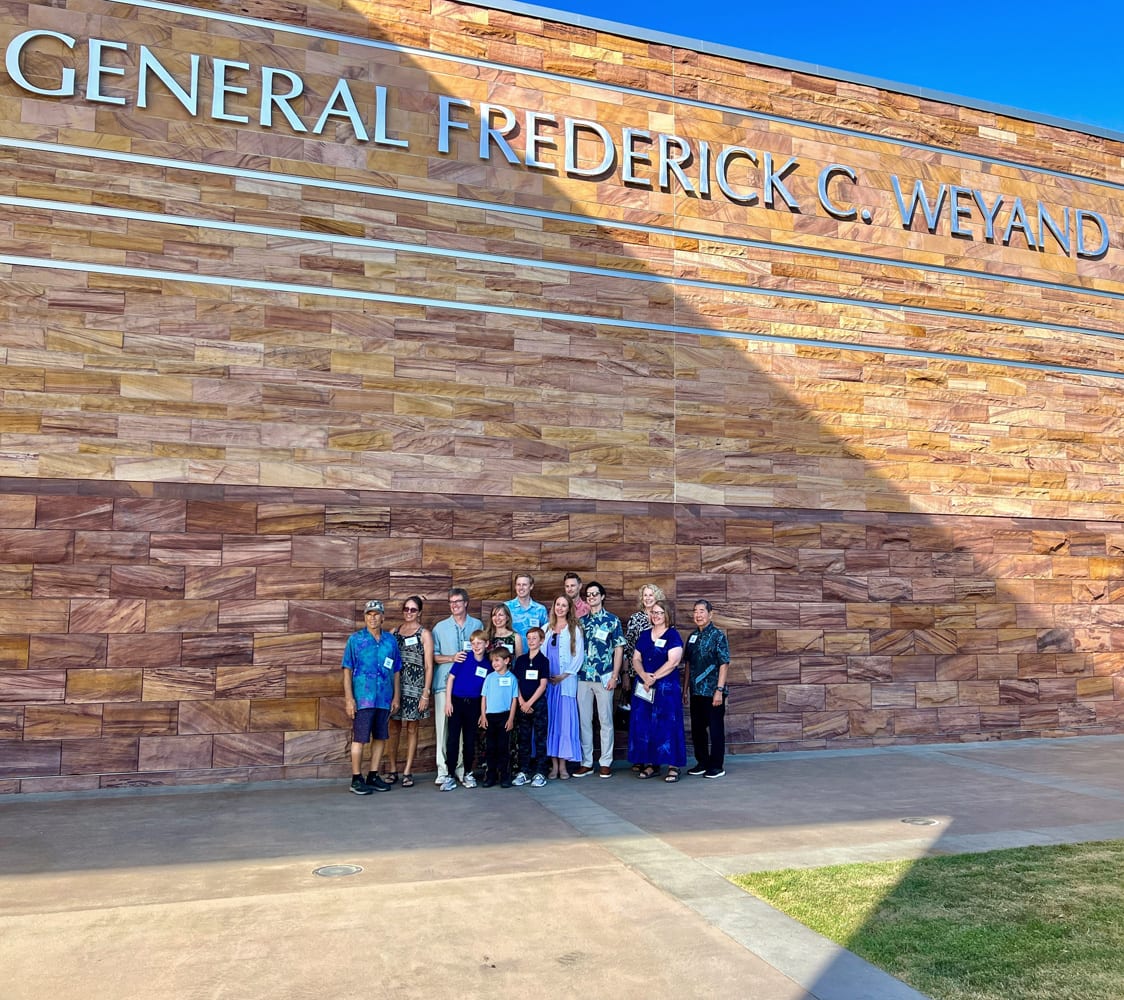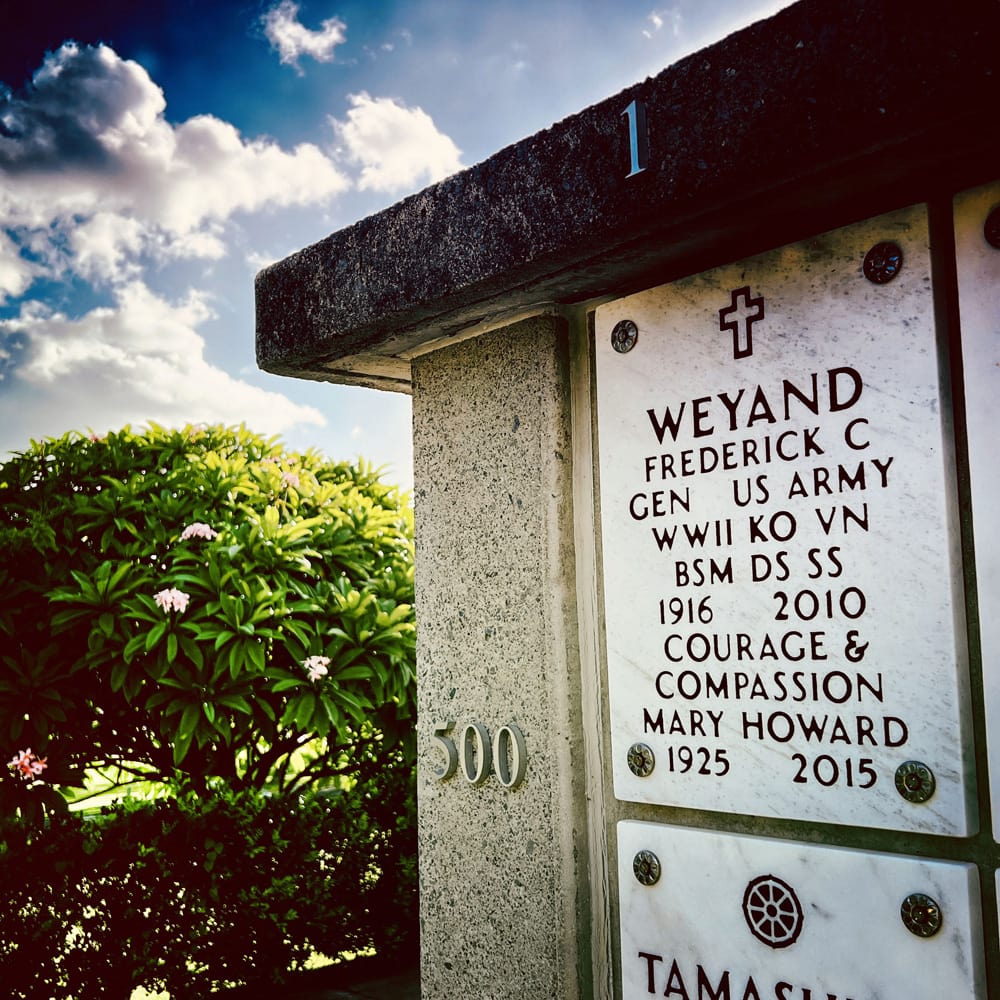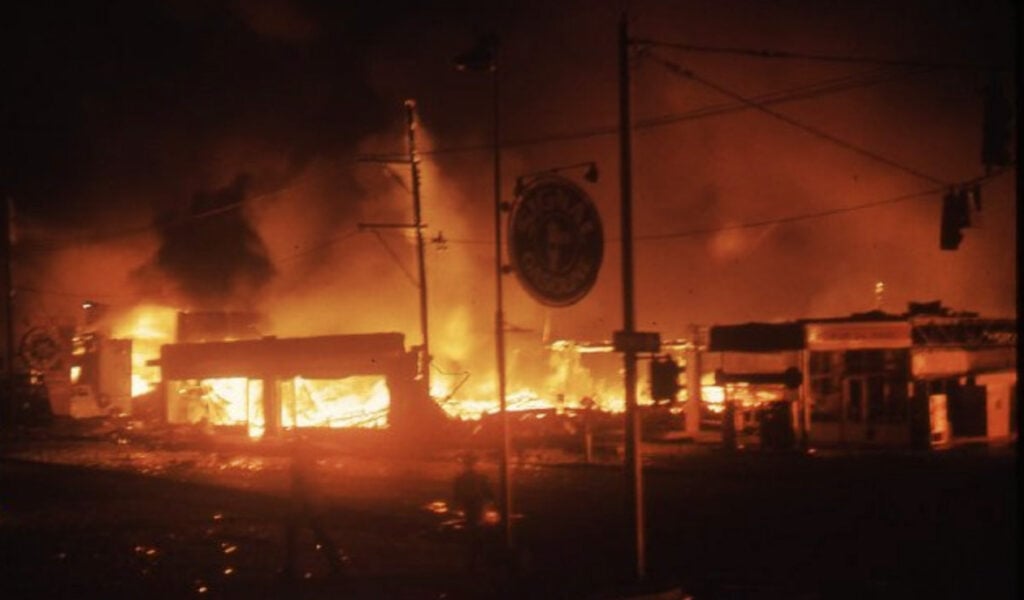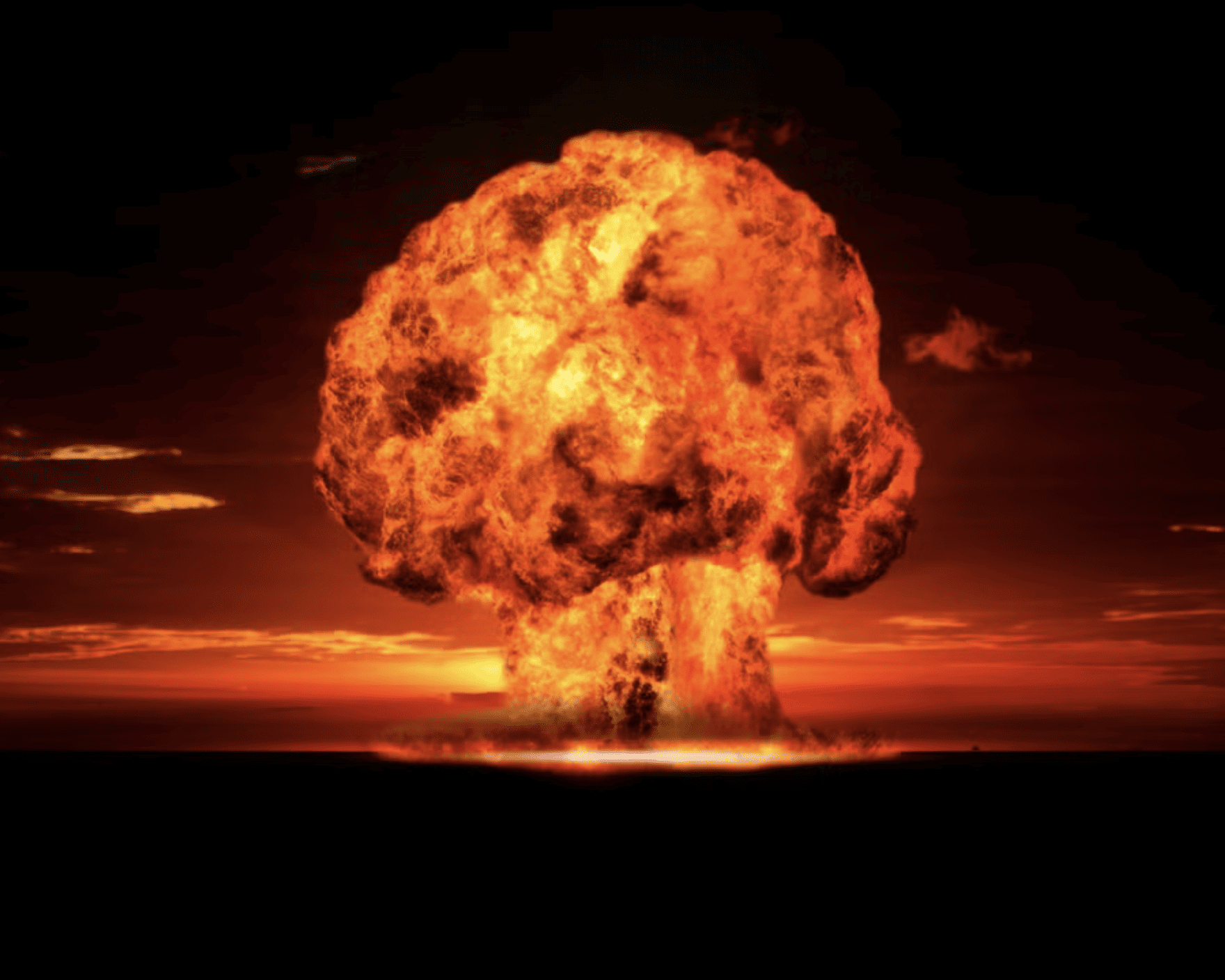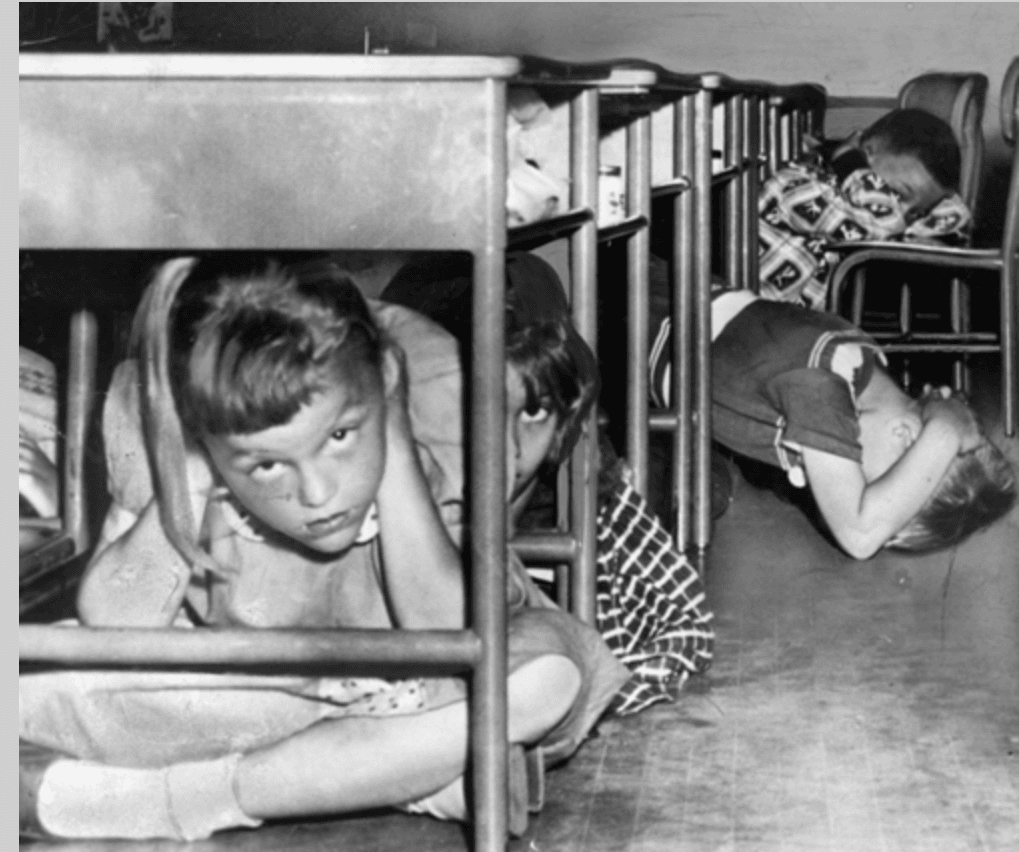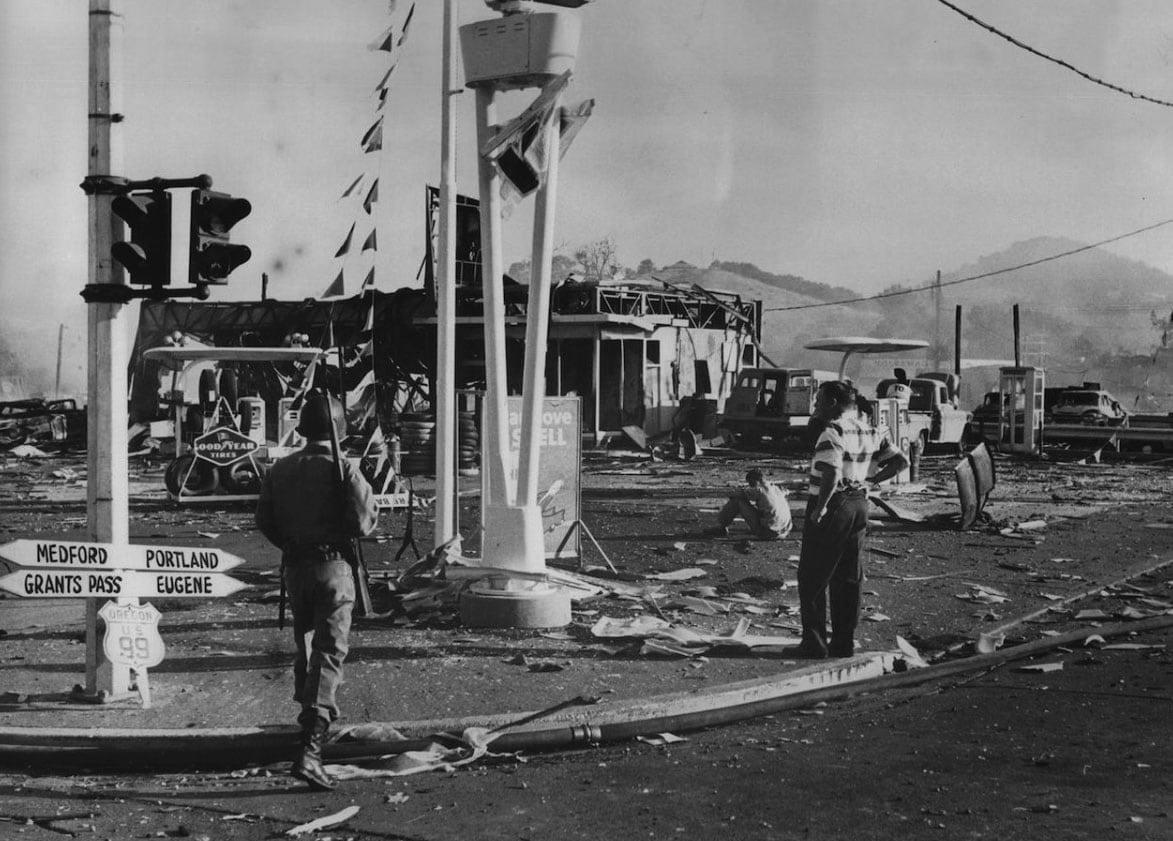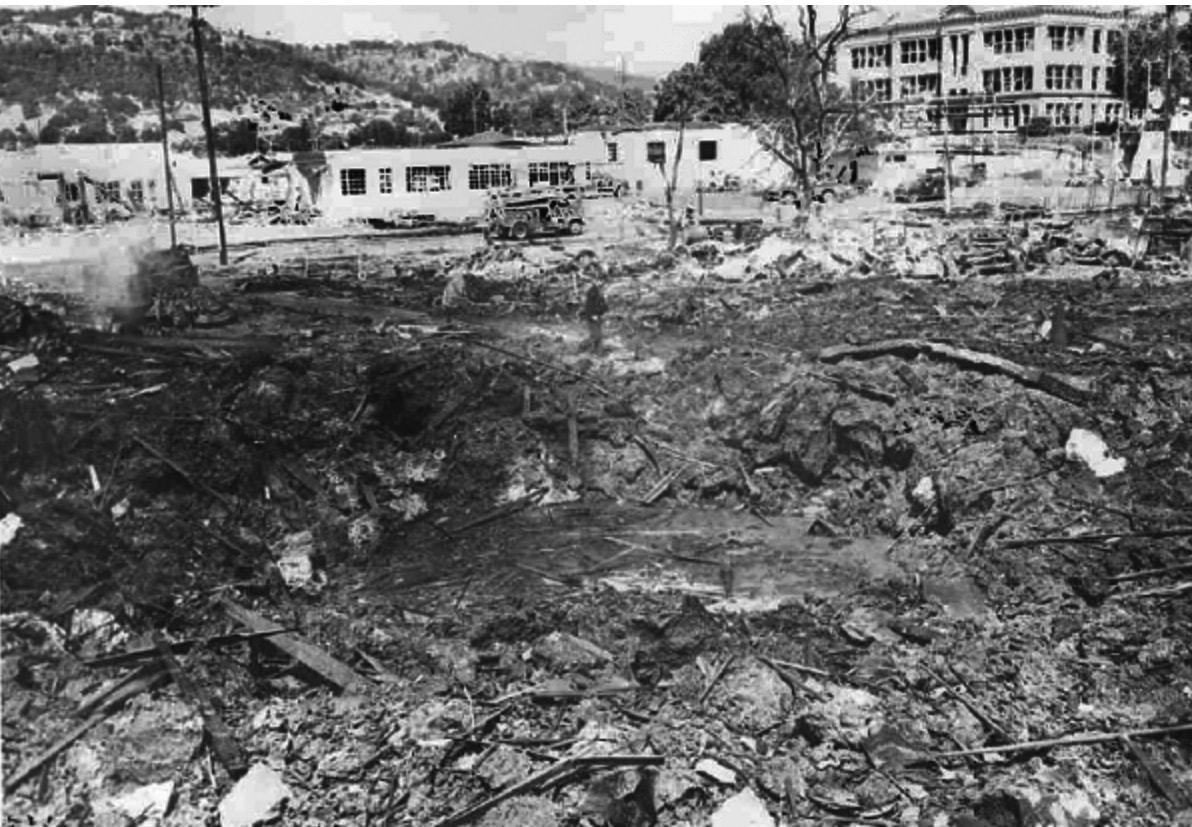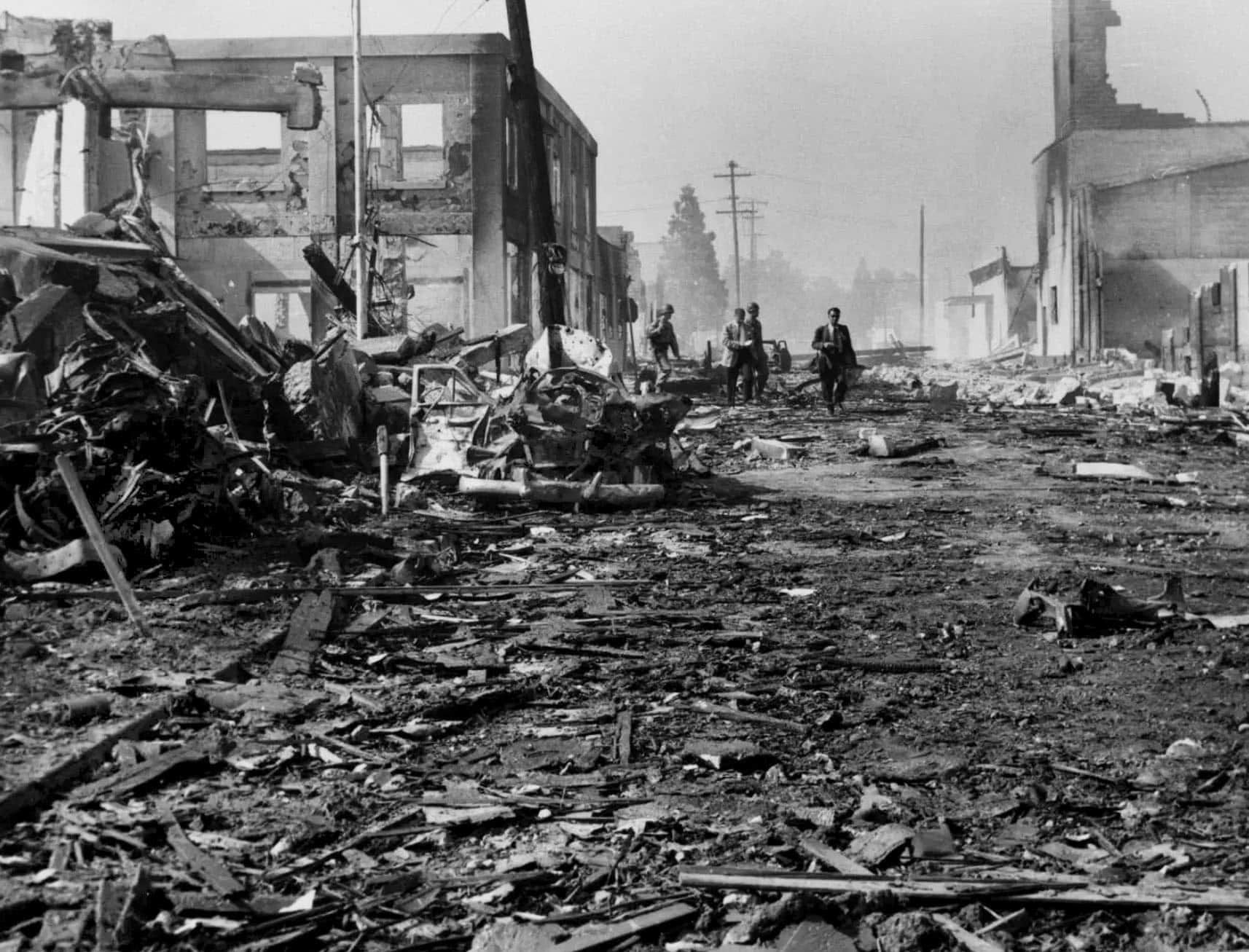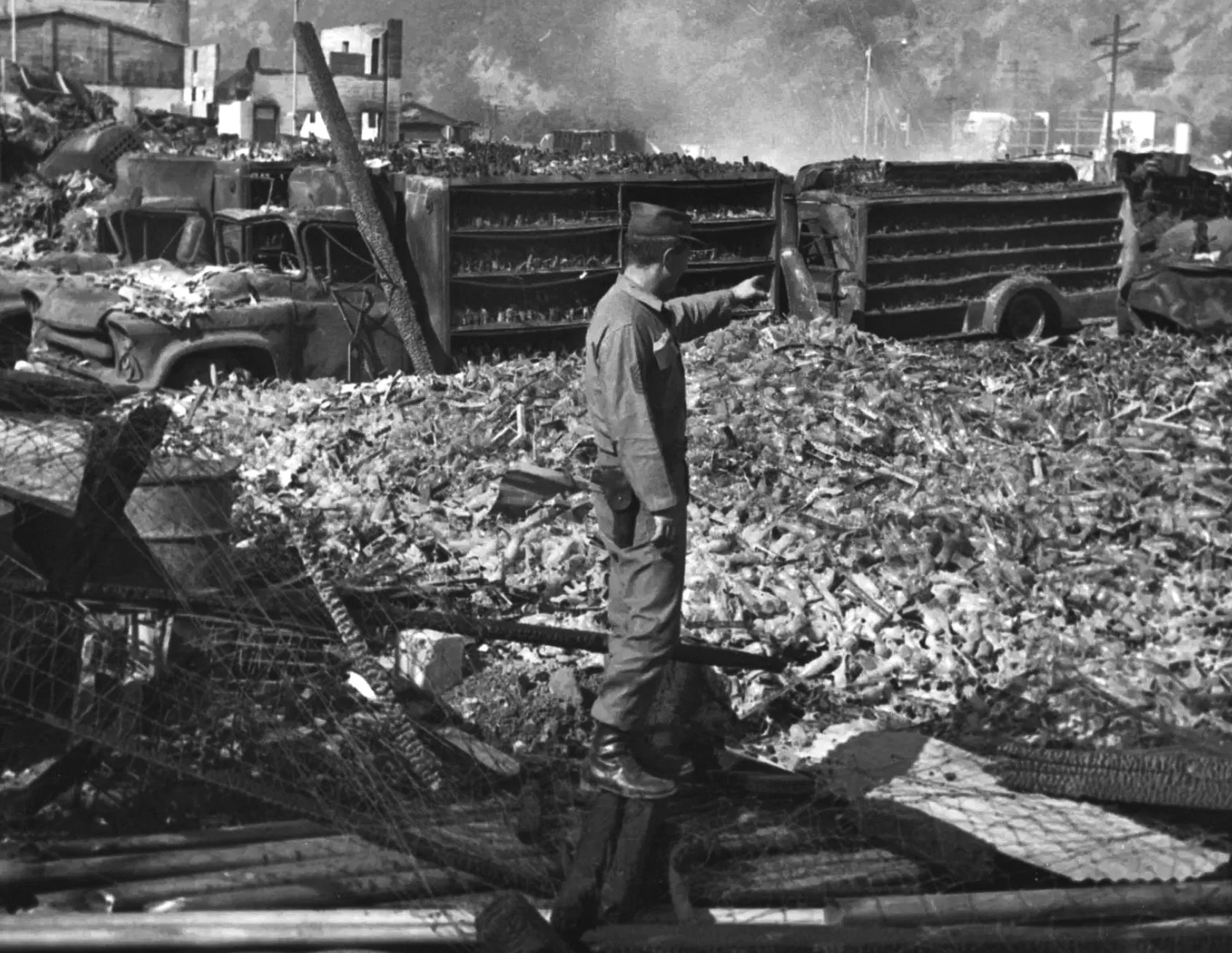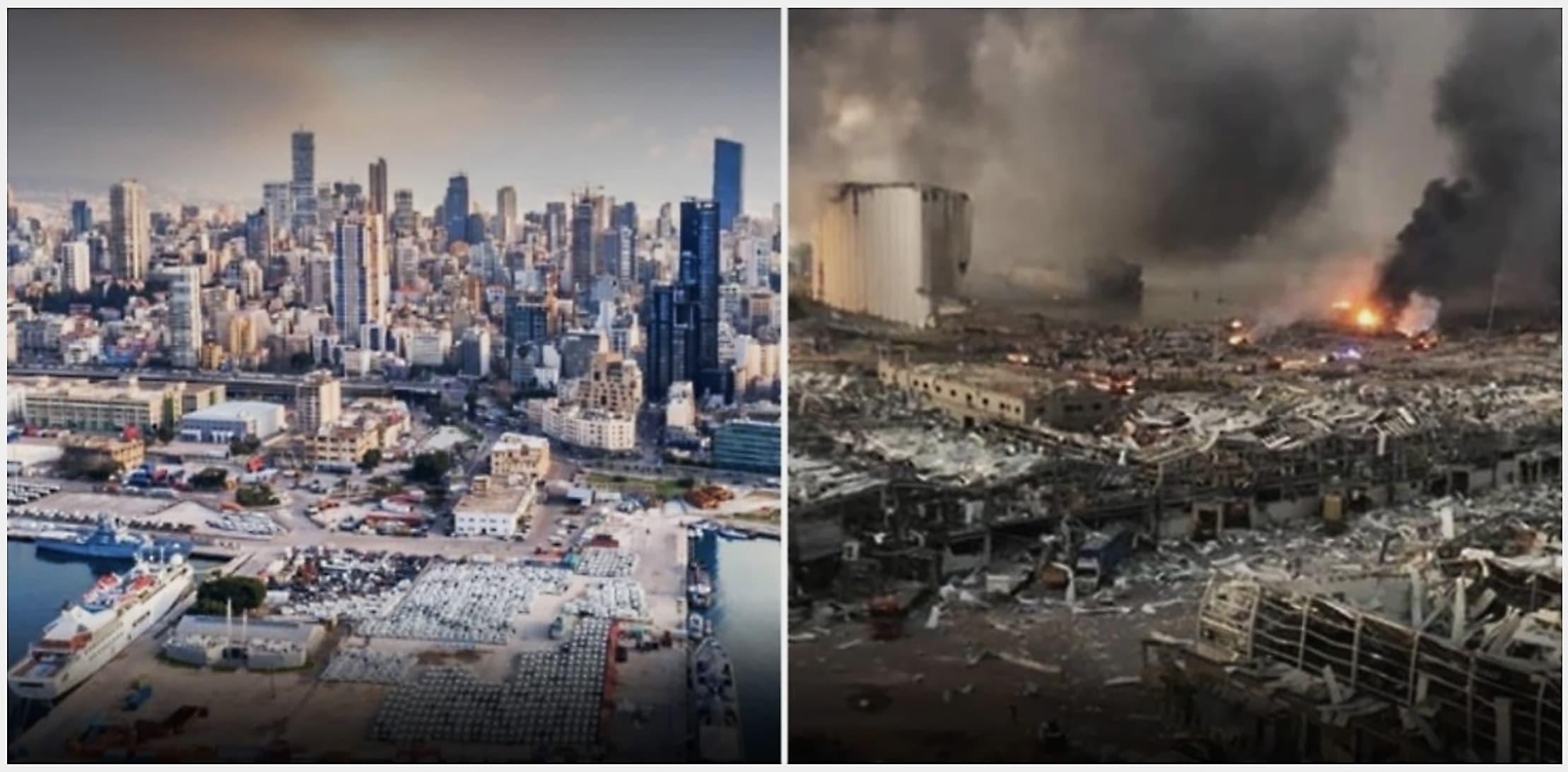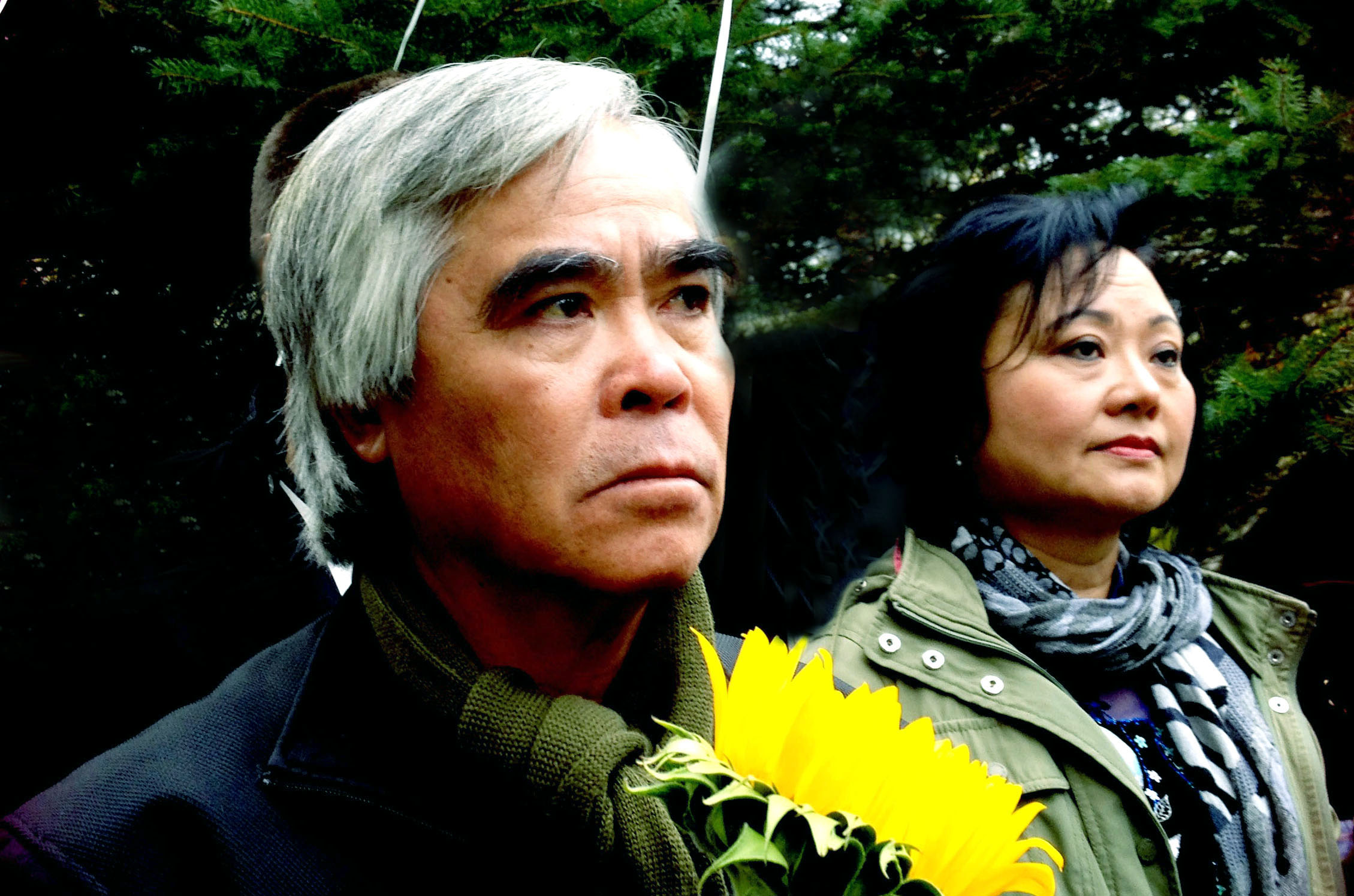
A pair of great ones. Nick Ut and Kim Phuc at Eddie Adams Workshop in 2012 during a ceremony honoring photographers who were killed in action in Vietnam. The World Press Photo organization has "suspended" Nick’s credit for his famous photo "Napalm Girl" of Kim running down the road. A vast majority of us have called BS on their shameful edict.
____________________________________________________________________________________________________________
“Following a nearly year-long investigation, the AP has concluded that there is not the definitive evidence required by AP’s standards to change the credit of the 53-year-old photograph (by Nick Ut).” . . . The Associated Press, May 6, 2025
“We have officially suspended the attribution of The Terror of War to Nick Út. This suspension will remain in place unless further evidence can clearly confirm or refute the original authorship.” . . . World Press Photo Foundation, May 16, 2025
Guilty until proven innocent. That’s the way the World Press Photo Foundation (WPP) rolls. By arrogantly “suspending” Nick Ut’s credit from his 1973, “The Terror of War,” also known as the “Napalm Girl” photograph, they are trying to exile Nick to photographic purgatory. The WPP can’t say for sure that he did or didn’t take it, but that’s not stopping them from playing Photo God by trying to destroy Nick’s good name with their twisted calculus. Even in football you need clear evidence to overrule a call on the field. That evidence isn’t there, particularly 50 years after the fact. And what right does the WPP have to “suspend” or take away the credit of a photo submitted to them for an award that is owned and published world-wide by the Associated Press? Zero, it’s a circus and they are the clowns.
Why did the World Press Foundation do this? One reason is their fealty to the film’s producing entity The VII Foundation and its ruler Gary Knight who produced and stars in “The Stringer.” The film is a fable based on the allegations of a disgruntled former AP photo editor in the Saigon bureau who had a big ax to grind and is jealous of Nick’s fame. The VII and World Press foundations are joined at the hip on this one. WPP Executive Director Joumana El Zein Khoury in announcing her punitive proclamation said, “. . . we conducted our assessment collegially, transparently . . . ” No they didn’t. Among things not mentioned is the fact that they have a very cozy relationship with Knight who has chaired some of their contests, and that they were shown the film ahead of others to lend it credibility and to promote the work.
In the WPP rush to judgement that started at the beginning of the year, Ms. Khoury sent Nick Ut a threatening email on January 14, 2025, in which she gave him a week to respond to allegations made by Knight that he didn’t take the “Napalm Girl” photo. She said, “We need to hear back from you before the 21st of January 2025. If we don't hear from you before then, we will then proceed with our decisions.” A week? Give me a break. We’re talking about something that happened in the fog of war over fifty years ago. A week!
Flash forward to the WPP announcement. They drank Knight's Kool-Aid right from the get-go. The WPP conducted an “investigation,” and came up with a perverted and bizarre decision, one that I suspect they had irrevocably made months earlier. It is also clear to me that Gary Knight and his collaborators had their narrative nailed down saying that Nick didn't take the photo and they were sticking with it no matter what. They clearly didn't put anything into their "documentary" that didn't serve that goal. Dave Burnett is one of those inconvenient witnesses. Fox Butterfield, then of the New York Times, is another who was out there on the road and thought Nick did what he said he did. When Fox was initially contacted by Knight’s wife who is a producer, he gave her his version and never heard back. It contradicted their conclusion. Arthur Lord of NBC who was also there, and now departed, said Nick was next to his cameraman on the scene. Gary Knight and his co-conspirator’s modus operandi might as well be, "I hate when facts get in the way of a good story."
AP’s lengthy and professional inquiry into the authorship of the photo keeps it with Nick Ut. To further confuse the issue, WPP interjected the possibility of another photographer into the tale who was on the road that day. They said he was also in position to make the shot. Are there any others out there that they might want to add to the mix? Not me, I was in Saigon. Maybe it was someone else like “the stringer”who never sold or published anything in his life other than the famous picture as he claims to have taken. Add to that, “The AP spoke to eight eyewitnesses who were on the road when the photo was shot and received a statement from a ninth, the Napalm Girl herself, Kim Phuc. Those interviewed include Ut, who spoke to the investigators for five hours straight, and a relative of Kim Phuc’s who was also running from the attack. Other than Nghe, none questioned Ut’s authorship of the photo, and that guy only after decades had passed. Nothing to see here.
In her statement WPP's Ms Khoury said, “The documentary takes a stand that Nguyễn Thành Nghệ is the author. Associated Press has concluded that since there is no definitive proof that Nick Út did not take the image, the attribution of authorship to him should stand. At World Press Photo, however, we took a different path. Guided by our judging procedures we conclude that the level of doubt is too significant to maintain the existing attribution. At the same time, lacking conclusive evidence pointing definitively to another photographer, we cannot reassign authorship either.” What a shameful cop out.
Couple that with what the VII Gaslighting Foundation puts out there, “The film doesn’t lay blame on Mr. Ut; it examines the role of Western Media outlets and the unequal relationships to ‘local’ staff and stringers during that period.” That colonial allegation is totally disingenuous. In other words he’s not to blame but has been flat-out lying for 50 years. Nick’s Saigon photo boss Horst Faas who allegedly gave credit to him for someone else’s picture, the darkroom guy who developed the film, and the AP Saigon bureau chief Richard Pyle aren’t around to defend him because they’re all, conveniently for Knight and unfortunately for Nick, dead. So let’s just blame it on the Western Media, that cabal of white guys who mistreated the ‘locals.” What BS. I was bureau chief for United Press International Pictures in Saigon for more than a year and at the time Nick took his famous photo. Our stringers came from everywhere, France, Japan, Germany, America, Australia, England, and of course Vietnam. They were all paid and treated the same. The producers are trying to slither away from the fact that this a direct hit on Nick Ut. Why not just admit it instead of trying to assume some racist explanation? Ironically, it’s a pair of white guys, Gary Knight and Carl Robinson, who are the ones slamming the youngest and only Vietnamese photographer to ever win the Pulitzer Prize.
One of the sleaziest elements of this affair is the behavior of Mr. Truth Seeker himself, Gary Knight, the perpetrator and leading man in “The Stringer” saga. He along with Nick Ut and James Nachtwey participated in a photo workshop in Hanoi together in March of 2023 even as Knight was secretly plotting the documentary that could conceivably destroy Nick’s reputation. He said nothing to him about his subversion and later tried to get Nick to do an interview that he wisely declined. Can’t get more cynical or cold-blooded than that.
In keeping with the malevolent nature of the WPP decision to suspend Nick Ut’s credit from the photo he took, I am hereby suspending any mention of the two first place prizes I won in their contest in 1975 for my work in Cambodia. I will remove any indication of the awards from my bio and will only restore those citations when WPP admits they overreached and apologize to Nick for their malfeasance. Compared to what has happened to Nick Ut it is a small gesture, but I stand with him now and forever.
To conclude, here are AP’s own words summing up Nick Ut’s photo credit:
“No one investigating the creation of a photograph more than a half century later can have any true certainty about what happened. To overrule a photo credit given at the time would require clear evidence the decision made by those at the scene was incorrect. Such certainty is simply not possible to have here.”
Amen.
____________________________________________________________________________________________________________

World Press Photo "suspended" Nick Ut's photo credit for his Pulitzer Prize winning “Napalm Girl.” Here’s Nick with Gary Knight (L) in Hanoi, March 21, 2023 and James Nachtwey. Knight at that very moment was secretly working on a documentary alleging that Nick Ut didn't take his famous photo. The three spent a week together teaching a workshop, and Knight didn't disclose his subterfuge to Nick.
